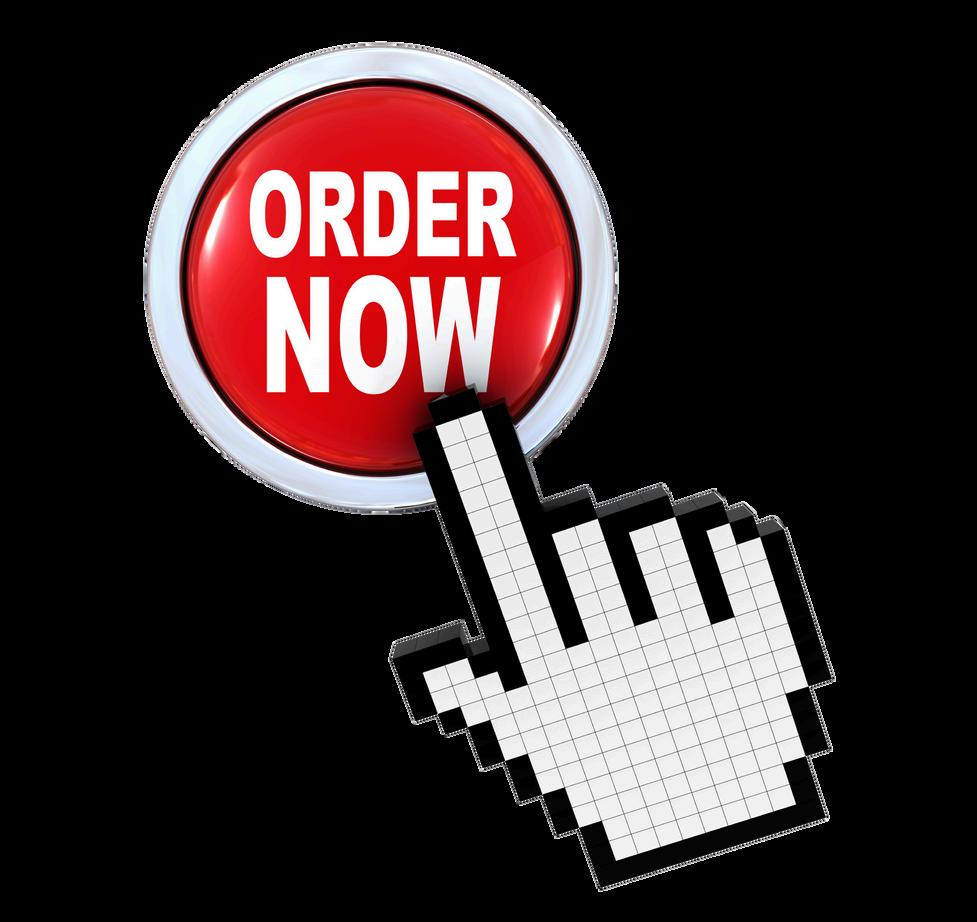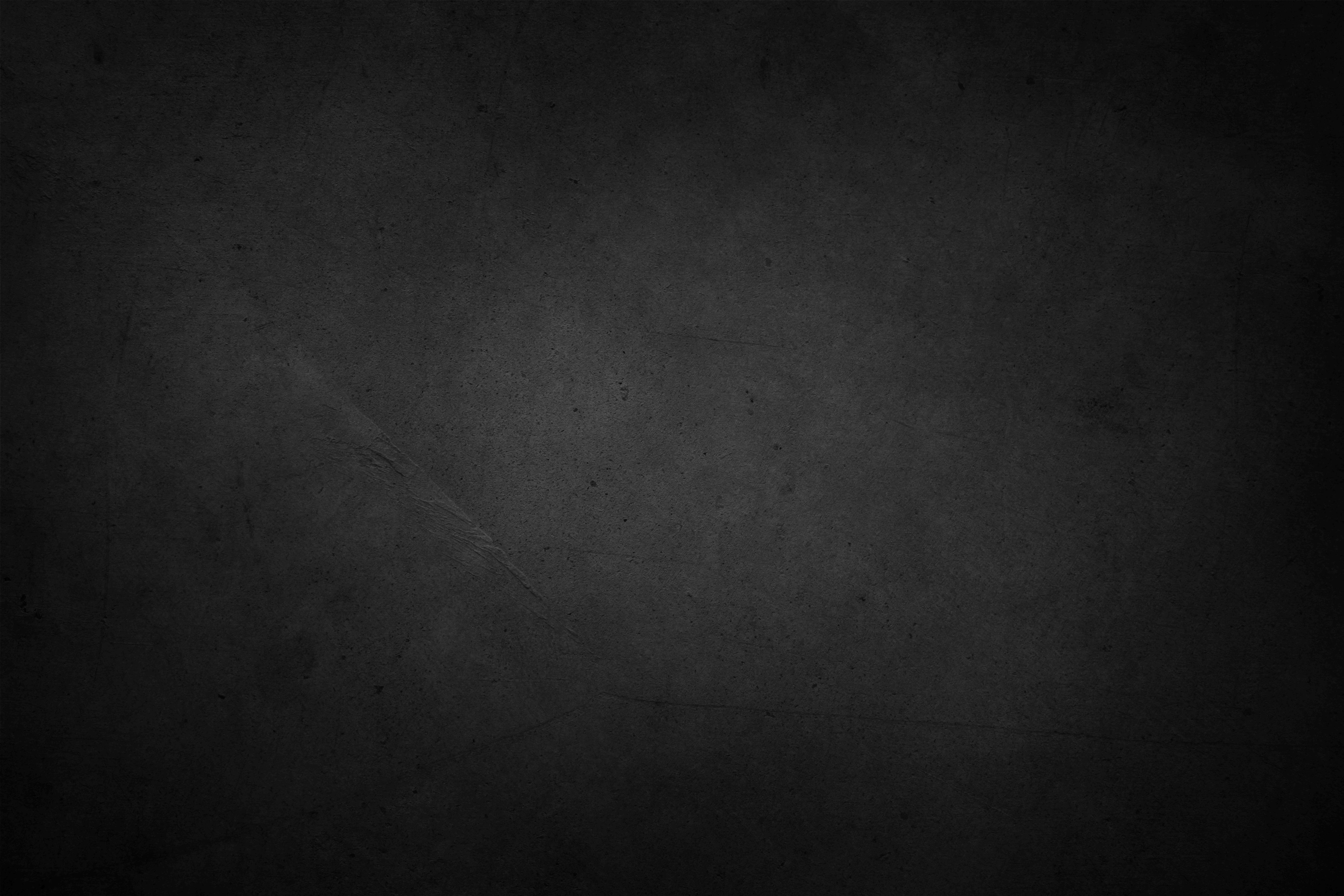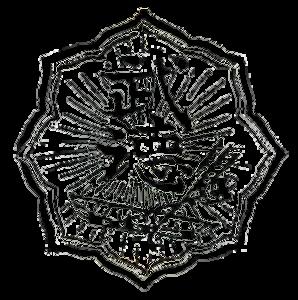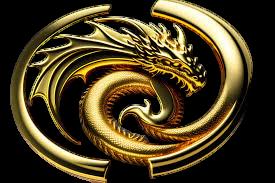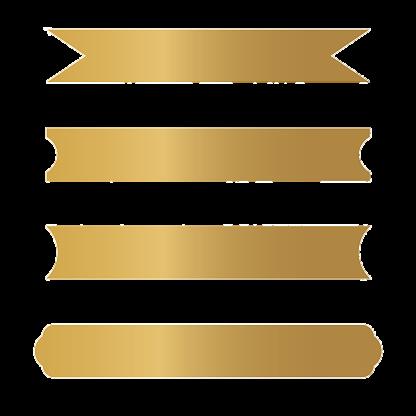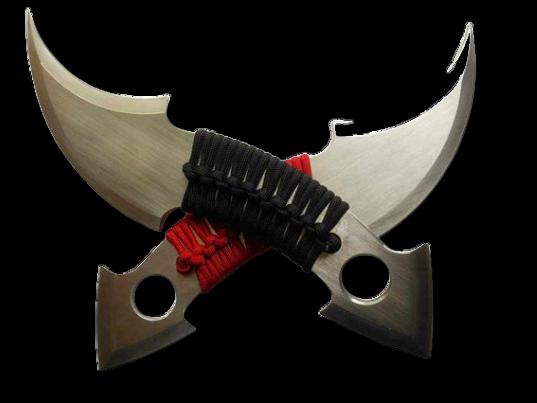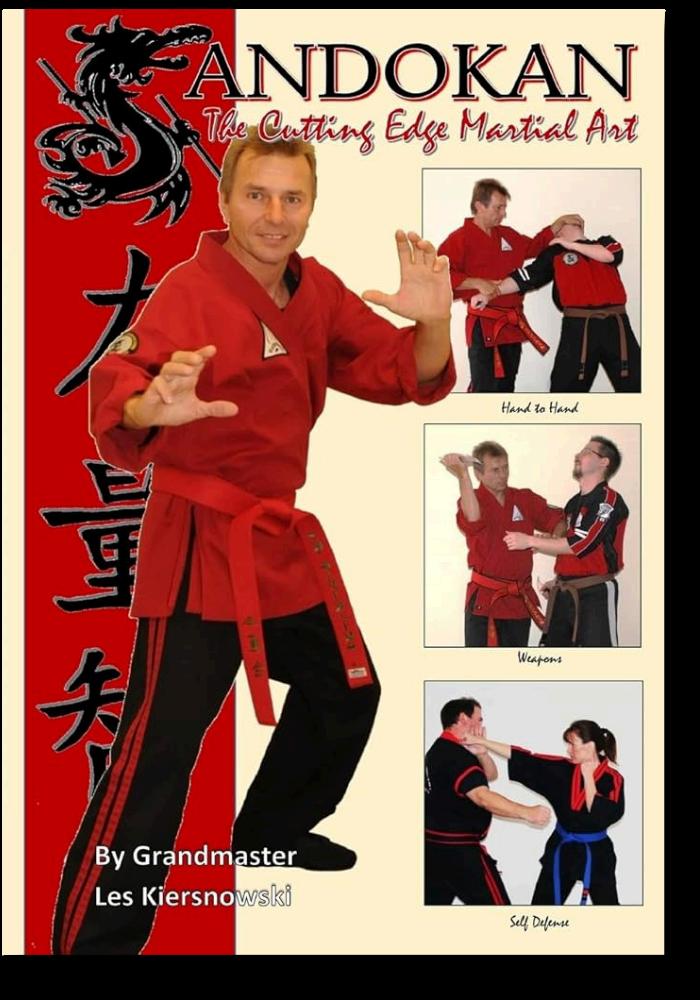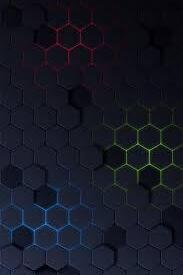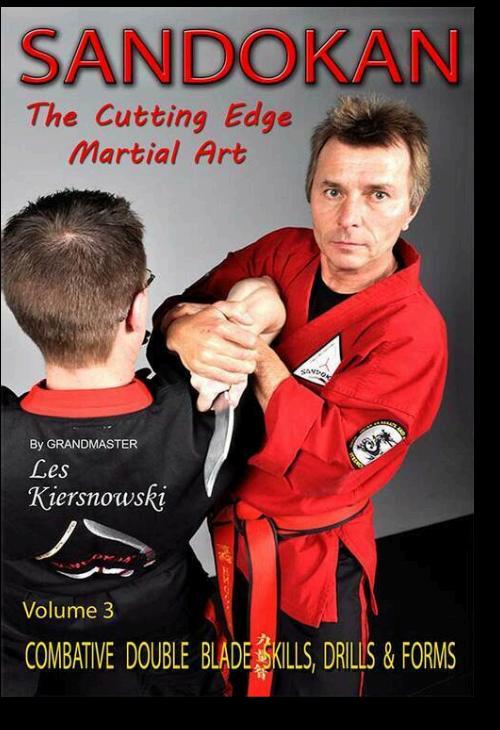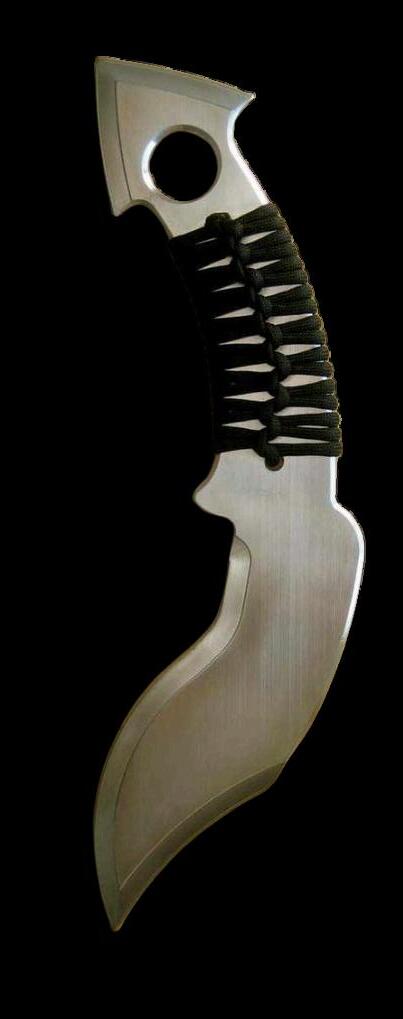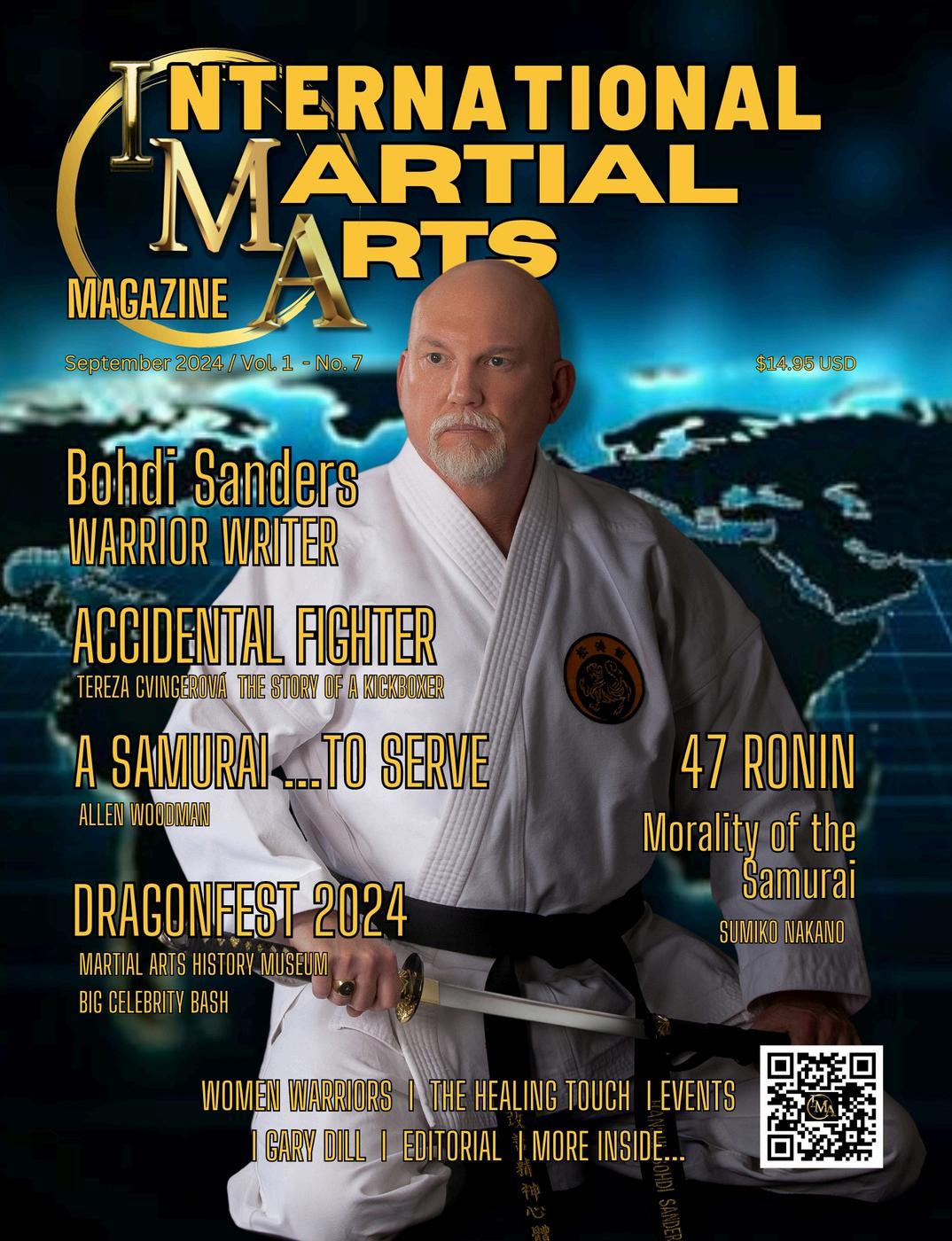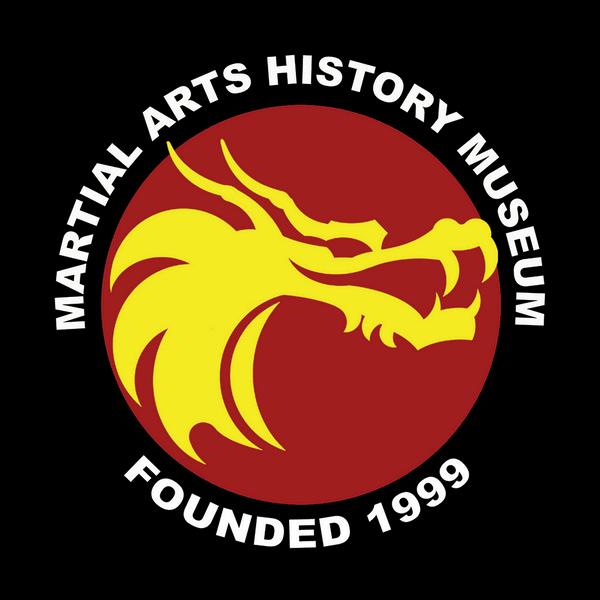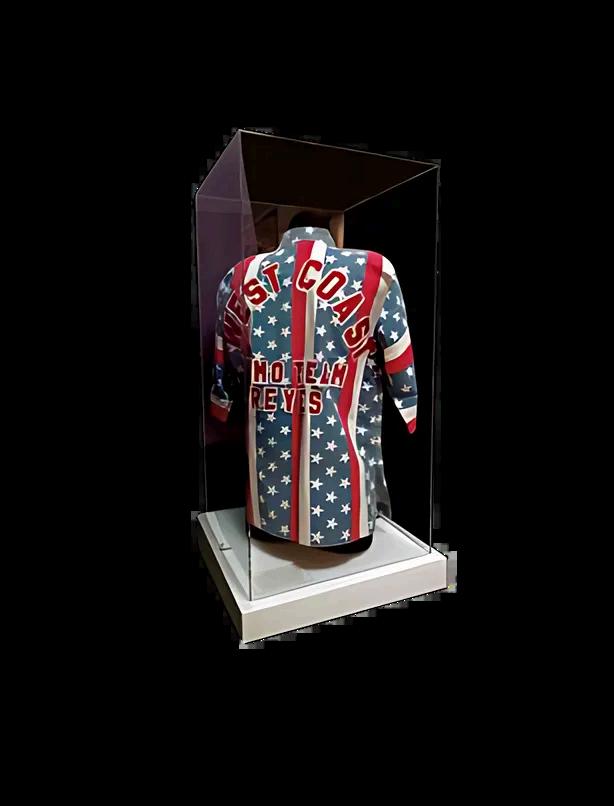



Excutive
Contributors
Joseph
Frank
Bohdi
Gary
Shuny
Sumiko
Allen
Mario
Austin
SocialMediaCoordinator Alphonso









Excutive
Contributors
Joseph
Frank
Bohdi
Gary
Shuny
Sumiko
Allen
Mario
Austin
SocialMediaCoordinator Alphonso




On the cover of this month’s issue of INTERNATIONAL
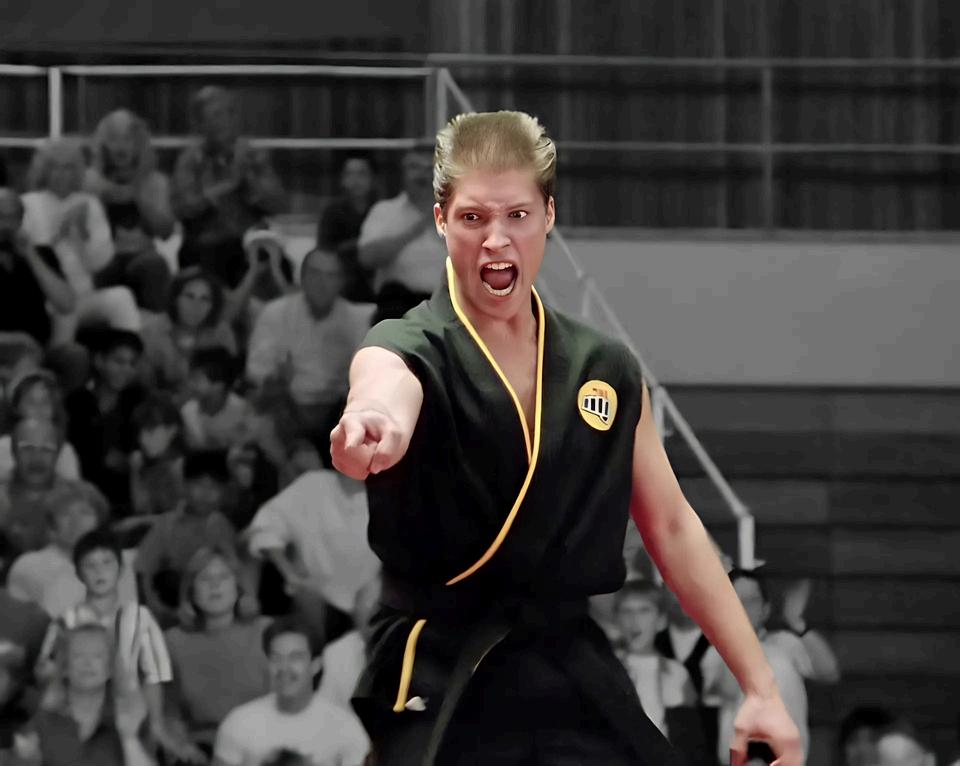
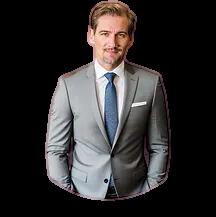
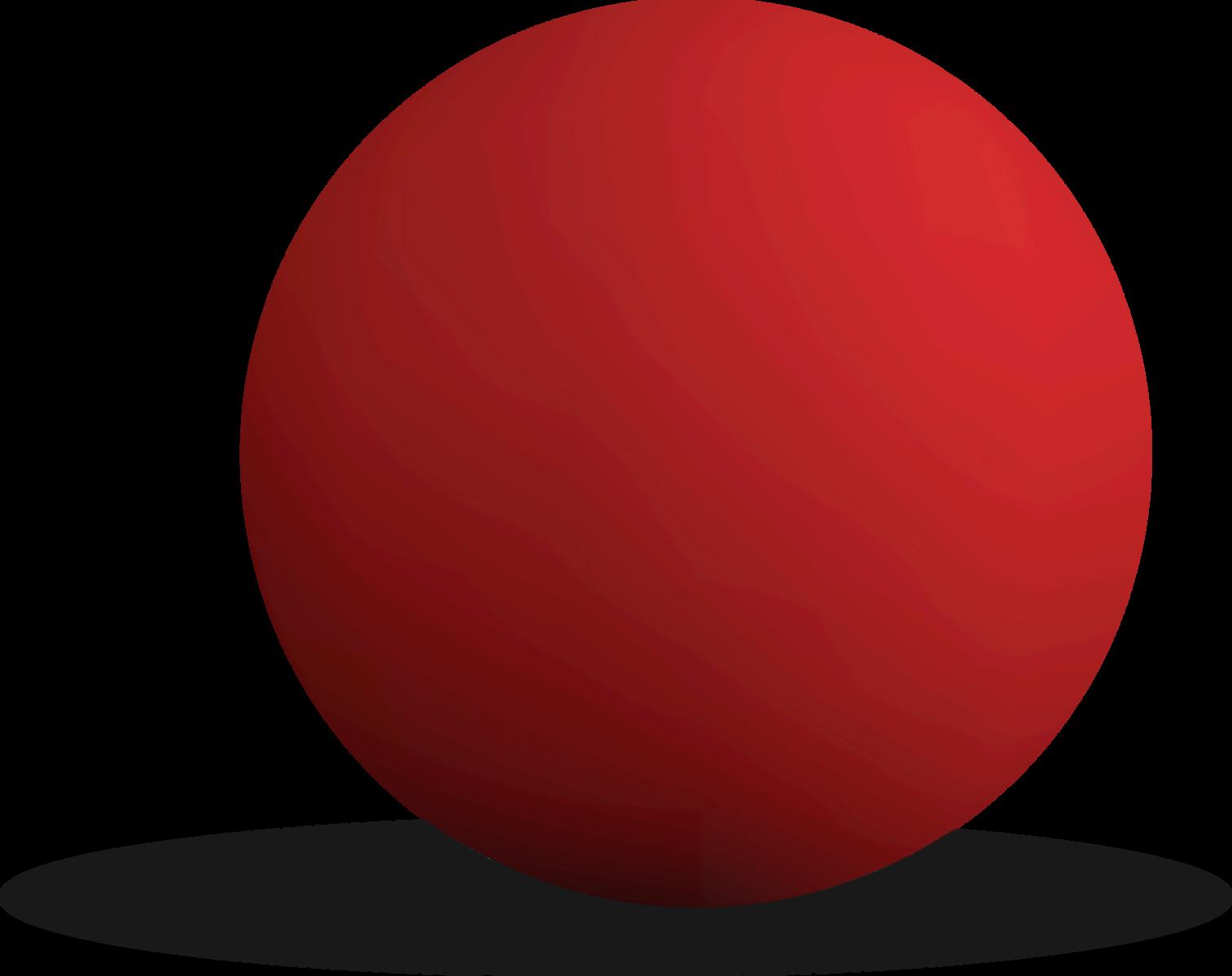




ARTS EAST Publications is the sole owner/manager of International Martial Arts Magazine 2024
In the professional capacity of INTERNATIONAL MARTIAL ARTS MAGAZINE (hereinafter referred to as "IMAM"), it is hereby clarified that the copyrights and provisions concerning publisher indemnification pertinent to the articles published within IMAM are extensively governed by the following declarations:
IMAM expressly disclaims any responsibility or liability for the content of columns or articles authored by independent columnists, including, but not limited to, the techniques and methodologies delineated therein. The publication of any article within IMAM does not constitute an endorsement of its content.
All articles submitted and subsequently published in IMAM are done so with the full and discernible rights attributed to the respective author(s), under the principle that authorship confers exclusive copyright to the creator, unless explicitly stated otherwise in a contractual arrangement.
The engagement, practice, or training of any techniques, exercises, or movements demonstrated or advised within the scope of IMAM's published content is to be undertaken at the individual's discretion and risk. IMAM, inclusive of its publishers, editors, and contributors, assumes no liability for any injuries, damages, or other physical or psychological harm that may result from such endeavours.
Readers are advised to approach the replication of any demonstrated techniques with caution and to consult with professional instructors or healthcare providers before embarking on any physical training or martial arts program highlighted within IMAM's publications. This statement is intended to provide clarity on the legal and professional stance of IMAM regarding copyright, content liability, and the assumption of risk by its readership. IMAM remains dedicated to the dissemination of martial arts knowledge and culture, within the bounds of these defined terms.


For artcles, columns or features please feel free tosubmit any written works directly to Artseastpublish@g mail.com All submissions are accepted by not gauranteed publication with INTERNATIONAL MARTIAL ARTS MAGAZINE. We strive for a true international input in to our magazine and encourage all levels of practitioners to submit on any relevant interest, martial arts, self- defense related material. Please include authors full name and brief biography along with return email for contact. If you care to advertise with IMAM please ocntact our adverising department directly Artseastpublish@g mail.com
editor@imamag.org submissions@imamag.org advertising@imamag.org info@imamag.org events@imamag.org marketing@imamag.org press@imamag.org support@imamag.org subscriptions@imamag.org
“Perceivethatwhichcannotbeseenbytheeye”MiyamotoMusashi “Perceivethatwhichcannotbeseenbytheeye”MiyamotoMusashi
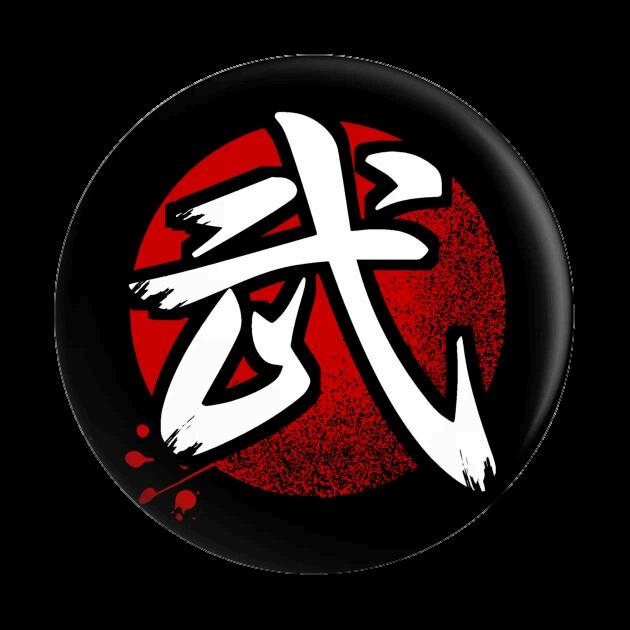
Thisnewhomestudycourseshowsyouhowto.... Thisnewhomestudycourseshowsyouhowto....


Evaporate fear and anxiety!
Develop laser-sharp focus and clarity

Increase your energy and vitality

Become stronger with less effort


Multiply your Training and Workout Results
Be at peace in any situation


Preparing the Mind for Battle
Intuit the right choices

Read the intentions of others

De-code life problems and pull solutions from the “unseen” realms into the physical realm.
Legendary Martial Artist, Author and Peak Performance Coach Scott Bolan has created the ultimate guided Meditations for Warriors
This information is simply a “must-have” for your knowledge arsenal and is the other side of your Martial Arts training that’s been missing up until now. The first 50 people to order get 2 FREE Bonuses: the “Ninja Power Secrets” (Kuji-In 9 Hand Seals) DVD, and “The Wisdom Manual” so order right now at www.warriormeditation.com

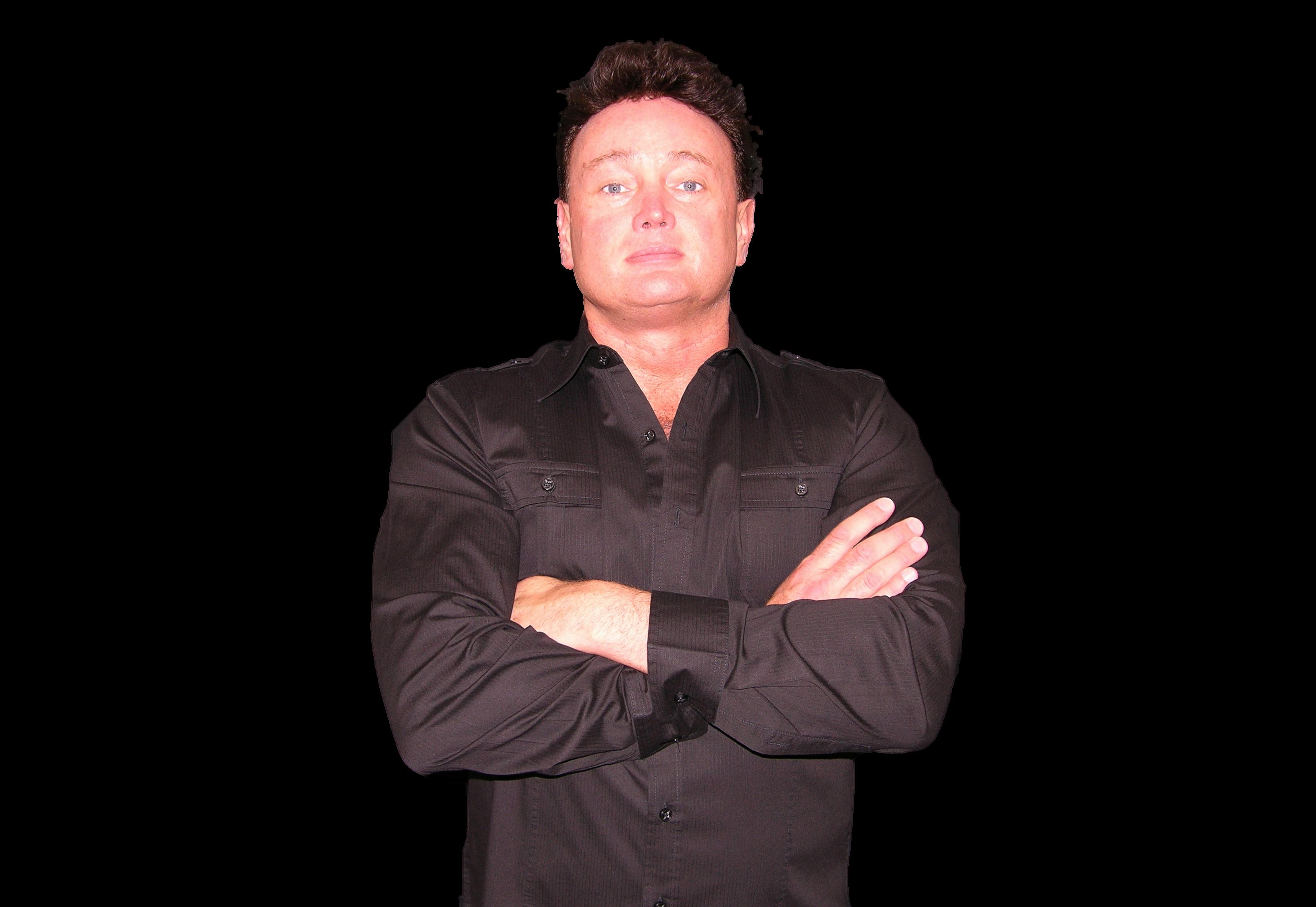
From Sun Tzu and Miyamoto Musashi to Bruce Lee and top MMA coaches, all have emphasized the importance of a strong mind, spirit and inner resolve Meditation is one of the most powerful and easy-to-use tools for accessing your inner warrior and strengthening your mind, body and spirit. And unknown to all but an elite few, it is also an elite tactical skill for mastering your -self, others, and your enviroment
Almost every Great Warrior Society in history - from the ancient warriormystics, Ninja, and Samurai, to modernday warriors - have used meditation to get powerful results in the battlefield. Yet in modern times it has been highly misunderstood and “systemized” the same way many martial arts have been, causing many practitioners to end up (as Bruce Lee put it) “dry land swimming” and in “organized despair”
Peak performance coach Scott Bolan has brought back the most authentic and powerful meditation for martial artists that is easy to understand and use for powerful results. Warrior Meditation is your own Personal Achievement Sanctuary Scott Bolan’s definition of a Warrior is “one who fights for their own self-mastery”. He defines “fight” as “harnessing and directing energy.” Since everything is made of energy, just by under standing this powerful concept you can move at a higher level than those with twice your skill and speed.
Do not neglect this important part of your training Without it, your training is not complete and will not achieve it’s full potential With Warrior Meditation, you’ll discover how to Turn Fear into Power and Weakness into Strength while having a lasting peace-of-mind The Warrior Meditation DVD and CD is only 47.00 and will be a great addition to your skills arsenal
This information is simply a “musthave” for your knowledge arsenal and is the other side of your Martial Arts training that’s been missing up until now The first 50 people to order get 2 FREE Bonuses: the “Ninja Power Secrets” (Kuji-In 9 Hand Seals) DVD, and “The Wisdom Manual” so order right now at www.warriormeditation.com
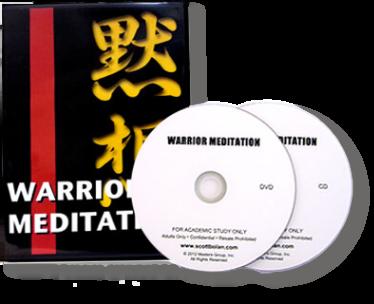

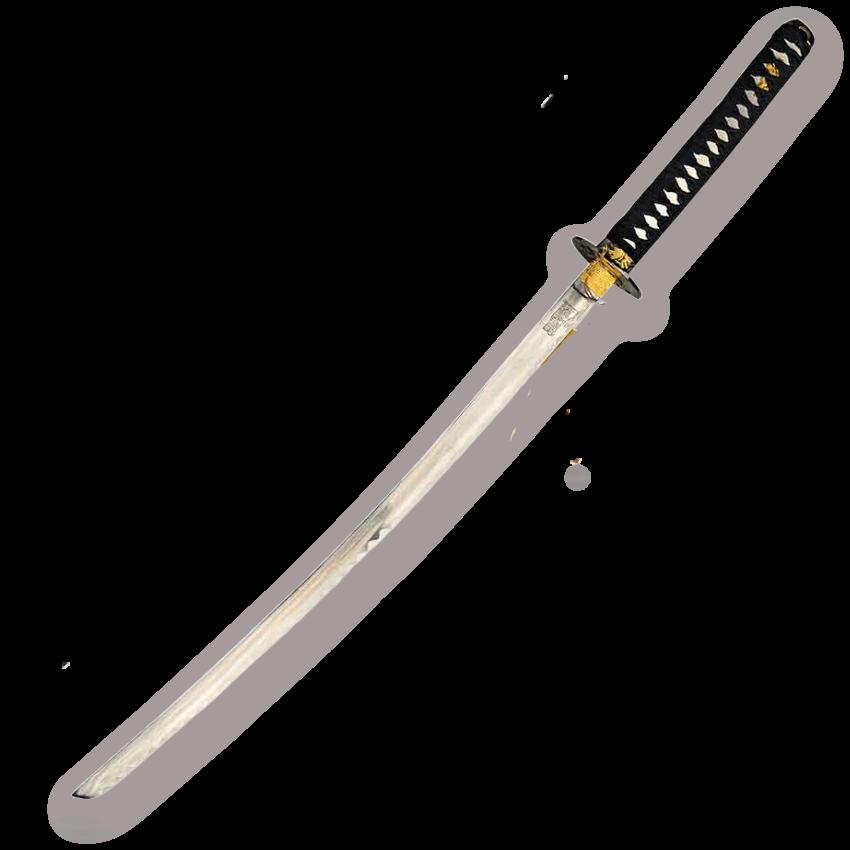
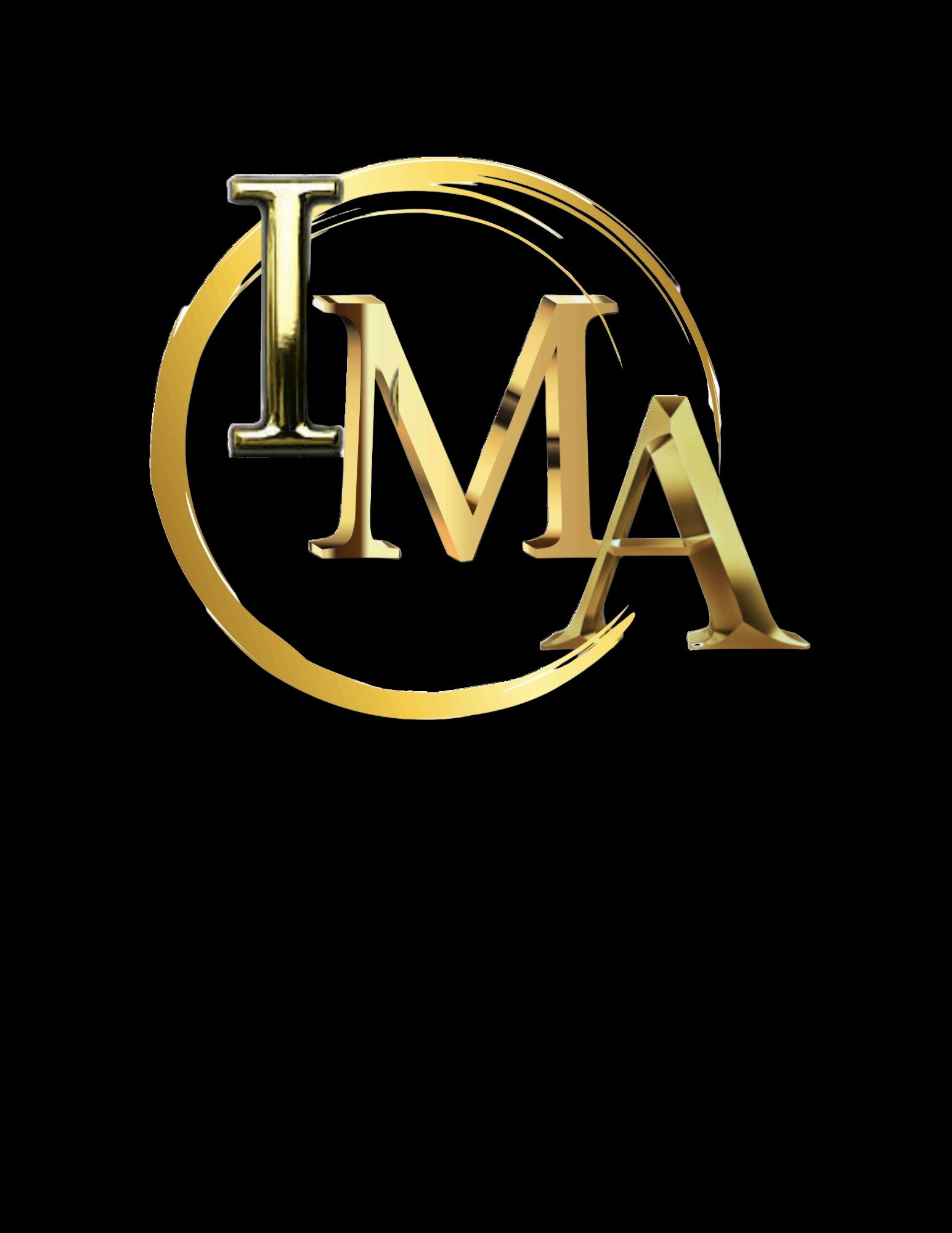
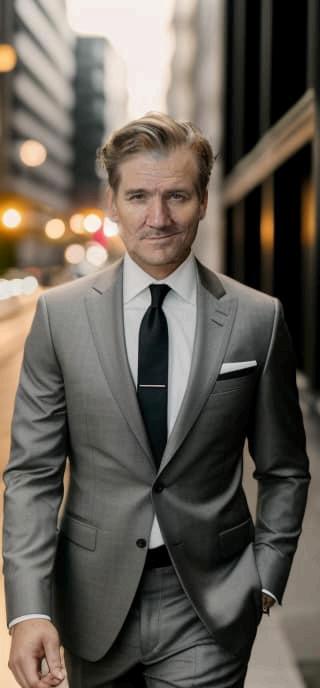
Hello and welcome to INTERNATIONAL MARTIAL ARTS MAGAZINE!
We are thrilled that you have joined us for yet another issue of our exciting publication
IMA Magazine has reached a new high point with over 100,000 views from around the world. Although we are a new publication in the martial arts scene, our team is no stranger to the industry.
With over 50 years of hands-on experience, our editor and publisher, Allen Woodman, is an avid historian and martial arts practitioner. Inducted into more than 20 different Hall of Fames and honored by the Martial Arts History Museum in Glendale, California, his legacy includes the past publication of Sidekick Martial Arts Magazine in the 1990s.
Jim Arvanitas demonstrating Pankration techniques.
Allen is also noted as a pioneer of martial arts tournaments and the first-ever martial arts conventions, aptly named Master in Action events which ran consecutively from 1994-1997
Also known as an international level competitor winning State, National and International competitions. Having won the IMAC International Tournament several years in a row.
With that said, we hope to bring you the best of the best in martial arts every month from leaders, instructors, students, and followers of martial arts from around the globe.
IMA Magazine already boasts a stellar lineup of contributors. The martial arts ICON Frank Dux is known for his often controversial articles that delve into the true essence of martial arts and its industry. Philosopher Bohdi Sanders and award-winning writer Sumiko Nakano offer captivating articles on Women Warriors and traditional Japanese arts

Soke Joe Miller’s monthly column on the healing arts consistently captures the interest of true martial artists, and Professor Gary Dill provides his personal take on JKD, its in-depth history, and insightful stories. As well as our recent acquisition of Mario Prado, an awardwinning photographer and the noted photographer of Black Belt magazine at its prime.
This month's issue is one of our best yet, featuring actor and martial artist Sean Kanan the "Bad Boy" of the Karate Kid franchise and a constant in the hit Cobra Kai series, now in its final season.
We are also excited to welcome a true martial arts pioneer, Jim Arvanitis, with his study on Pankration, a precursor to the popular MMA.
We are starting off with a multi part series of the history of Pankration, a precursor to modern day MMA and gladiatorial fighting.
As we look forward to the year's end, we can only show our appreciation and gratitude to all our readers in over 20 countries around the globe.
With all this and more, we hope that you are enjoying the magazine as well as finding out the history and rich cultural aspects of various martial arts As well as those that practice and teach these arts. In our eyes all are welcome.
As we soon embark on our second year, we are proud to announce even more exciting news on the horizon as we discover new martial arts styles, systems, teachers, students, and masters.
Pease checkout our website and past issues FREE through our website IMAMAG ORG
Feel free to click on any issue in the menu. All of our digital versions are up and ready to read. There is never a sign up or fee. Just enjoy. Remember our motto is that our magazine is “For the community, By the community.” Meaning that we can’t do this without you.
Each month, we strive to make every issue interesting and exciting for readers of all levels. Once again, we thank you for your valued support as we keep on kicking!
PIONEER Jim Arvanitis and his Pankration legacy


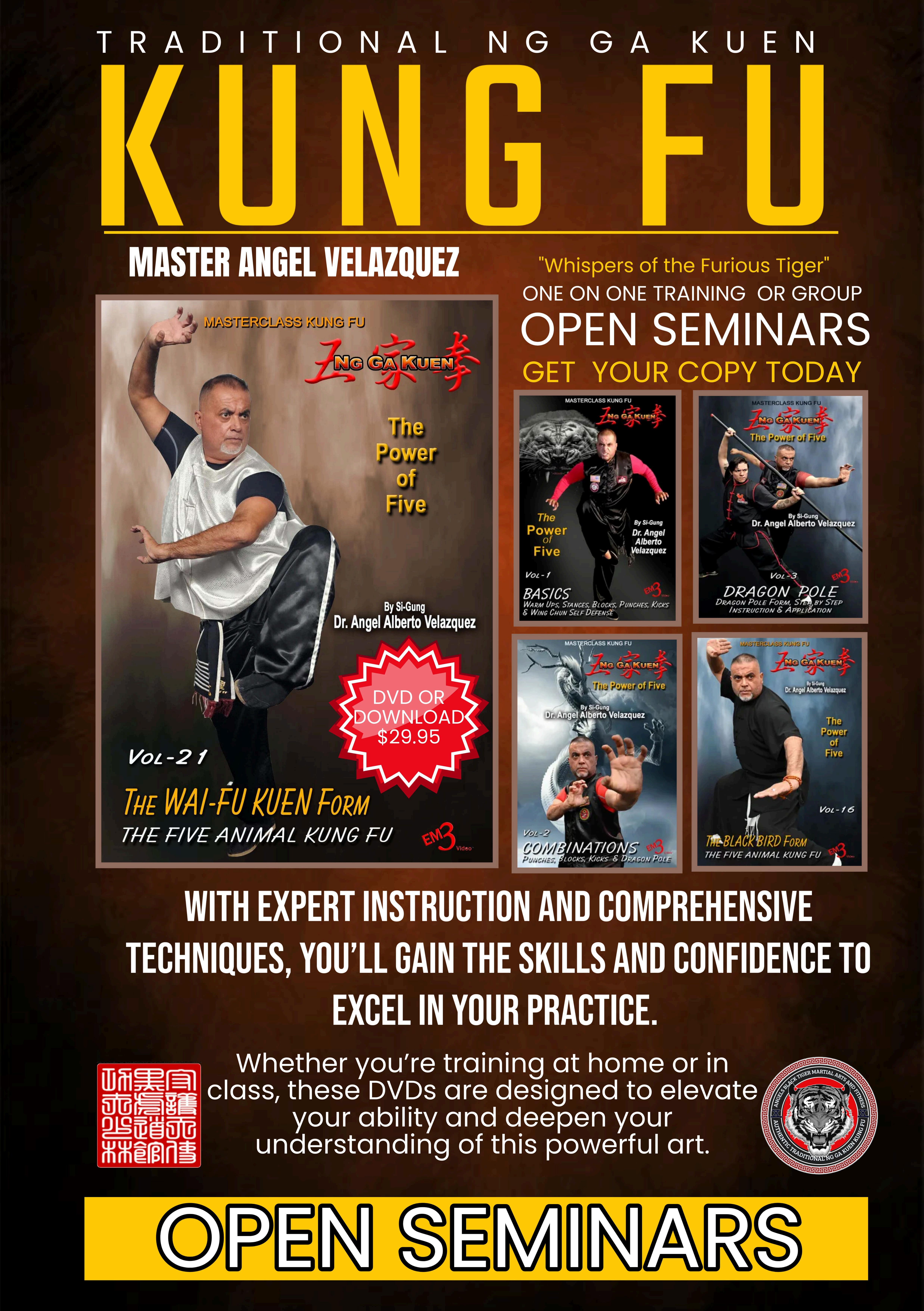
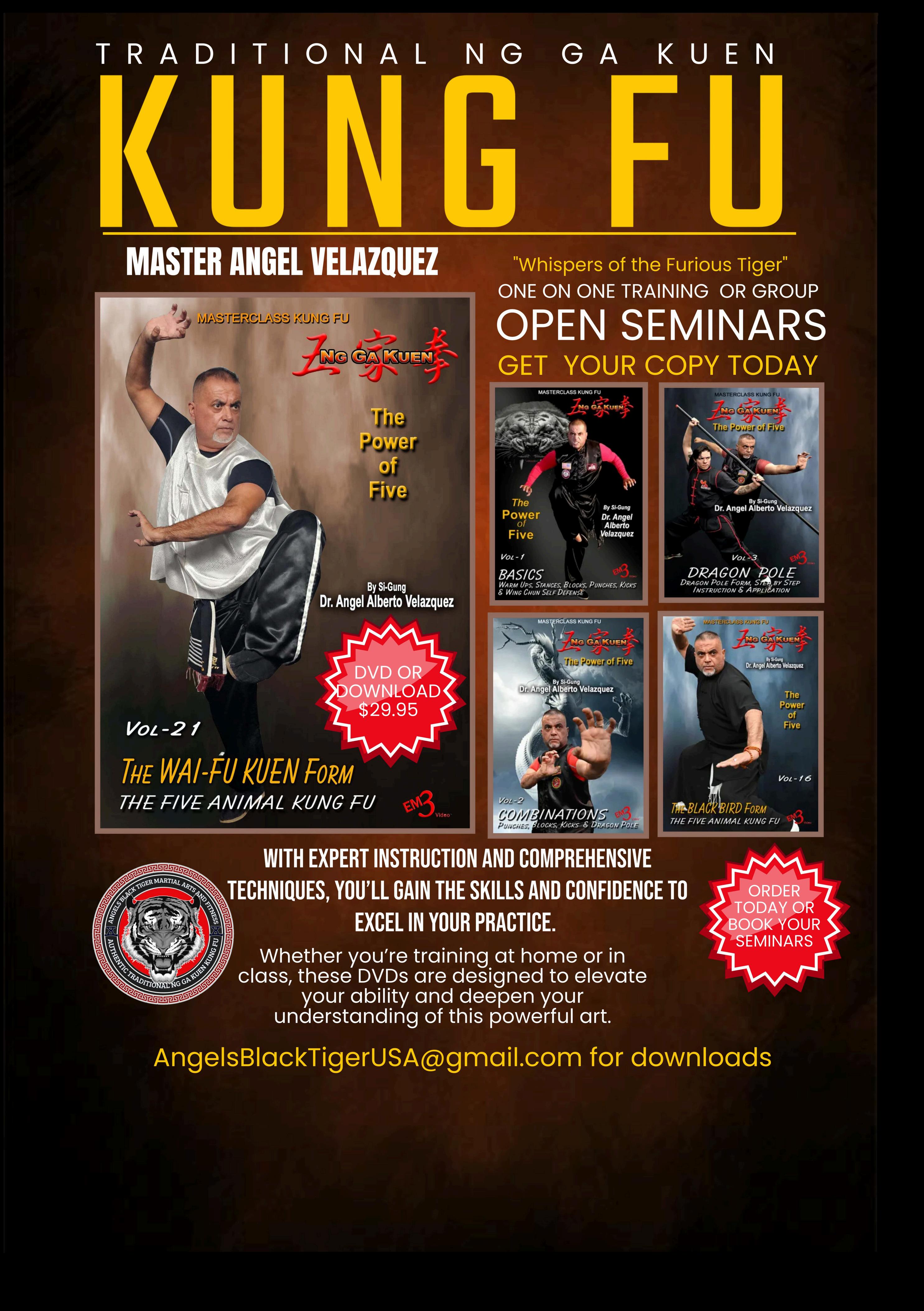


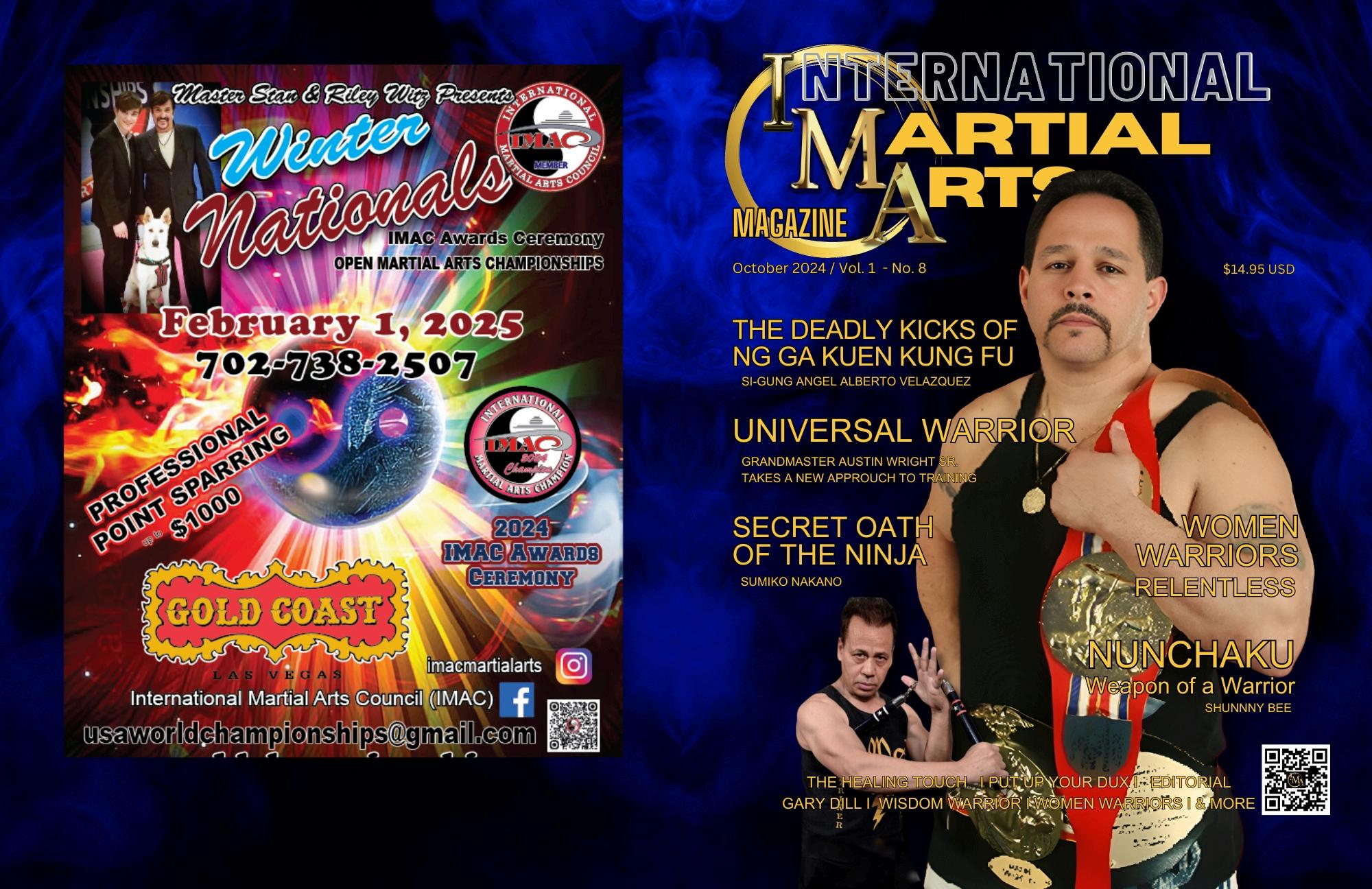




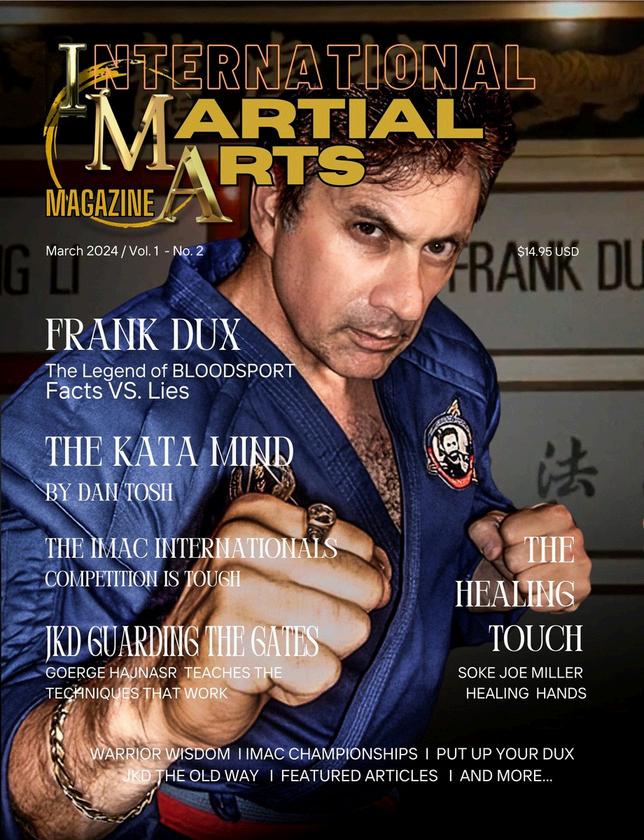
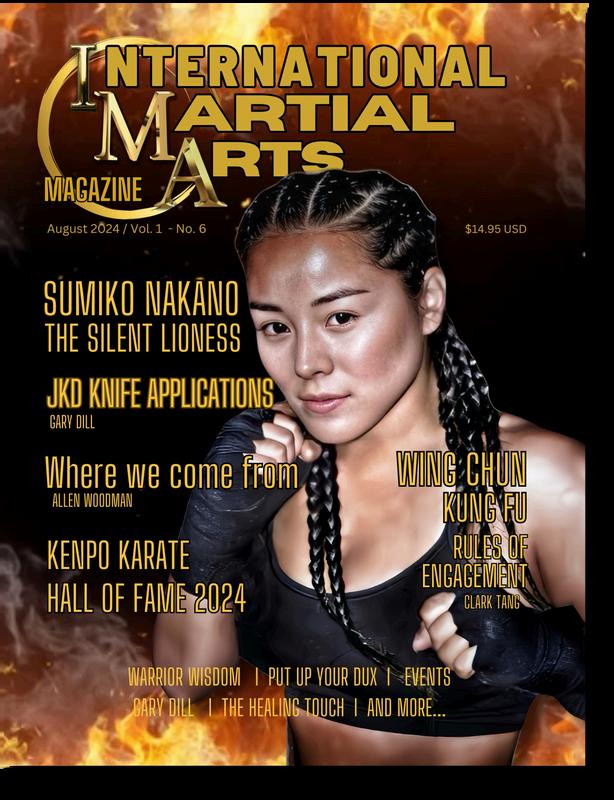

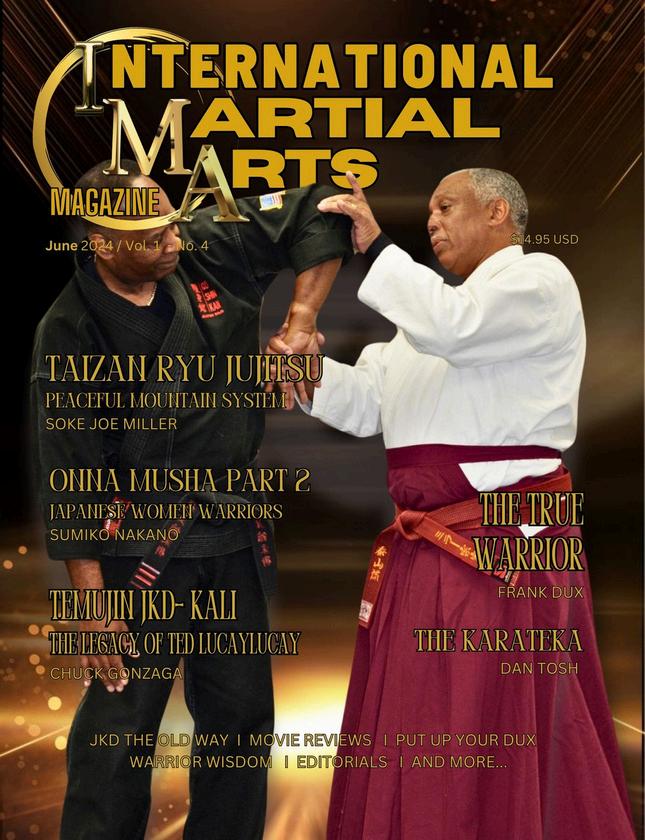



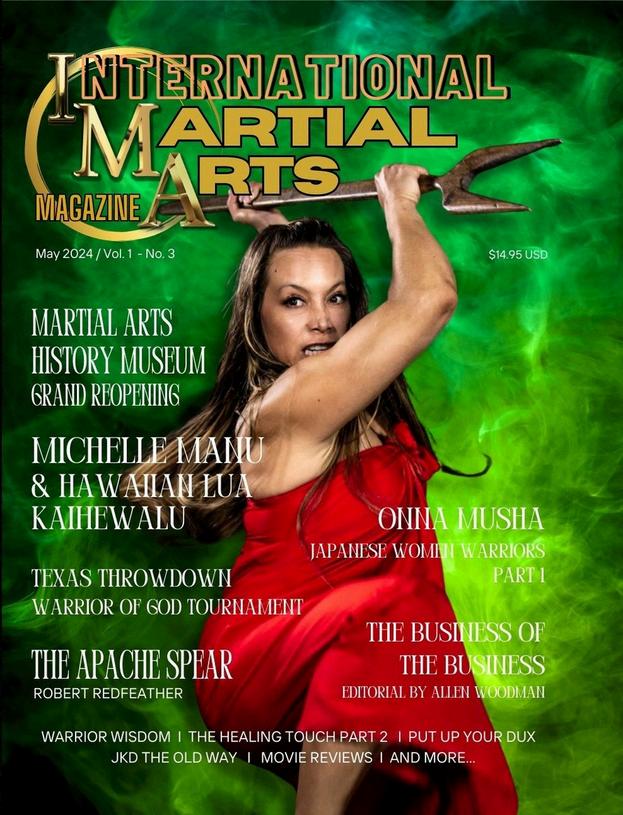

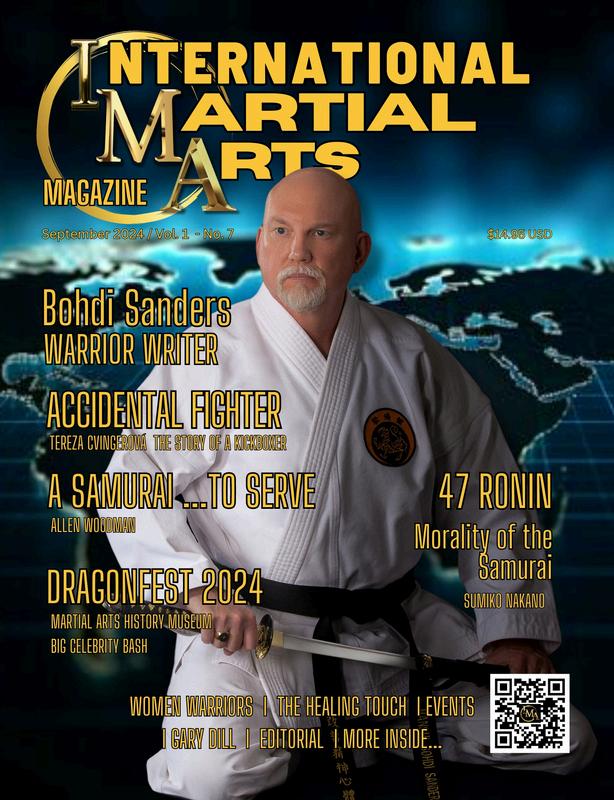



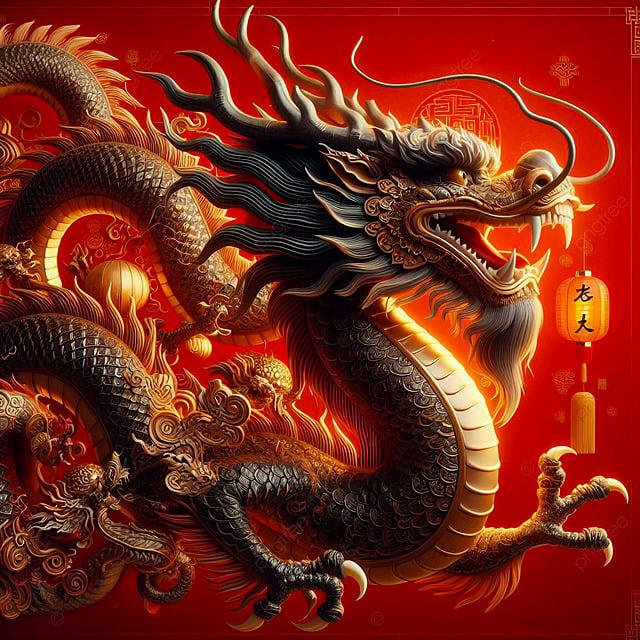
By Bohdi Sanders PhD.
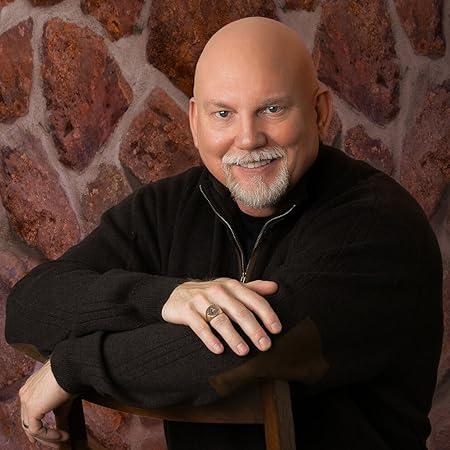
We often hear the terms “honor” and “respect” used together. While the dictionary considers honor and respect to be synonymous, for our purposes here, we will use the following definitions.
Honor is a quality of a person that manifests itself as a code of conduct and an adherence to what is right. Respect is a feeling of deep admiration for someone elicited by their abilities, qualities, or achievements.
Generally, if you have honor, live your life by a code of honor, and adhere to what is right, you will be respected by other men of honor, as well as most everyone who knows you.
To quote Rob Roy, “Honor is a man's gift to himself ” Your respect is earned through your character, honor, integrity, and courage
There are some things that are in your control, and some things that aren’t. Whether or not you live your life with honor is totally in your control. You must give honor to yourself and then live your life by your code of honor. Also, no one can take honor from you, just as no one can give you honor. But, while no one can take your honor, it can be lost depending on how you conduct yourself.
On the other hand, respect comes from other people. And, while you must earn the respect that others have for you, respect can also be lost for a multitude of reasons.

The respect of others is something that is not totally under your control; it is an opinion that others hold of you. You have no control over what others think, say, or do, and this includes their opinions, or respect for you.
While you do have control over being worthy of respect, you don’t have control over whether or not someone actually respects you. If you live a life of character, honor, integrity, and courage, you are worthy of the respect of others, but you can’t force anyone to respect you. What is most important is that you control the things that you can control living with honor and deserving the respect of those around you.
Think about it. If you walk away from some drunk bully, onlookers may think you are scared, or that you are a coward, and lose respect for you. It doesn’t matter if you could easily take the bully apart; others only see your actions, not your intentions. Although you did the honorable thing by walking away instead of allowing your ego to cause you to fight, you will probably lose the respect of some of the people who witnessed you walking away.
This brings us to the question of what is more important, honor or respect? Of course, the answer is honor You control whether or not you are honorable, but not whether someone else respects you. What is important is that you conduct yourself with honor.
“Our own heart, and not other men’s opinions, form our true honor.”
It should go without saying that you can be honorable and deserve respect without someone else actually respecting you
How you live is up to you; whether or not someone respects you is up to him Although most of the time, when you conduct yourself honorable, others will respect you, there are times when conducting yourself honorably can cost you the respect of those around you.
A true martial artist will try to de-escalate a possible violent situation without allowing it to come to blows. If this situation occurs in a bar or someplace with a crowd of people, your de-escalation techniques may look like cowardice to some people.
What others think is none of your business.
Those who truly understand the concept of honor, will have even more respect for you after seeing how you conducted yourself in that situation. As for those who are void of honor, why would you care about what they think anyway? Remember, what others think is none of your business. Not everyone ’ s opinion matters!
Your reputation and respect depend on the opinions of others; your honor is what truly matters. Most of the time, if you live with honor and integrity, you will have a good reputation and the respect of those around you. There are times when acting with honor can cost you the respect of some people; maintain your honor anyway. Honor is better than honors!

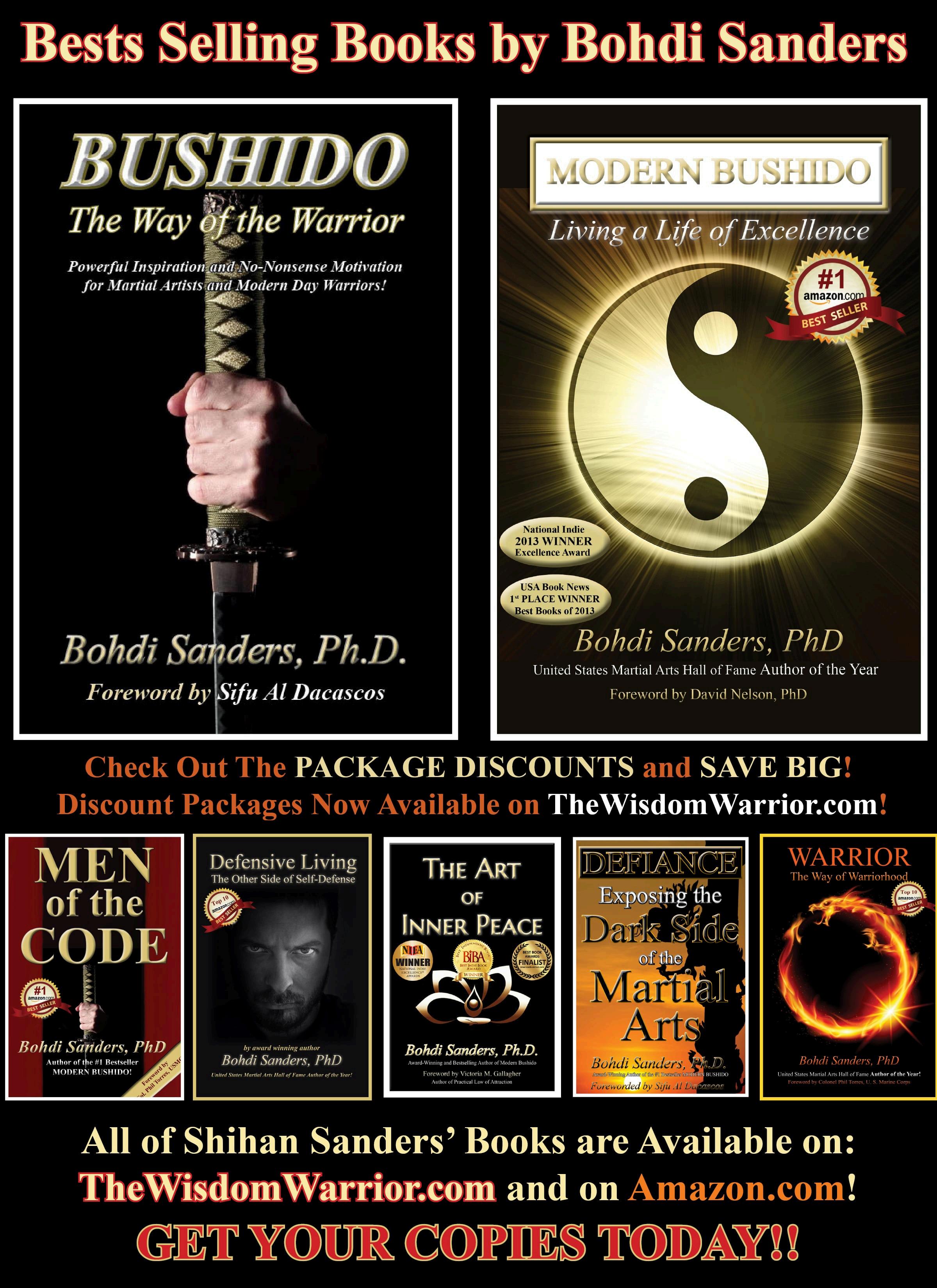
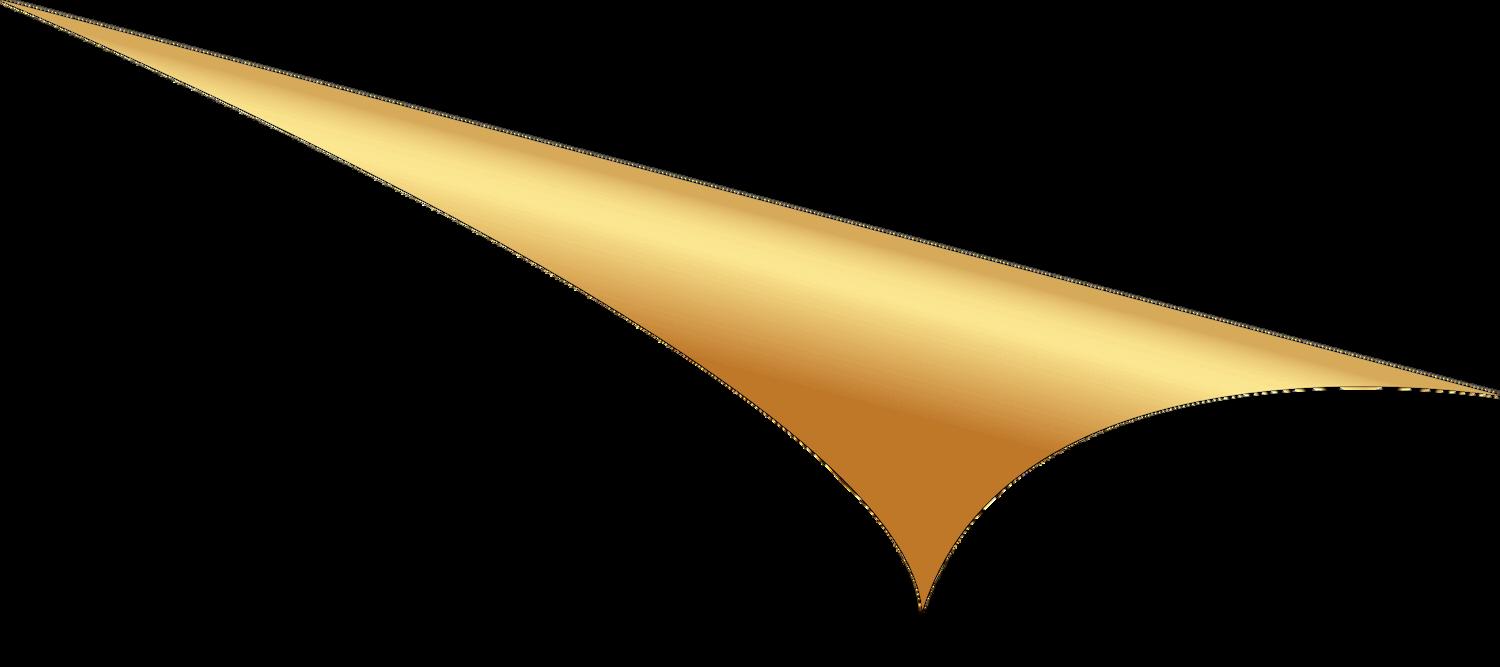

By The Real Frank Dux
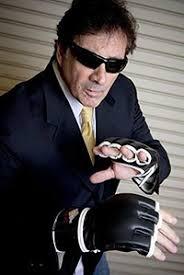
Hearing the term strength vs power SHOULD BE confusing to someone familiar with how the terms are used and best understood as pertaining to martial combat.
There however does exist a tell a novice may make use of. The tell is, whether or not the instructor in question ascribes to the urban myth of power vs strength.
This myth is where these fakes give themselves away. Since, the uneducated argue strength is different than power, as in terms of punching comes from bone structure, muscle fiber type, speed, and mass/weight.
This sort of lack of professional understanding unveils a low level of comprehension of the true meaning of the terms used so readily.
This misunderstanding or ignorance comes from place where it is safe to assume they are clueless as to usage of term “strength” as it pertains to “combat readiness’ and capability to inflict serious bodily damage that is an integral term to understanding combat
Scientifically, mass times speed or energy divided by impact time is how we can predict and measure the transfer of kinetic energy or what is referred to as “strength” in combat sports, like boxing.
Regardless of your raw strength (how much force your muscles can exert), strength in terms of physical combat is increased with speed and optimal body mechanics aka “technique.”
For instance, proper foot alignment, twisting of the body/core, hip, shoulder then arm firing is measurably proven to be the optimal.

These fundamental biomechanics and techniques generate and transfer kinetic energy When throwing punches with elbows in, applying kinetic linking is held at the correct position for firing off a jab or a hook punch. This allows us to apply “boxing strength” effectively and efficiently, increasing power/kinetic energy/strength.
Muscular power is most often confused with the term strength in the fight industry. However, that does not mean the same as how you apply your raw strength, lifting weights, for instance.
The faster you move the harder it is to apply your raw strength, since as muscle fibers activate, they must transition from the previous position before they can move onto the next position The physical process limits how many fibers apply force at any given time
To increase fighting strength/power, you must increase speed or mass because of the physics involved This reality is why the field of ballistics exists. The higher the gunpowder load, the faster the bullet moves or increases the mass of the bullet, and the greater the kinetic energy transfer.
Why does a rifle firing a diminutive .22 caliber have more stopping power than a larger and heavier .45 caliber slug and vice versa, given the tradeoffs?
The impact time and direction of force on target determines transfer and depth of penetration of kinetic energy, a difference between impacting vital organs or inflicting superficial damage.
To better understand the difference in strength of a punch or kick this way is have your workout partner punch you in your chest using their arm resembling a battering ram, stiff and locked. Then have them mimic a ball and chain, snapping a fist back upon impact, quickly as possible. The strength of the later blow because of the physics involved is significantly greater. That may help you understand why a ball and chain on a crane is used in demolition of buildings rather than battering rams and when it comes to generating the strength of your punches, kicks, etc. Your impact time is a critical determining factor.
Noteworthy, the heavier a person is the more mass they possess the more power they can potentially generate. That is providing they have ample speed and employ proper body biomechanics/technique. Also likewise, they have a greater ability to absorb a strike.
Just like you need more strength to lift heavier weights, you need to be able to apply more of your “strength” (mass at greater speed) to hurt a heavier/larger opponent.

My ability to shatter champagne bottles, whiskey bottles, and bulletproof glass was only made possible because of my speed, mass, and mastery of impact retraction the optimal transfer of kinetic energy. These world records are still standing and readily available for viewing via YouTube
Many instances captured on YouTube prove how a more petite man or woman using technique wins out over the brawn of a larger person towering over them.
Remember that there are no weight classes or referees in a street fight or on a battlefield
The combat environment is unforgiving and is why we must truly develop and understand our fighting “strength” to be able to compare it against an adversary strength before we commit to take on what can be a lethal threat
In such cases where our strength is not superior to the adversary, our discretion becomes a better part of valor and the most appropriate strategic response.
Courage is a fool’s errand when operating at a disadvantage, strength in a fight that can be avoided Thus, know yourself. That begins with truly knowing your limitations and developing and identifying your strengths and vulnerabilities.
Power and Strength are synonymous terms in the combat arts. There is no such thing as Strength vs. Power.
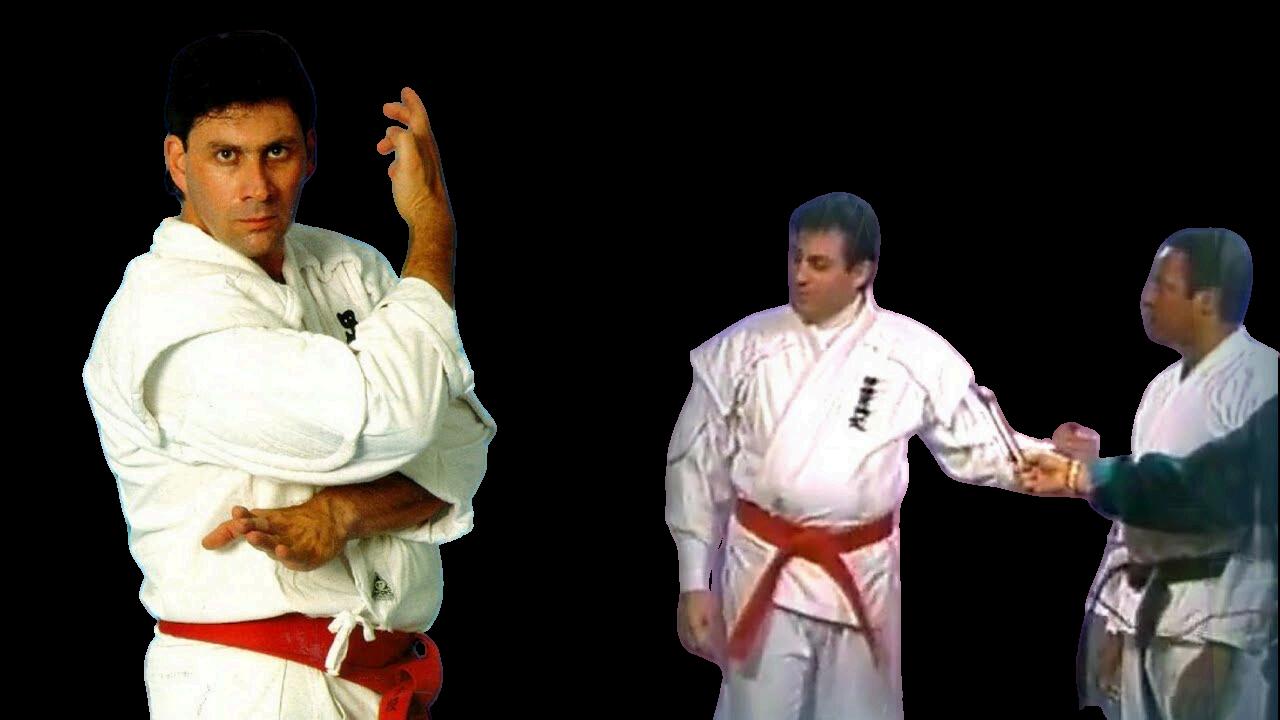

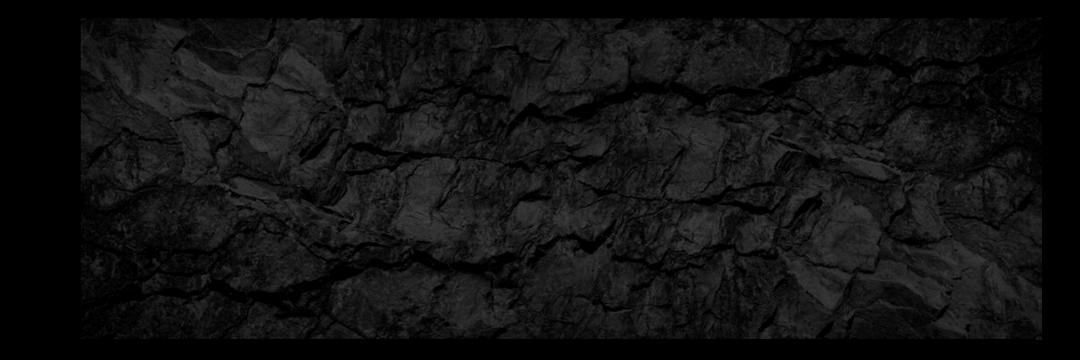
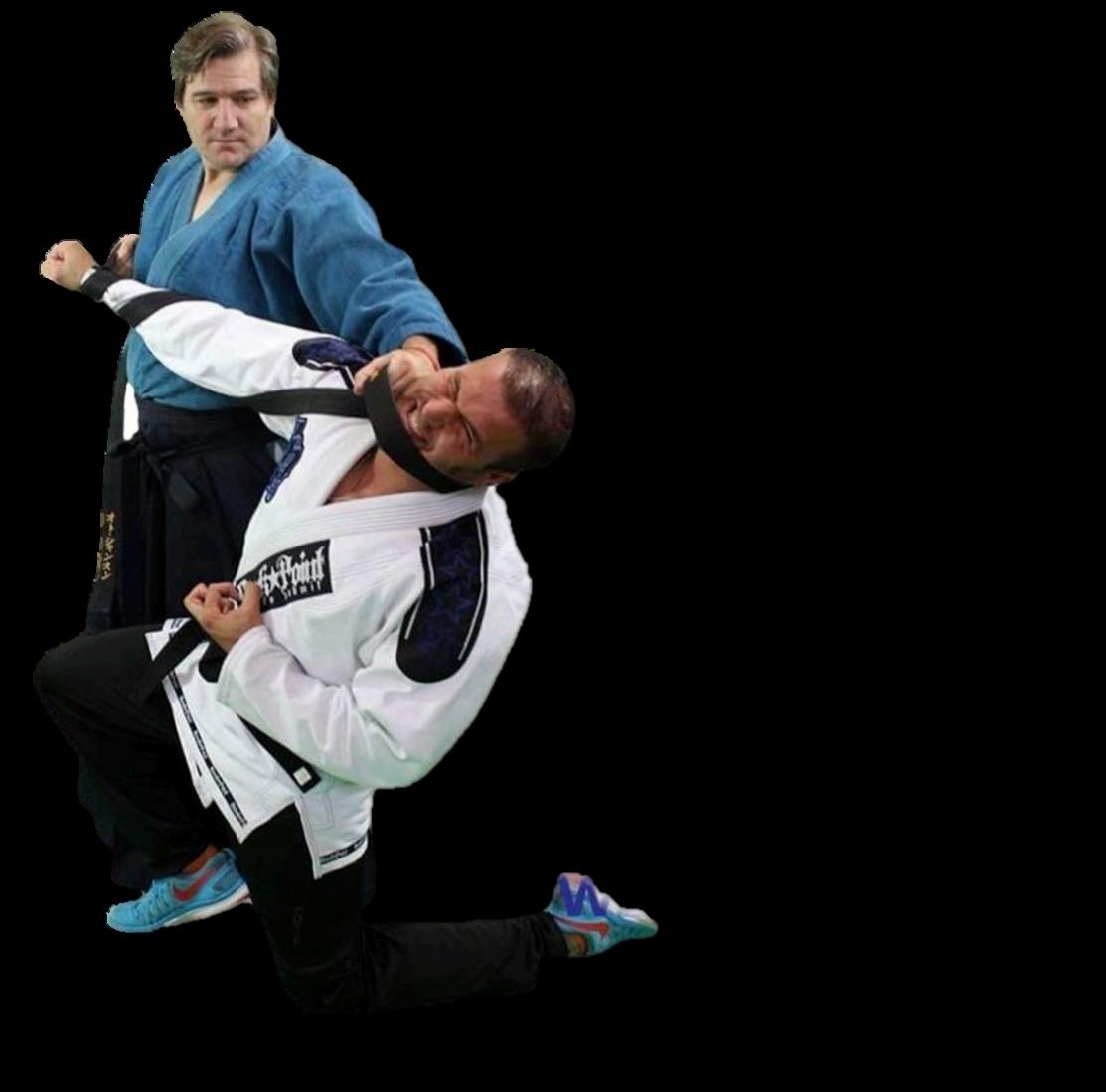
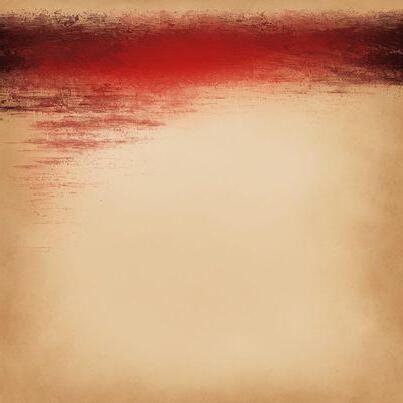
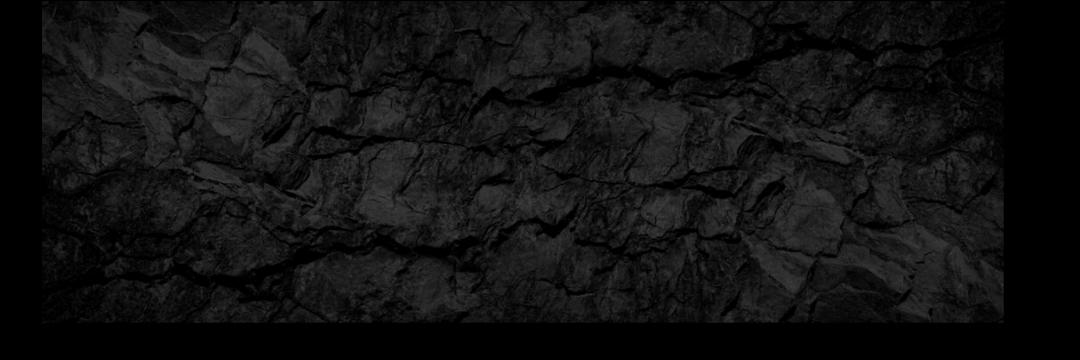
Hojojutsu is a traditional Japanese martial art of restraining that encompasses different school techniques. It is a unique product of Japanese history and culture and is rarely practiced outside Japan. It is part of the curriculum under the aegis of bugei and in jujutsu. There are very few videos or books available on this art. Shihan Allen Woodman teaches you hands-on each technique in a step-by-step format.
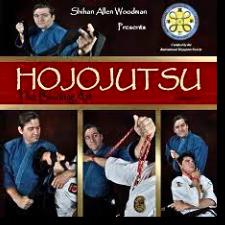

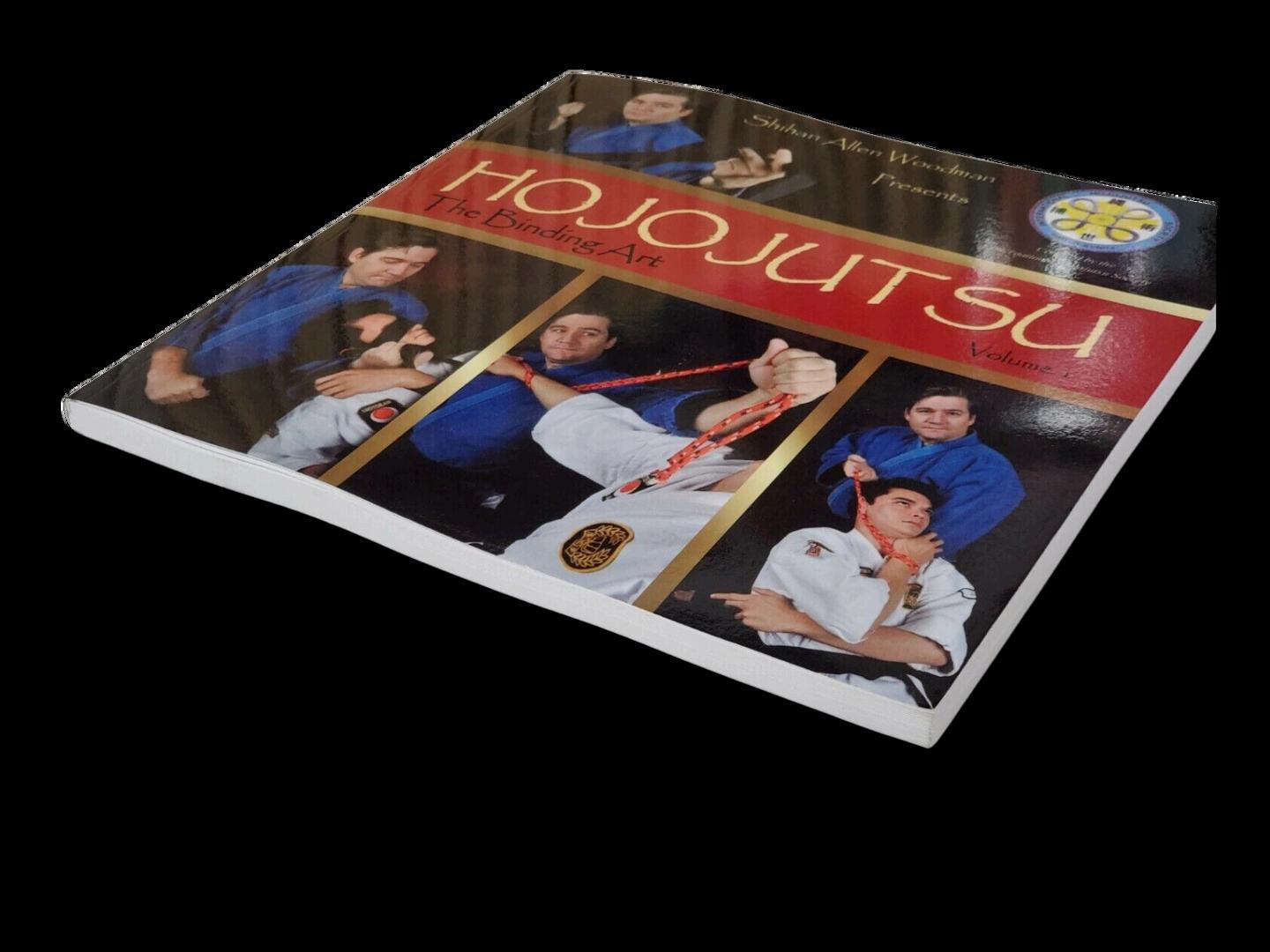
Good information to add to what is presented in
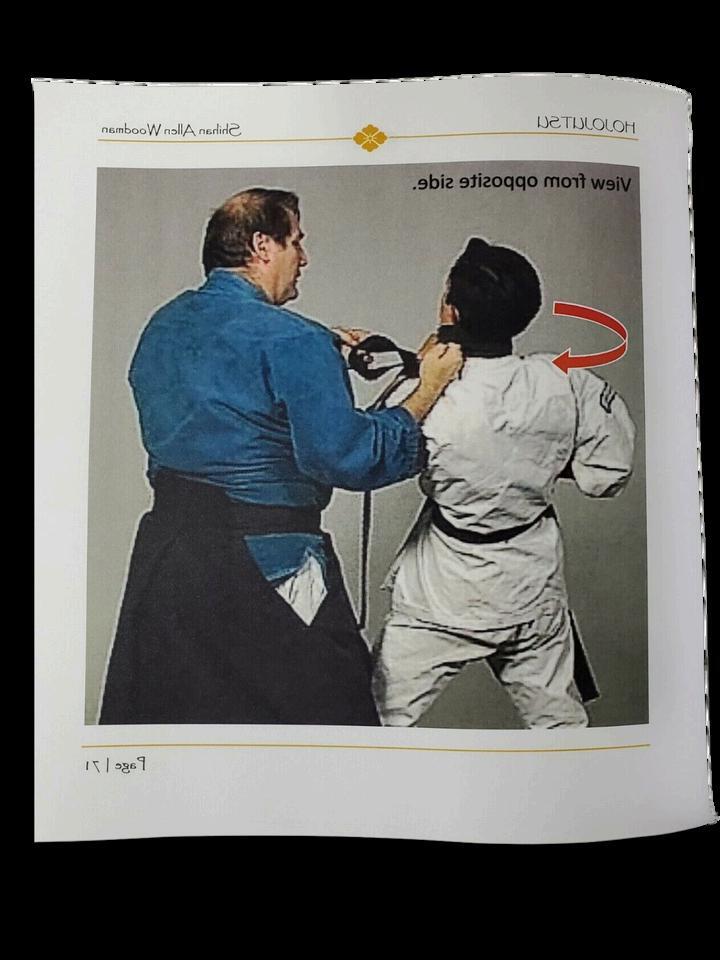
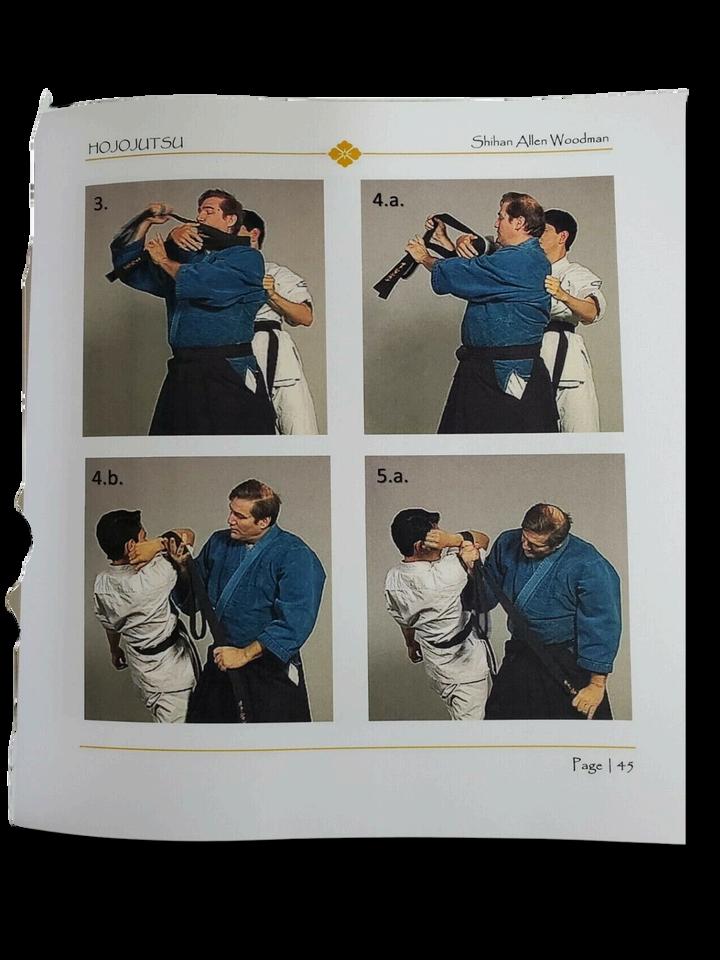
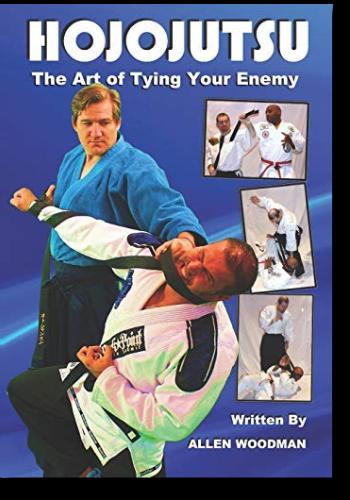

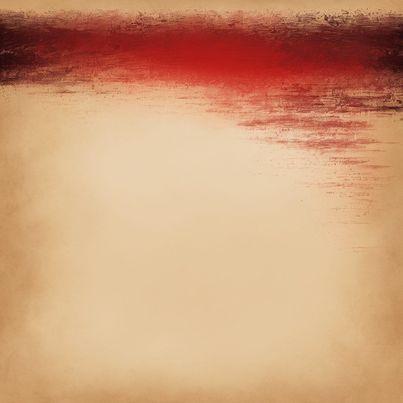
By Sumiko Nakano
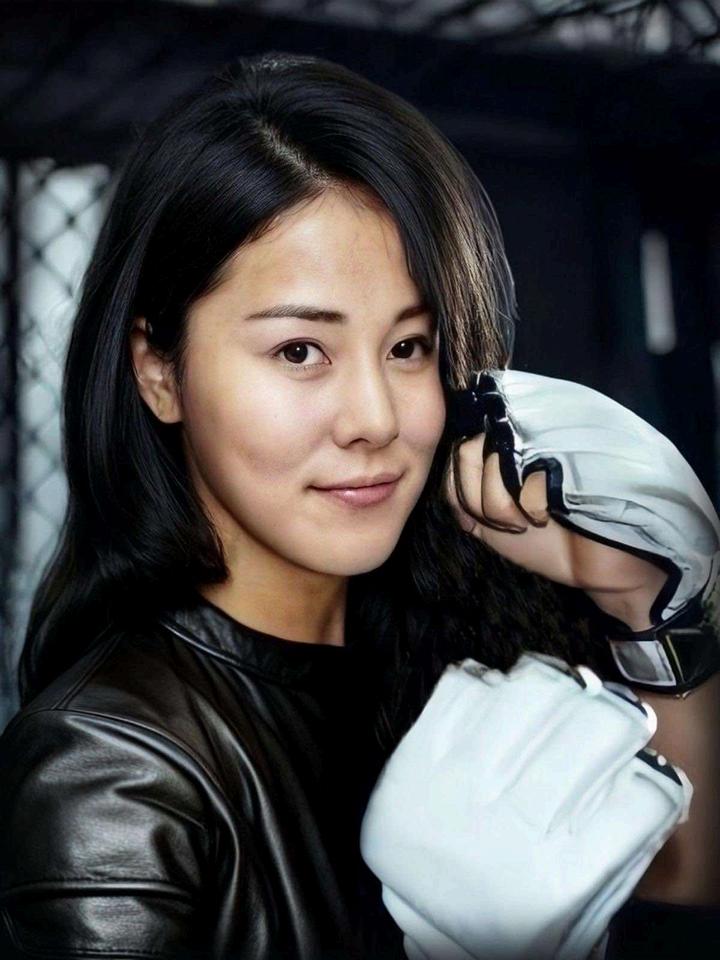
JillHernandez’sjourney intomartialartsisataleof passion,perseverance, andunexpected transformation.Itallbegan whenherfour-year-old sonbecamecaptivatedby thelegendary“TheKarate Kid.”
In a heartbeat, Jill found herself enrolling him in Tae Kwon Do classes, not knowing that this simple act would ignite a fire within her. While her son raced ahead to earn his black belt, Jill's training started as a way to support him, but it soon evolved into a thrilling adventure of her own.
The turning point came when Jill's Tae Kwon Do instructor moved away, leaving her searching for new challenges.
It was then she stumbled upon Jeet Kune Do, a martial art that promised to revolutionize her training. The moment she stepped into that dojo, something clicked. She realized she was ready to break free from the confines of sportoriented training and dive into a world focused on self-defense and practicality.
The transition from Tae Kwon Do to Jeet Kune Do was no small feat. Jill had to retrain her body and mind, adapting her stance and techniques. This journey required not just physical strength, but a complete mindset shift—one that challenged her upbringing’s emphasis on compliance.
Jill found herself guided by extraordinary mentors along the way. One standout was Sifu Gary Dill, a first-generation Jeet Kune Do student whose expertise and encouragement fueled her passion. Attending seminars with trailblazers like Kathy Long and Malia Dacascos-Bernal added further depth to her training.

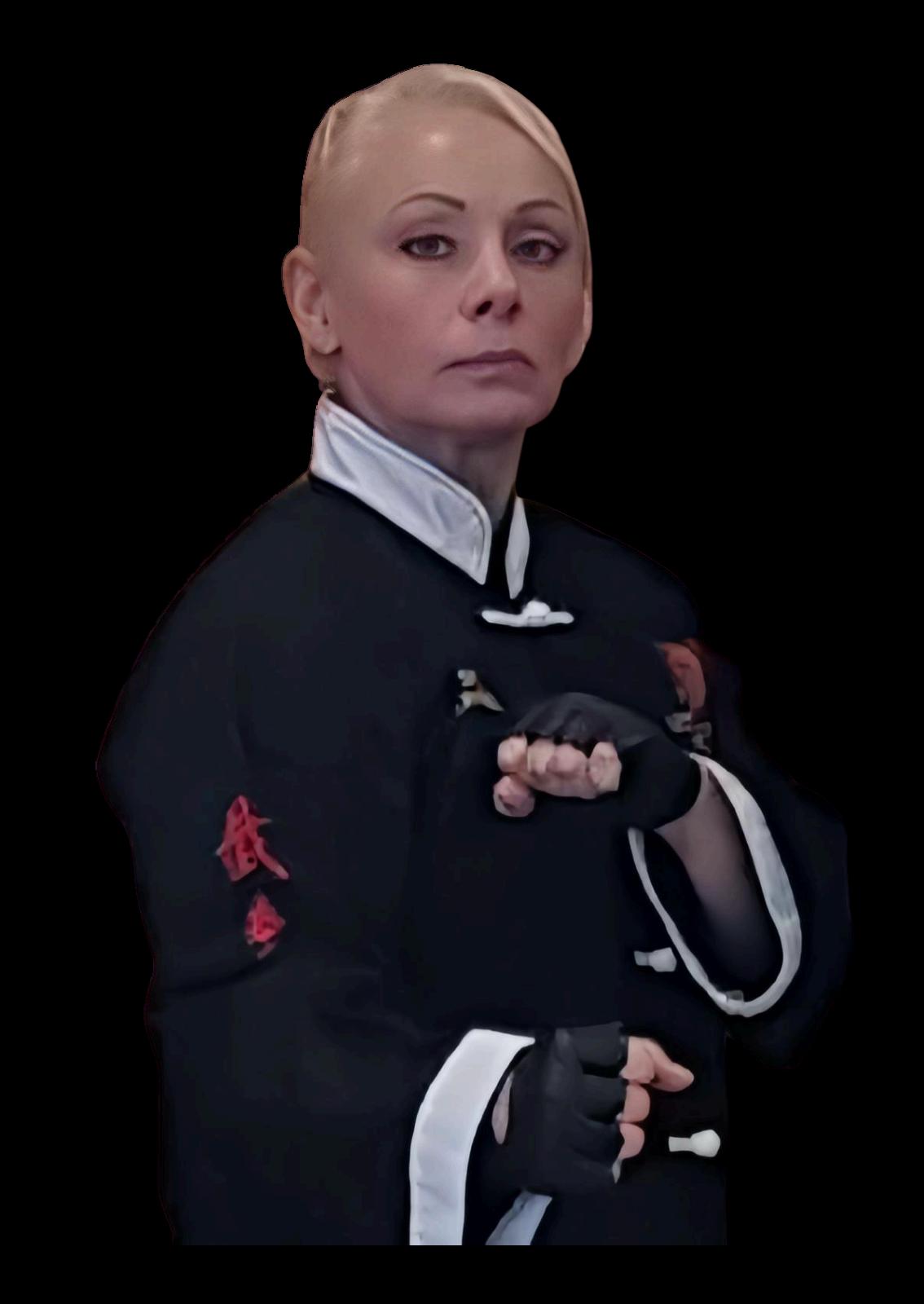

Each encounter was a spark, igniting her determination to push boundaries and defy expectations.
Perhaps one of Jill’s most significant milestones wasn’t just the black belt she earned, but the profound self-confidence she developed through her journey.
Overcoming societal expectations and personal challenges, she learned to reclaim her power, proving to herself that she was worthy of investing in her own growth.
This newfound strength culminated in her recognition as Female Fighter of the Year in Jeet Kune Do, a moment that left her in awe. It wasn’t merely a trophy on the shelf; it was a powerful affirmation of her resilience and hard work.
As an instructor, Jill brings her own unique flair to the dojo. Each class is infused with her vibrant energy and personalized touch.
SShe knows that every student is on their own journey, and she tailors her teaching to meet them where they are.
Encouragement flows freely, and Jill celebrates the small victories, ensuring that each student feels valued and empowered
For her, martial arts is more than just techniques and forms; it’s a transformative experience that builds confidence and self-worth.

Jill’s vision for Jeet Kune Do is as dynamic as her own journey. She sees it as a living, breathing discipline—one that evolves with every practitioner. With a focus on simplicity and individuality, she encourages her students to find their own voices and adapt techniques to suit their unique needs.
For her, martial arts is more than just techniques and forms; it’s a transformative experience that builds confidence and self-worth.
Jill’s vision for Jeet Kune Do is as dynamic as her own journey. She sees it as a living, breathing discipline—one that evolves with every practitioner.
With a focus on simplicity and individuality, she encourages her students to find their own voices and adapt techniques to suit their unique needs.
This adaptability is what she believes will keep martial arts relevant and impactful for generations to come. Looking ahead, Jill is excited about her role in the martial arts community.
Her mission is clear: to inspire others to embrace self-defense with passion and conviction. She aims to equip individuals with the skills and knowledge to navigate the complexities of life while fostering a sense of empowerment and safety.


With each student she mentors, Jill knows she is shaping the next generation of fighters—both on and off the mat.
Listening to Jill share her experiences is nothing short of inspiring. Her story highlights that martial arts are a journey of growth and resilience, a path where every setback is a lesson, and every triumph is a steppingstone. Jill embodies the spirit of a true fighter —tenacious, adaptable, and everevolving.
Jill Hernandez is A Legacy in Motion
As I listened to Jill recounts her journey, I was captivated by her relentless spirit and determination.
Through her skills and unwavering commitment to personal growth and empowerment, she exemplifies what it means to be a fighter.
Jill’s journey is a powerful reminder that accolades don’t merely define success but the strength and lessons we gather along the way. As her story unfolds, I eagerly anticipate the profound impact she will make on those around her, inspiring everyone to embrace their journeys with courage and tenacity.
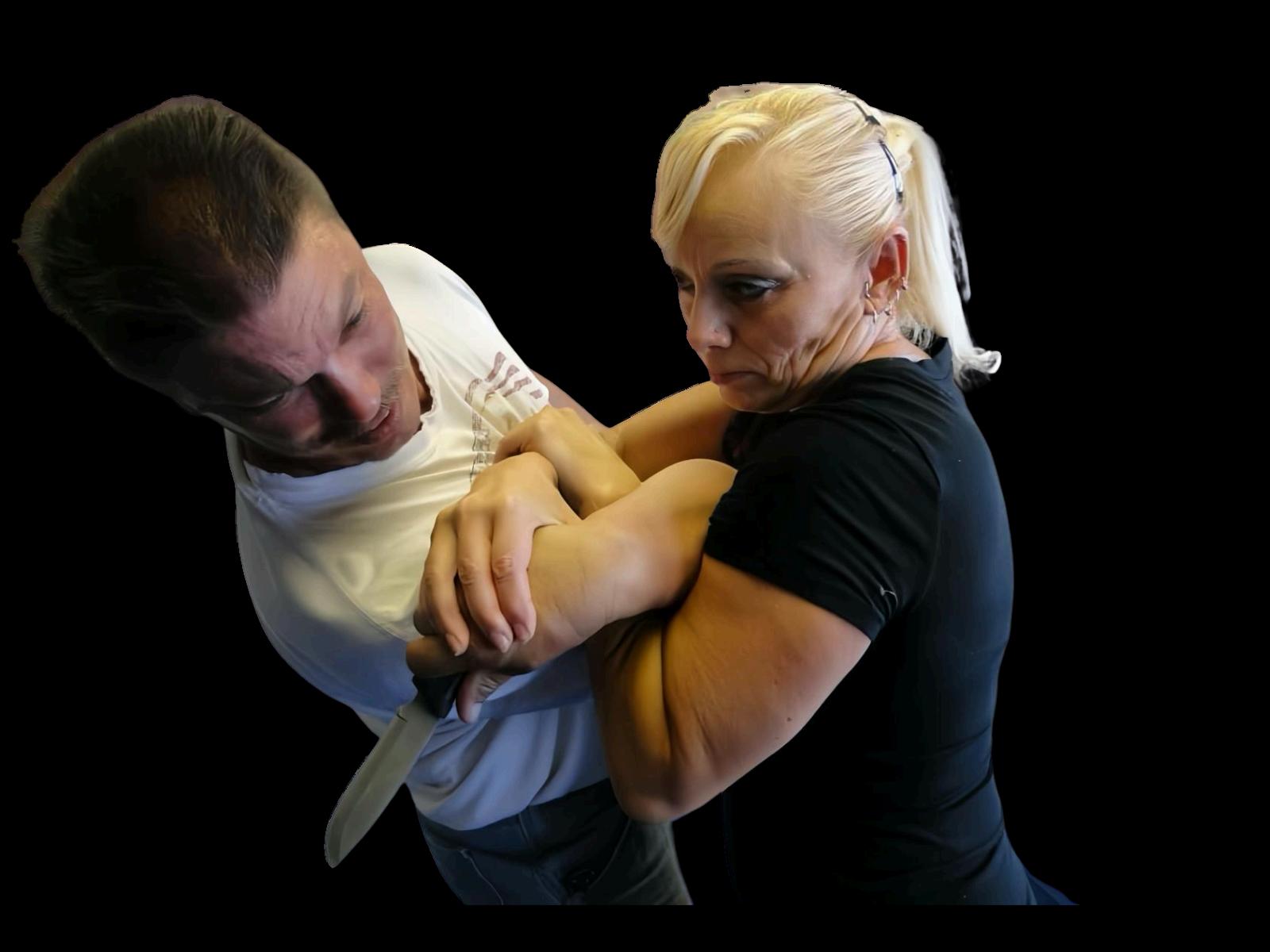


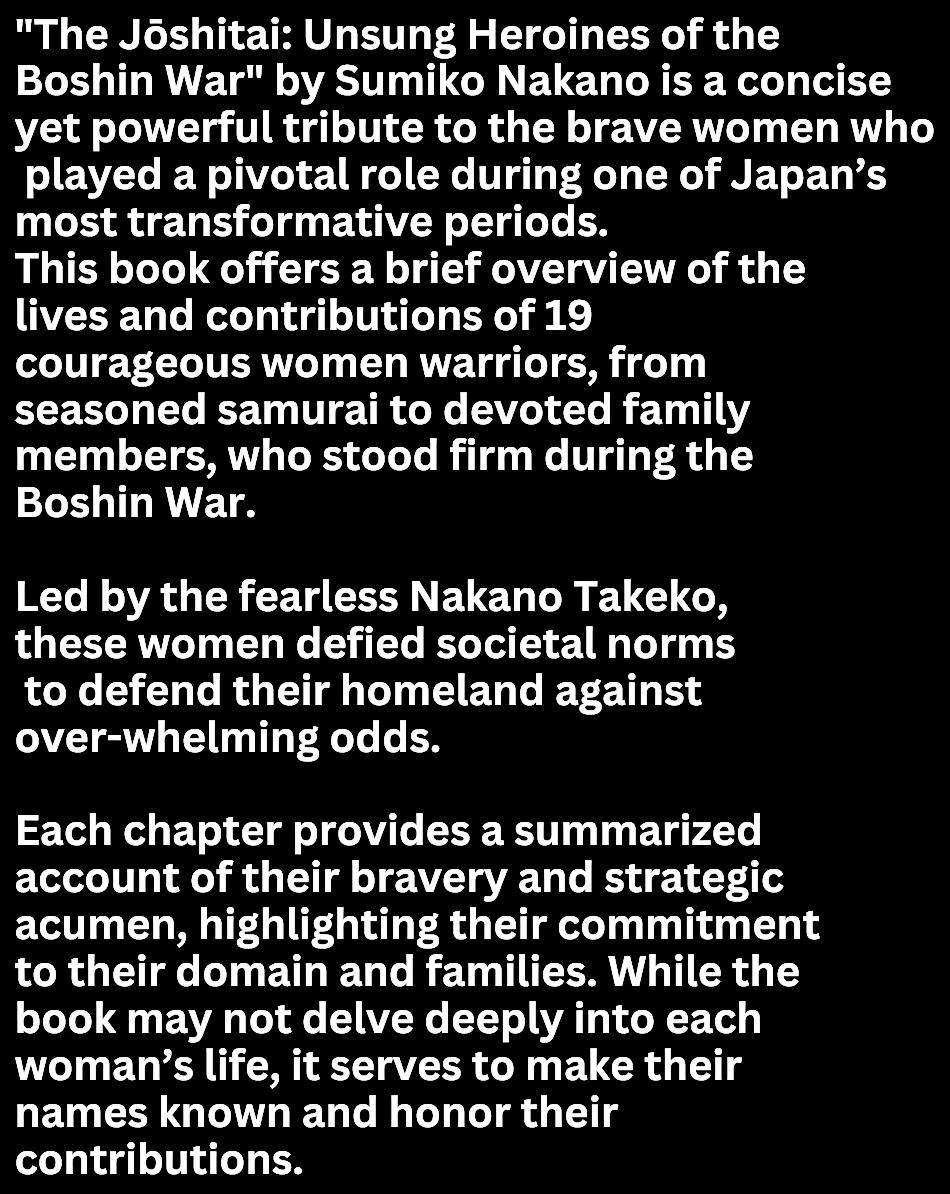


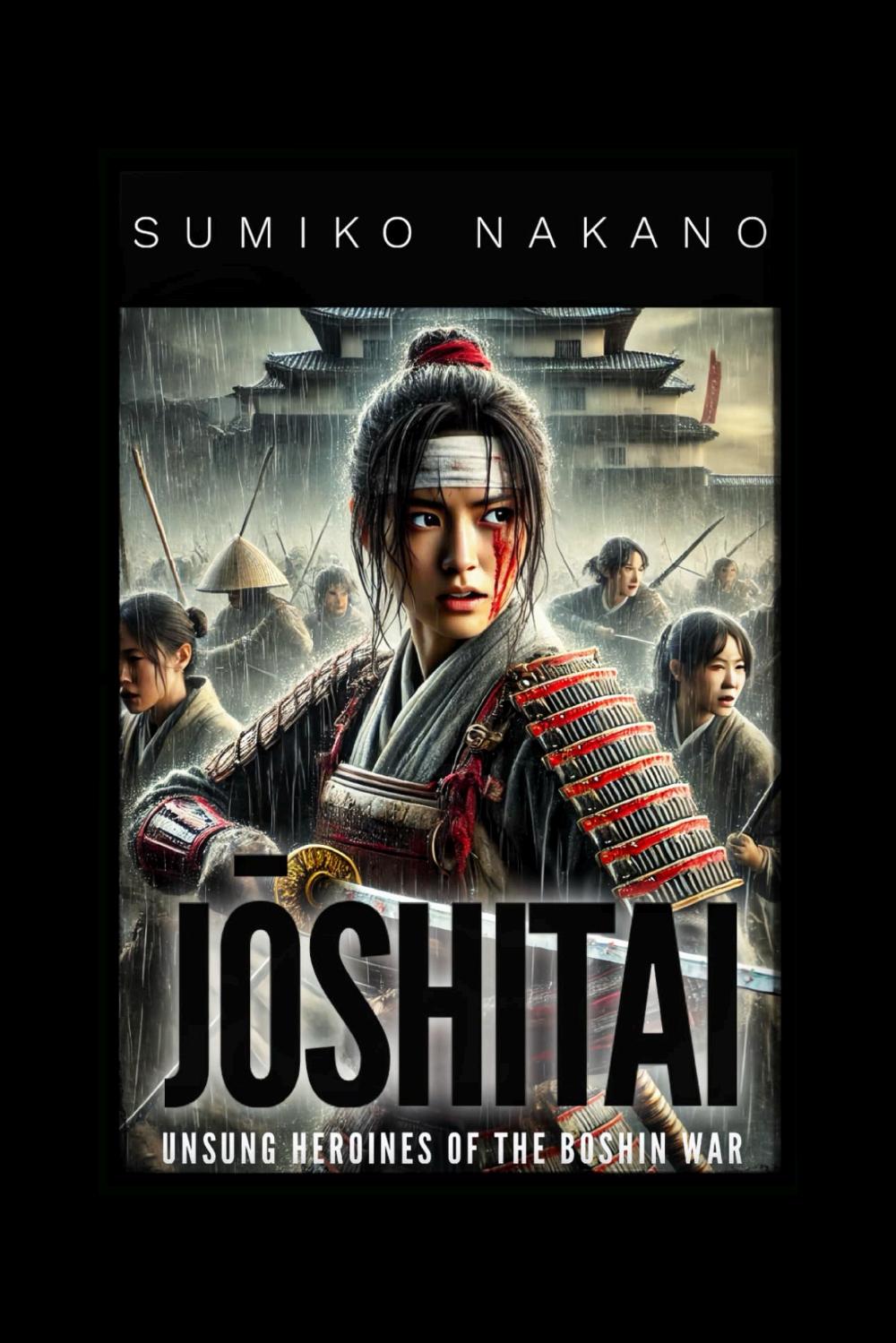
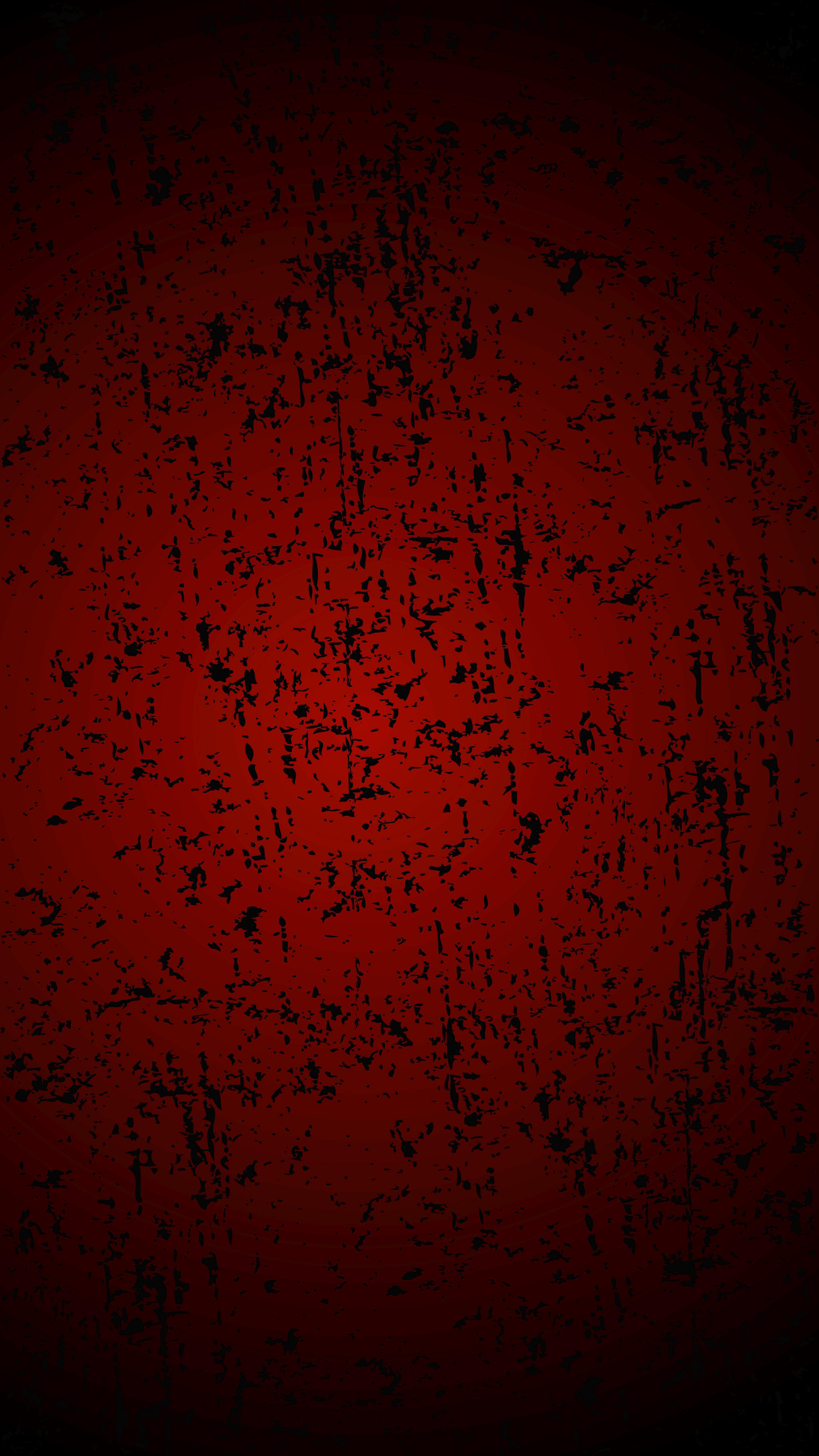
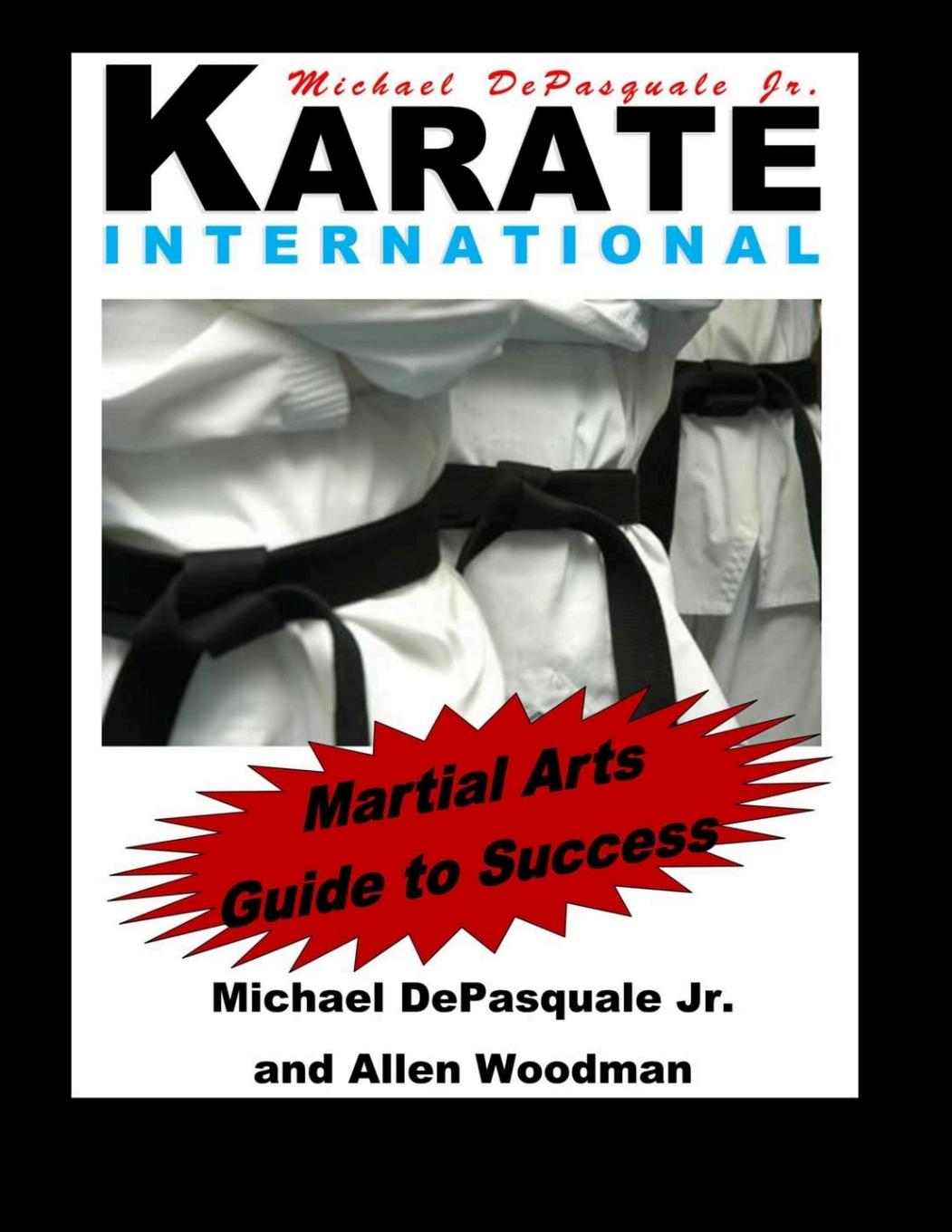
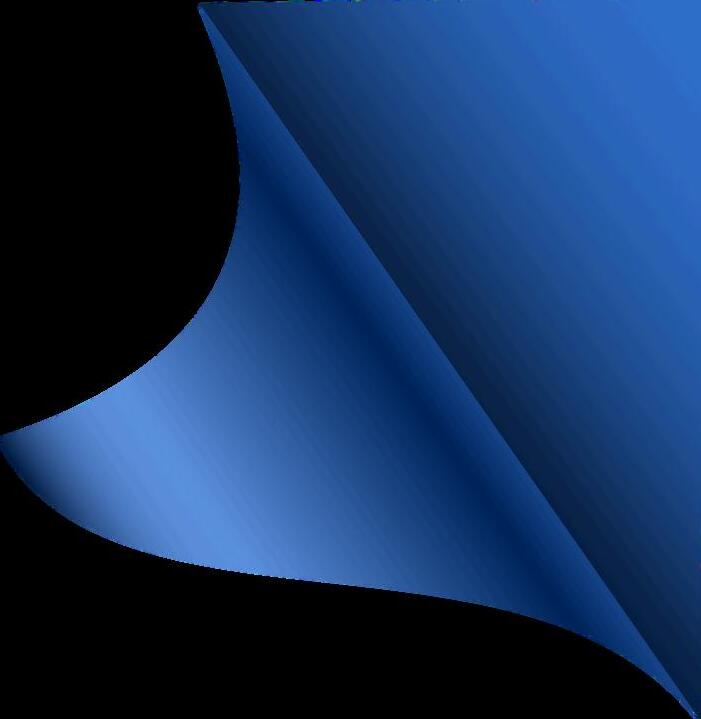

Soke Michael DePasquale Jr. & Shihan Allen Woodman bring you a true perspective and practical business sense to open, run and effectively manage a martial arts school.
With over 80 years combined knowledge in owning, managing and instructing martial arts schools nationwide.
Lease negotiations
Daily management solutions
How to get free advertisement for your school
Learn how to attract students and keep them
Techniques to help cover overhead cost
Earning more money, doing the same things you do now
The information you need today to take your school into the next decade and become financially strong
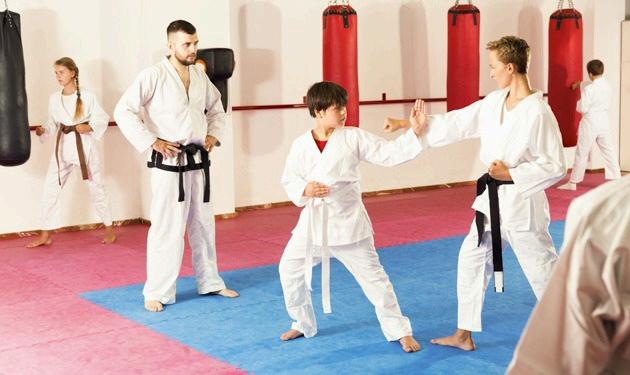

328 pages
Language-English
Publication date
January 1, 2012
Dimensions 8.5 x 0.69 x 11

By Allen Woodman
A Journey through Martial Arts and Triumph over Adversity
A Journey through Martial Arts and Triumph over Adversity
In the grand pantheon of martial arts legends, few stories
In the grand pantheon of martial arts legends, few stories resonate as profoundly as the inspiring saga of Alvin resonate as profoundly as the inspiring saga of Alvin "Goldie" Mack. "Goldie" Mack
For over half a century, Goldie has not only honed his For over half a century, Goldie has not only honed his body and spirit in the disciplined world of martial arts body and spirit in the disciplined world of martial arts but has also emerged triumphant in battles far beyond but has also emerged triumphant in battles far beyond the dojo. the dojo.
His narrative is not just one of a martial artist but of a true
His narrative is not just one of a martial artist but of a true warrior who has faced life’s fiercest adversities with warrior who has faced life’s fiercest adversities with unwavering courage and resilience. unwavering courage and resilience.
Born with a fighter's spirit, Goldie
Born with a fighter's spirit, Goldie embarked on his martial arts embarked on his martial arts journey more than 50 years journey more than 50 years ago, at a time when the art form ago, at a time when the art form was gaining significant traction was gaining significant traction in the United States. in the United States.
His dedication and innate His dedication and innate talent soon led him to train talent soon led him to train under the legendary under the legendary Ed Parker, the founder Ed Parker, the founder of American Kenpo Karate. of American Kenpo Karate.
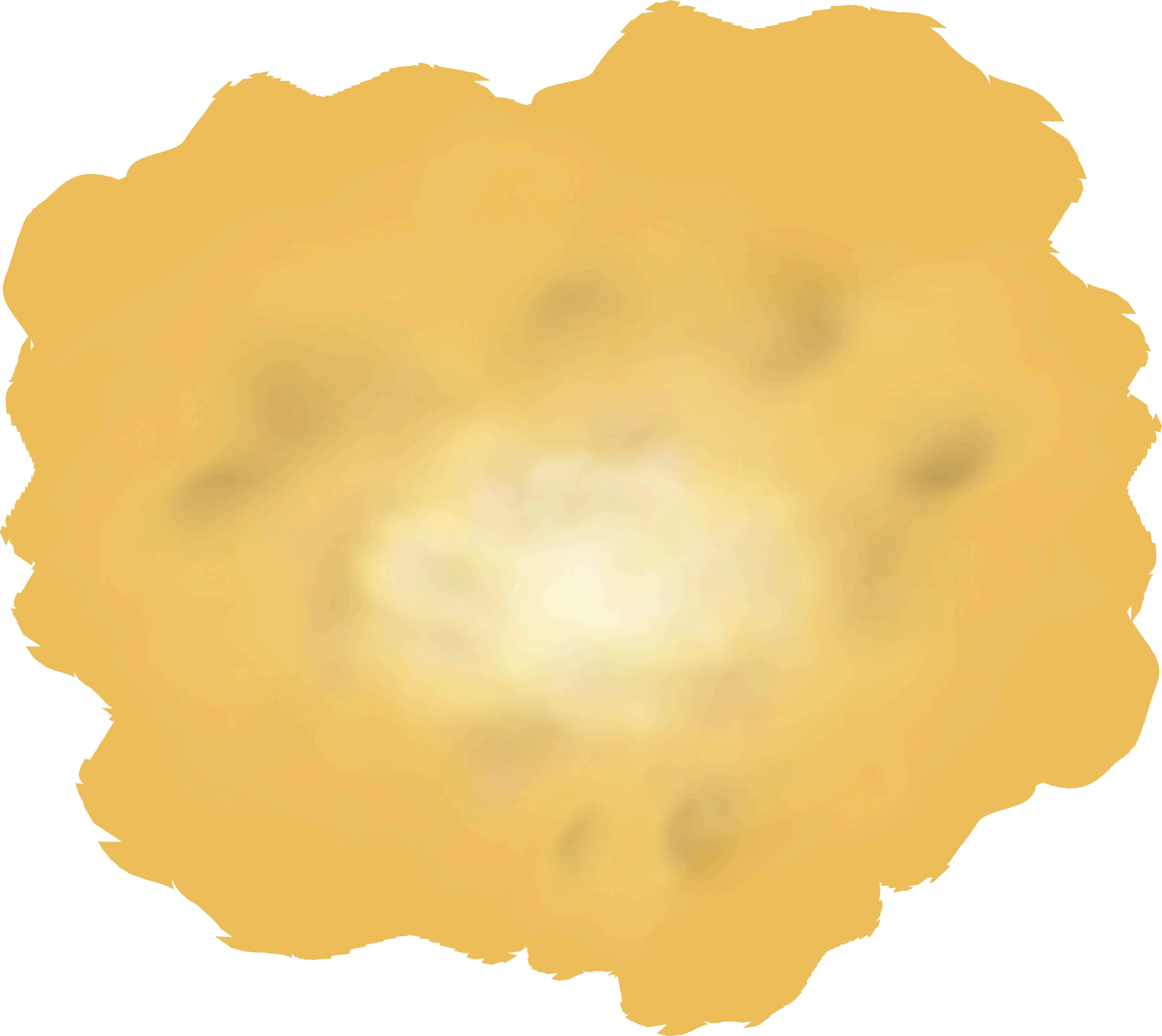
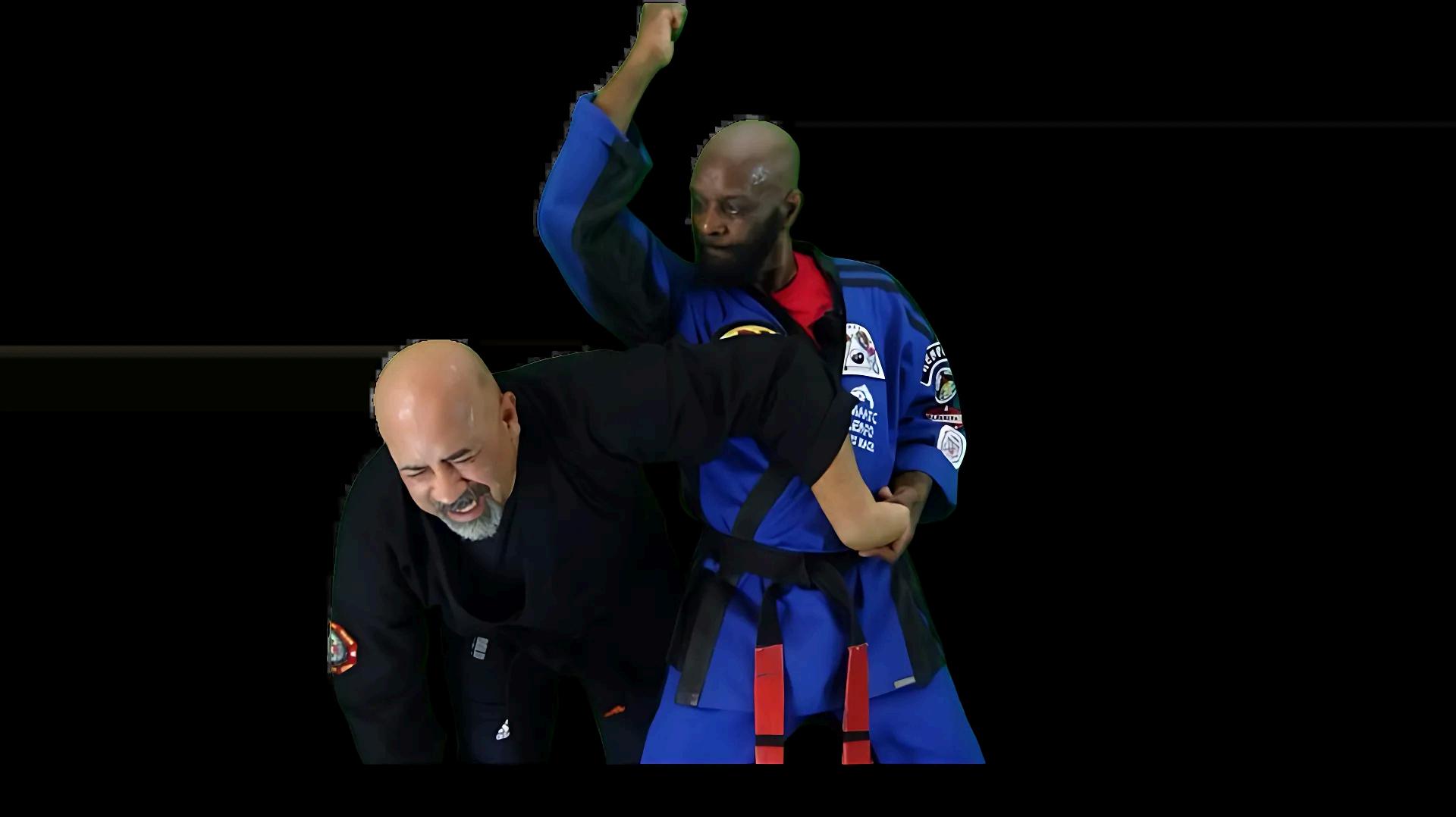

Under Parker's tutelage, Goldie mastered the intricate movements and philosophy of Kenpo Karate, a style that emphasizes flexibility, speed, and practical self-defense techniques.
Goldie's commitment to the art saw him evolving not just as a student but as a master in his own right, going on to teach his own interpretation of Kenpo, imbued with lessons learned through decades of dedication.
Goldie’s list of accolades is as impressive as his tenure in martial arts. He is not only a champion competitor but also a revered grandmaster and a mentor to many. Perhaps most notably, Goldie served as the president of the USA Martial Arts Hall of Fame, reflecting his significant contributions to the martial arts community and his leadership in celebrating the achievements of others
Yet, it is in his personal battles that Goldie's true strength shines brightest. Goldie faced a formidable opponent outside the ring when he was diagnosed with throat and mouth cancer.
The disease resulted in the partial removal of his tongue, a challenge that would have silenced lesser men.




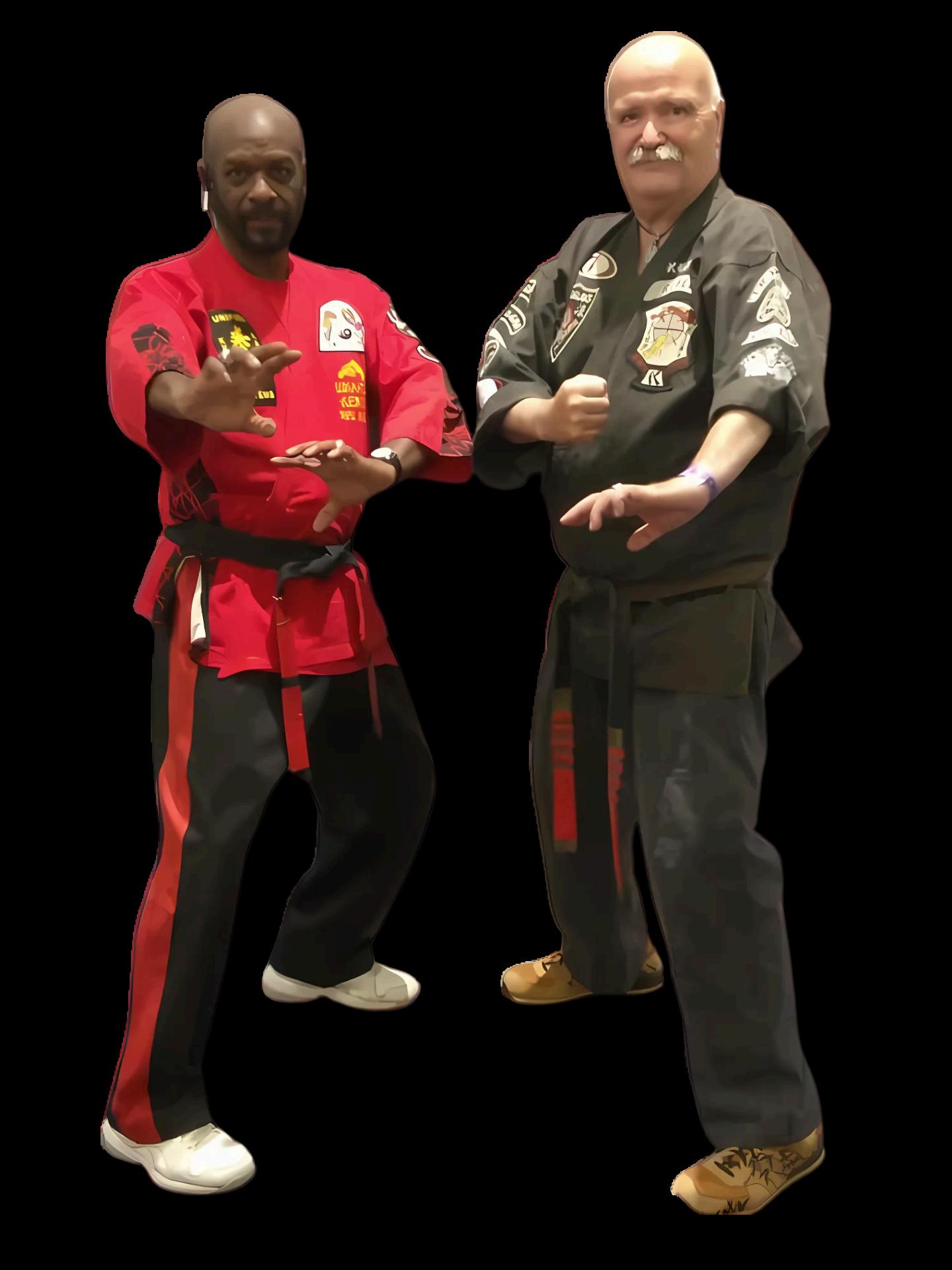
However, Goldie emerged victorious, his spirit unbroken and his voice, though changed, as powerful as ever This extraordinary resilience not only defines his character but also serves as a beacon of hope for others facing similar battles.
Goldie's journey is also deeply intertwined with his experiences as a Black African American man and a Vietnam War veteran. These aspects of his identity have shaped his perspective and resilience.
After serving his country with distinction, Goldie returned home to serve his community in another capacity, dedicating over two decades of his life to law enforcement as both a police officer and a sheriff's deputy in Denton, Texas
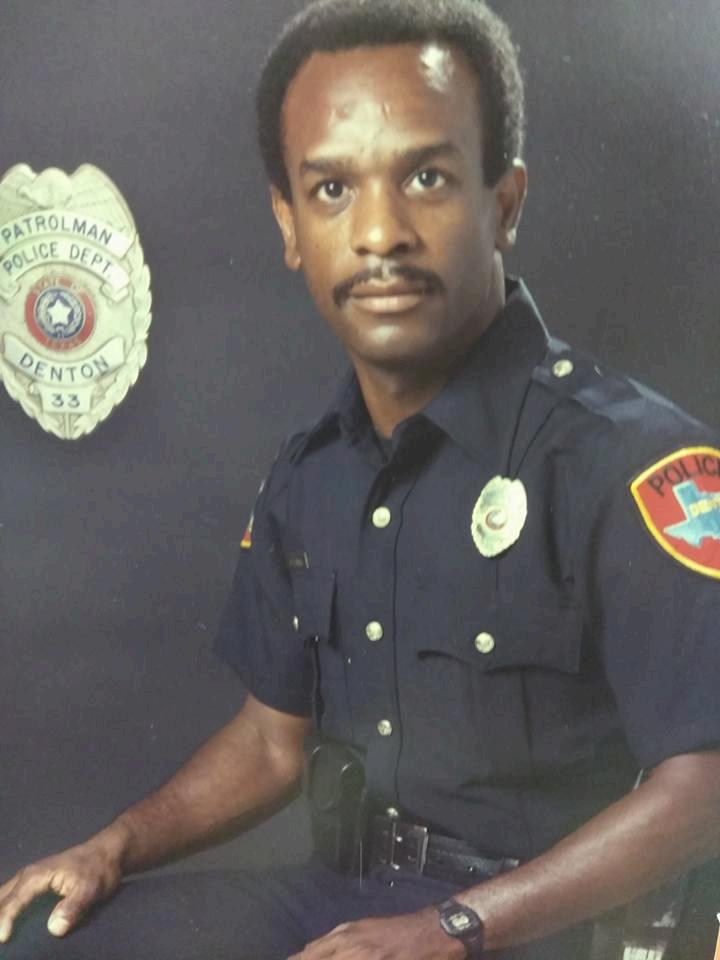

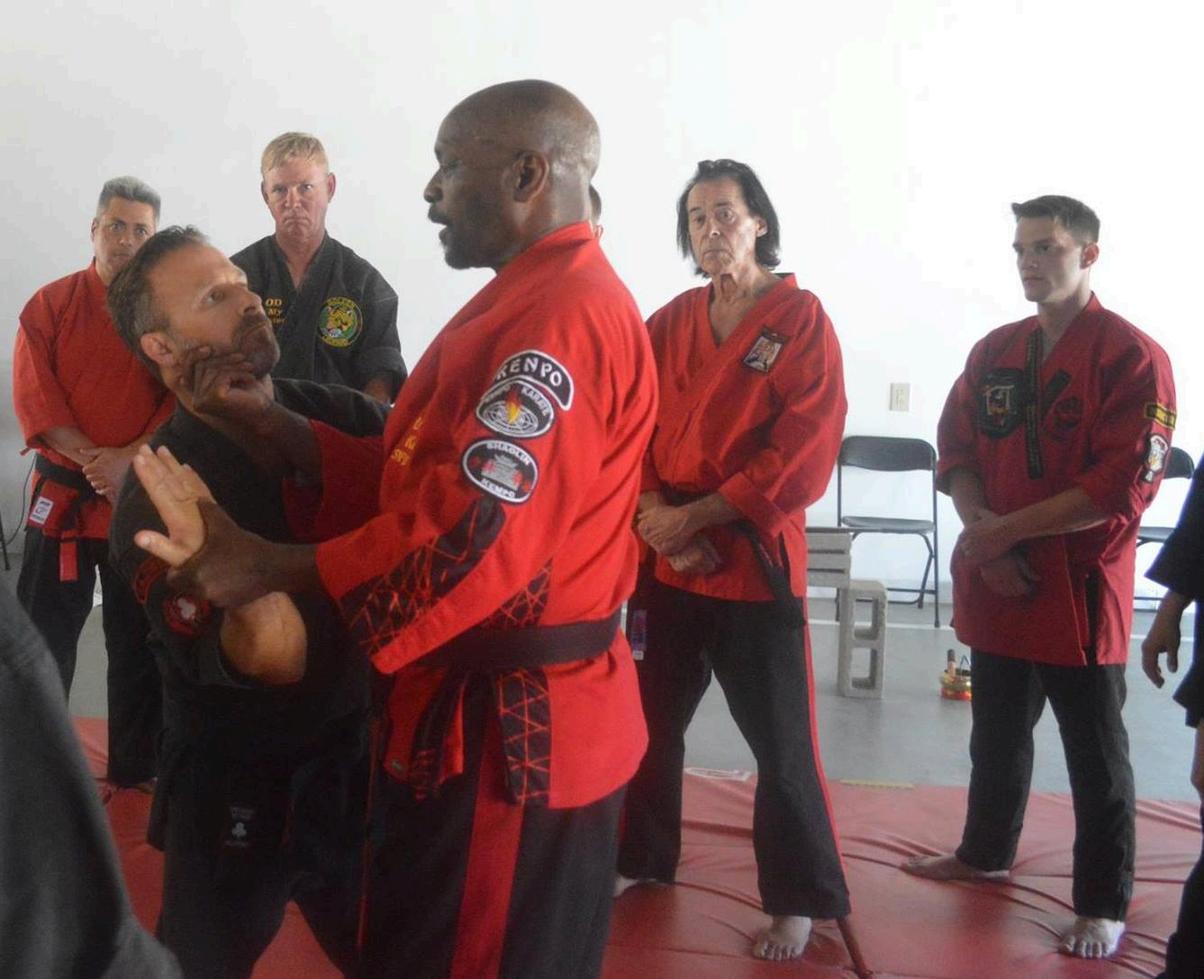


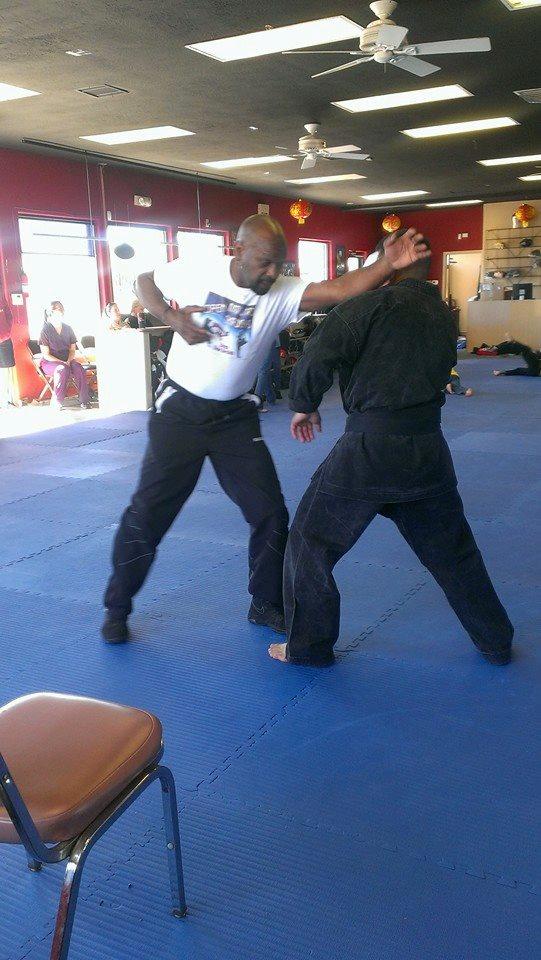
His commitment to protecting and serving mirrors the protective ethos of martial arts, reinforcing his legacy as a guardian of both physical and moral strength.
Alvin "Goldie" Mack's story is one of undying determination, immense skill, and profound resilience Across the landscapes of war, societal struggle, life-threatening illness, and the rigorous demands of martial arts, Goldie has navigated each with a champion's heart.
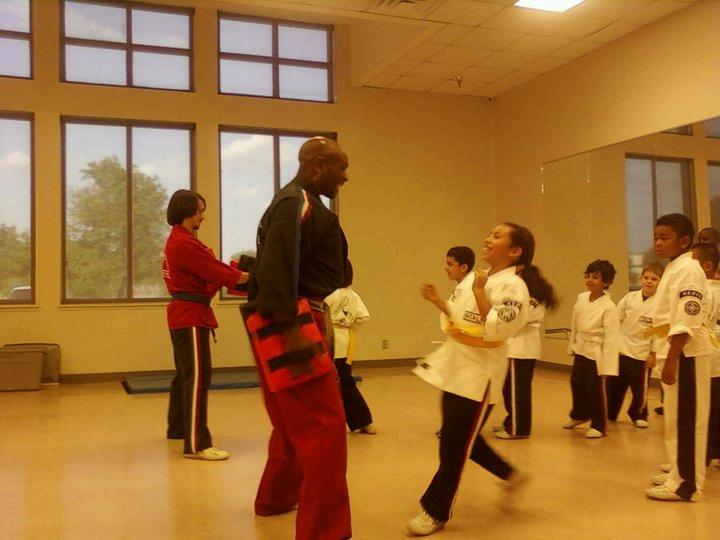
Today, as he continues to teach and inspire, his life serves as a testament to the power of the human spirit to overcome adversity, fight for excellence, and leave an indelible mark on the world.
Teaching students of all ages Master Mack has influenced hundreds if not thousands of students to build in both physical attributes and self-defense awareness but also in personal development of oneself.
“Goldie” As he is affectionately known by his friends and peers still is in recovery for his cancer but recently been diagnosed cancer free as of last year. We in the martial arts community as well as the staff at IMA Magazine wish him all the best in his health and life



Goldie’s legacy is not just about the fights won or the titles earned but about the countless lives he inspires through his example of strength, honor, and indomitable will.
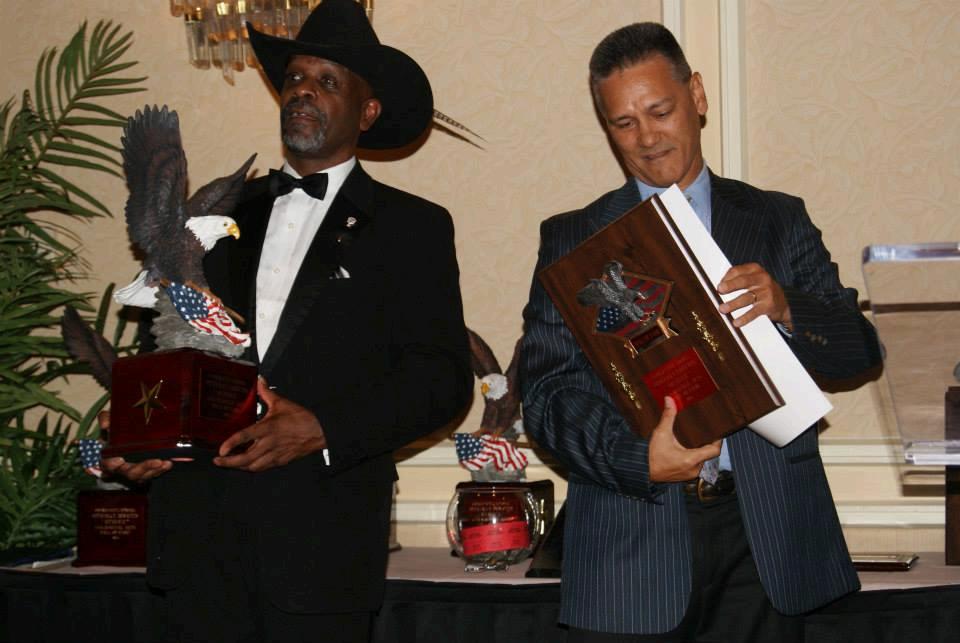
ambassador to the USA Martial Arts Hall of Fame events Goldie Mack and the Author fo Secrets to Safety, a comprehensive look at home invasion and self-defense strategies has touched the lives of many Acknowledging the skill and history of martial artist from around the world.
In the story of Alvin "Goldie" Mack, we find not only a martial arts legend but a living proof that true champions are forged not in the ring, but in the battles, they fight every day, both seen and unseen.
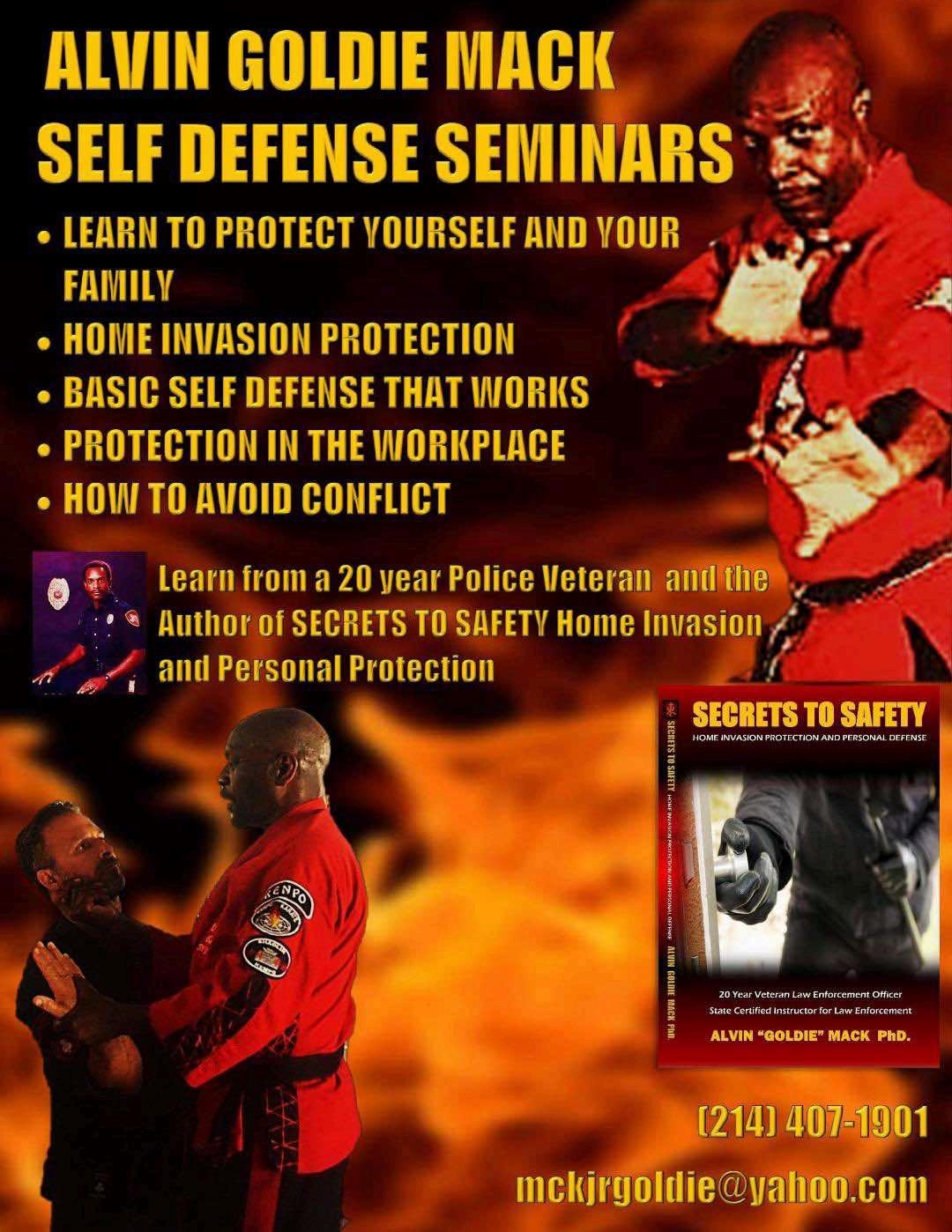



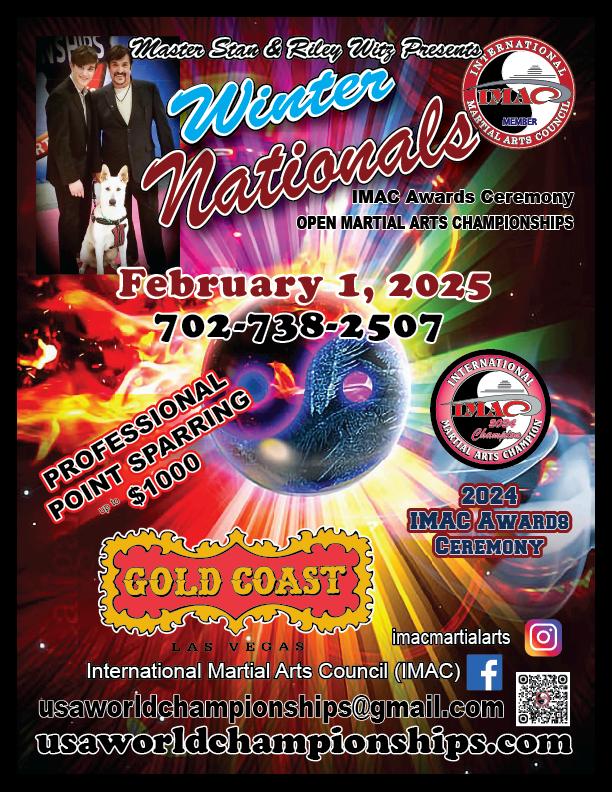


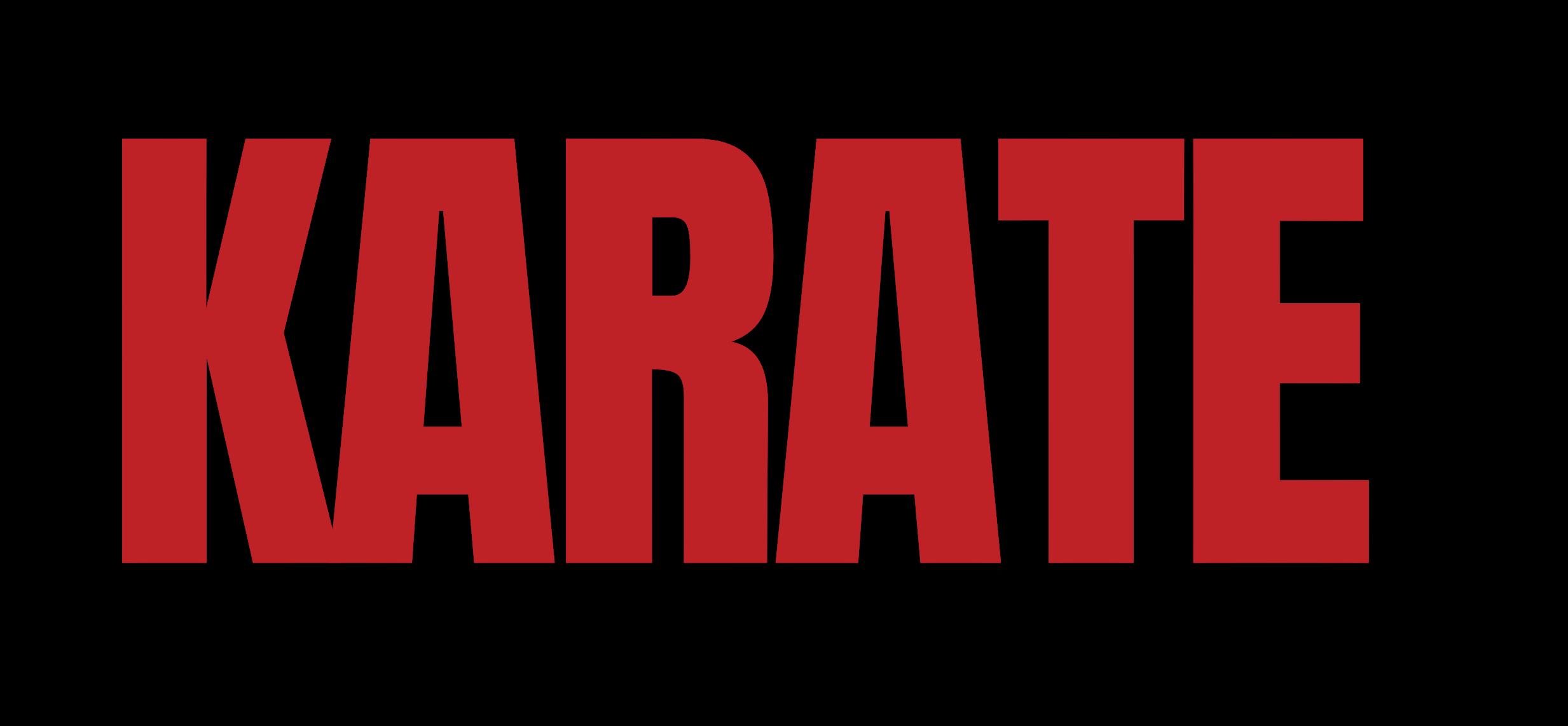
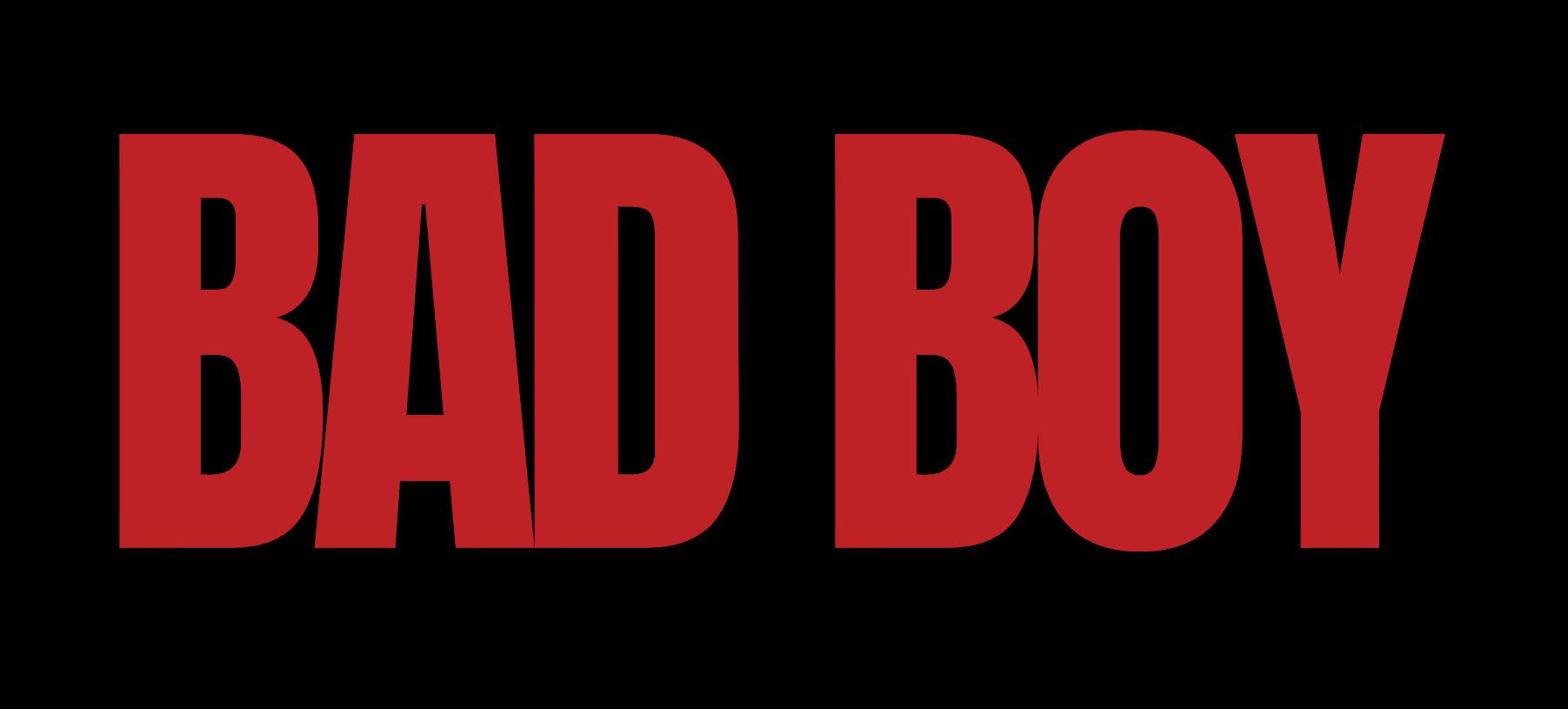
Written By Allen Woodman
In the creation of cinematic villains, few have left as lasting an impression as Mike Barnes from "The Karate Kid Part III."
Portrayed by the talented Sean Kanan, Barnes is the quintessential bad boy of the franchise, a character who embodies the darker side of competition and rivalry in the martial arts world
His fierce demeanor and relentless ambition made him a memorable antagonist, but it’s Kanan’s recent reprisal of the role in the hit series "Cobra Kai" that has truly reshaped the character’s legacy
"The Karate Kid Part III" was released in 1989, Mike Barnes was the embodiment of everything Daniel LaRusso (Ralph Macchio) had to overcome As a fierce competitor trained by the notorious Terry Silver, Barnes was ruthless and cunning, determined to crush LaRusso’s spirit and secure victory at all costs.


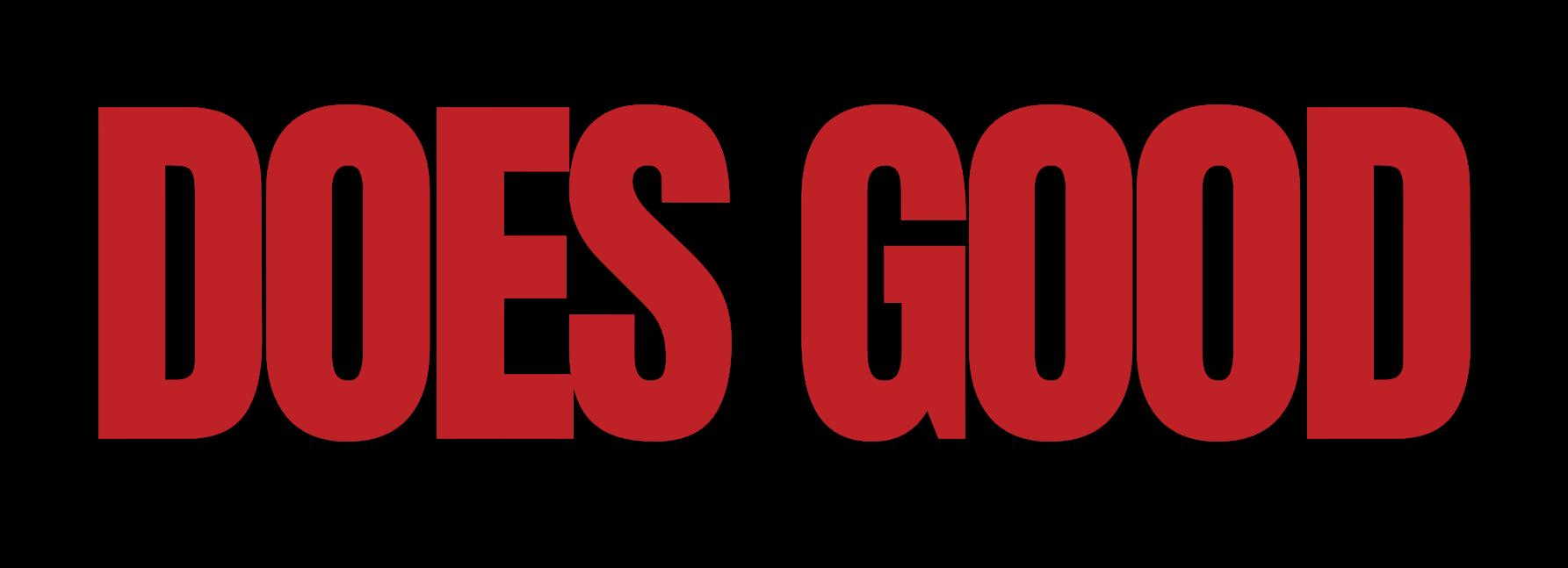
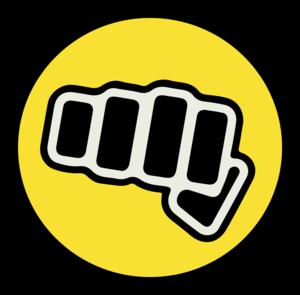

the character that resonated with audiences, cementing Barnes as one of the franchise's most iconic villains. Yet, the world of "Cobra Kai" is not merely a continuation of old rivalries; it’s a re-examination of characters and their journeys.
As the series progressed, fans were thrilled to see Kanan return as Mike Barnes, but this time, the story delves deeper into his character, revealing complexities that were previously unexplored.
Barnes is no longer just the arrogant bully from the past; he’s a multi-faceted character who grapples with his past mistakes and seeks redemption.
The series artfully blends nostalgia with modern storytelling, allowing viewers to see a different side of Barnes He becomes a mentor figure, aiding the students of the Miyagi-Do Karate school as they prepare for the prestigious Sekai Taikai competition.

This unexpected plotline turn adds depth, showcasing how time and experience can lead to growth and transformation.
Kanan’s performance shines in this new light, balancing Barnes’ darker undertones with a genuine desire to help the next generation of martial artists. His journey reflects a broader theme within "Cobra Kai" that people can change, and that redemption is always within reach if one is willing to confront one's past.
In an In-Depth Interview with International Martial Arts Magazine, Sean Kanan shared insights into his portrayal of Mike Barnes and the character’s evolution Kanan also discusses his diverse career, which spans multiple soap opera appearances, various film roles, producing, and author of several books
IMAMAG: First, thank you for sitting with us live and sharing your incredible story.
SK: It’s an honor for me to appear in this magazine, and it’s great to be a part of the worldwide Martial arts community.
IMAMAG: Your role as Mike Barnes is an Iconic role that brought you fame and success. How did you land that role.
SK: It was such an honor for me to get the role at the time and I am grateful that the producers hired me for the part, but it took a couple of auditions to get the role for me. At one point I didn’t think I was going to get it however a last-minute call from the producer finally landed me the part. It has been an incredibly fun ride.
IMAMAG: Well, we at IMAMAG are glad they made the right choice How did it feel to come back to the role after so many years on the new series Cobra Kai?
SK: Returning to the role of Mike Barnes was an incredible opportunity, The writers did a phenomenal job of taking a character who was once a one-dimensional villain and giving him layers. It’s a testament to how people can grow and evolve, which is a central theme of ‘Cobra Kai.’”

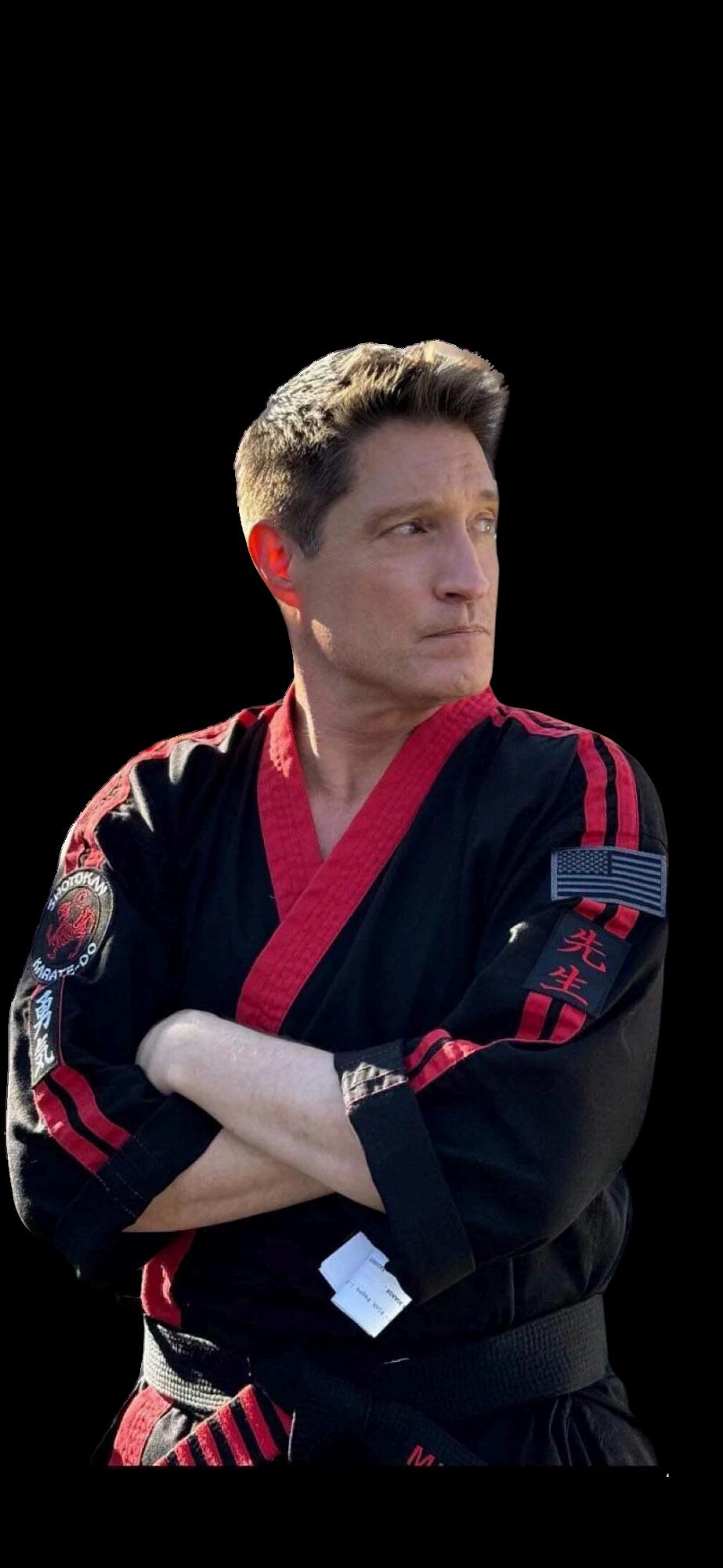
IMAMAG: Can you tell us about your relationship with your co-stars, especially Ralph Macchio and William Zabka?
SK: I have a great relationship with Ralph and Billy. I’ve known Billy since probably 1988, well before I did The Karate Kid III. I’ve had to wait all these years for us to be able to work together Billy is an incredibly humble, funny, and great guy, and he’s a terrific actor one of the things that was a huge gift from my time on Cobra. Kai was the opportunity they gave me to reintroduce myself to RALPH effectively. When we first met, I was a 21-year-old kid, and now, 35+ years later, we have a lot more in common than simply the Miyagi verse
IMAMAG: How is your current relationship with Ralph Machio (Daniel Larusso) and Billy Zabka (Johnny)?
SK: Ralph and I are both committed husbands and fathers. Ralph is extremely down-to-earth and considerate. Most recently, he was kind enough to write a blurb for my newest book, Way of the COBRA Couples. When you ’ re with Ralph and Billy, you would never know that they are two internationally famous stars. I’m truly happy for their success, and it couldn’t happen to two more admirable guys.
IMAMAG: What was the most rewarding part of reprising your role in Cobra Kai?
SK: The opportunity to reprise my role 35 years later presented a unique opportunity to show evolution in the character.

SK: When you play a role, it’s not often 35 years later that you get another bite at the apple. And if I’m being completely honest, which is what I always strive for, the fact that the show has become a global sensation didn't hurt.
IMAMAG: How do you balance your acting career with your other ventures, such as writing and producing?
SK: Generally, I tend to act in almost all the projects in which I write and produce. Although wearing multiple hats professionally does require me to work long hours, I’m doing something that I love.
My wife, Michele is my producing partner and she’s a tremendous asset to anything I do and is the next best thing to cloning myself. Actually, I’m going to amend that last sentence. She’s better than just having a clone of myself.

SK: The trick isn’t balancing acting, writing, and producing. Balancing my professional life with my personal life is very important to me It takes work and is not always perfect, but nothing is.
IMAMAG: Some of our readers sent questions that we hoped you would be willing to answer. They are die-hard fans of the films and shows.
IMAMAG: What’s the most surprising thing a fan has ever asked you about Mike Barnes?
SK: One of the most intriguing questions a fan has ever asked about Mike Barnes from "The Karate Kid Part III" was "What motivated Mike Barnes to become the villain he was, and do you think he ever regretted his actions?"
This question was pretty deep about Barnes's psychology, exploring his background, the pressures of competition, and the influence of his mentor, Terry Silver.
It opened up a fascinating exploration of how circumstances and relationships can shape a person ’ s choices, to consider whether there’s more to Barnes than just the bad boy persona and whether he had moments of reflection or regret about his ruthless pursuit of victory.
They touched on it in the new Cobra Kai series.
IMAMAG: That is an interesting question actually.
IMAMAG: If you could change one thing about Mike Barnes’ storyline, what would it be?
SK: I always thought that the story of Mike Barnes would’ve significantly been strengthened if we knew more about his background. What motivated this 17-yearold kid to come to Los Angeles and accept a deal from a guy like Terry Silver. Was he doing it because he needed money for his family? Was he running away from something?
IMAMAG: Do you have any favorite episodes or scenes from Cobra Kai?
SK: Without a doubt, the scene in season five with Chozen, Daniele, and Johnny outside of the limo was probably my favorite. We had never worked together and had limited time to rehearse and film the scene. Everyone had to bring their Agame pretty quickly. The scene required a lot of different elements, including humor, physicality, and pathos. We were all in sync, and as a bonus, Ralph confided in me that it was one of his favorite scenes in the entire show.
IMAMAG: What advice would you give to aspiring actors and martial artists? I’m a firm believer that if you want results in anything ignore them.
SK: Instead focus on the process of whatever you ’ re doing whether it’s learning to act or learning a martial art. Part of the process involves frustration and setbacks.

SK: The secret is not viewing these as failures but rather as teachers and as part of the process. Remain in the present. Remain teachable. Remain open to possibility.
IMAMAG: How did you create the character of Mike Barnes?
SK: “Every role I take on teaches me something new. Mike Barnes is a character that challenges me to explore the darker aspects of human nature while also seeking redemption.”
IMAMAG: Can you share any upcoming projects or plans you ’ re excited about?
SK: Next year will mark the 25th anniversary of my beginning the role of Deacon Sharpe on The Bold and the Beautiful. It’s hard to believe. I’m involved with several other projects that are already underway and look forward to sharing them with everyone as soon as possible.
My fifth book has just been released and co-authored with my wife, Michele. It’s the third installment in the Way of the COBRA franchise called Way of the COBRA Couples. It’s a fantastic book about relationships, written from two perspectives. Whether you ’ re looking to take your relationship to the next level or are single and ready to find the right partner, this book will be indispensable. For anyone unfamiliar with the books, they are structured that I’m the sensei, and you ’ re in my dojo.
SK: COBRA is an acronym formed from character, optimization, balance, respect, and abundance. The chapters are divided into belts and will take you from White belt to Black belt. It’s available on Amazon, as are the first two books in the series, Way of the COBRA and Welcome to the Kumite.
IMAMAG: Thank you for your time and your down-to-earth answers. We appreciate you and the legacy that you leave behind you as you pursue your future endeavors We wish you all the best
As we part from Sean Kanan we are left with an incredible story and wonderful memories.
His experience in the entertainment industry has equipped him with the skills to tackle complex characters, and he brings that depth to Barnes.

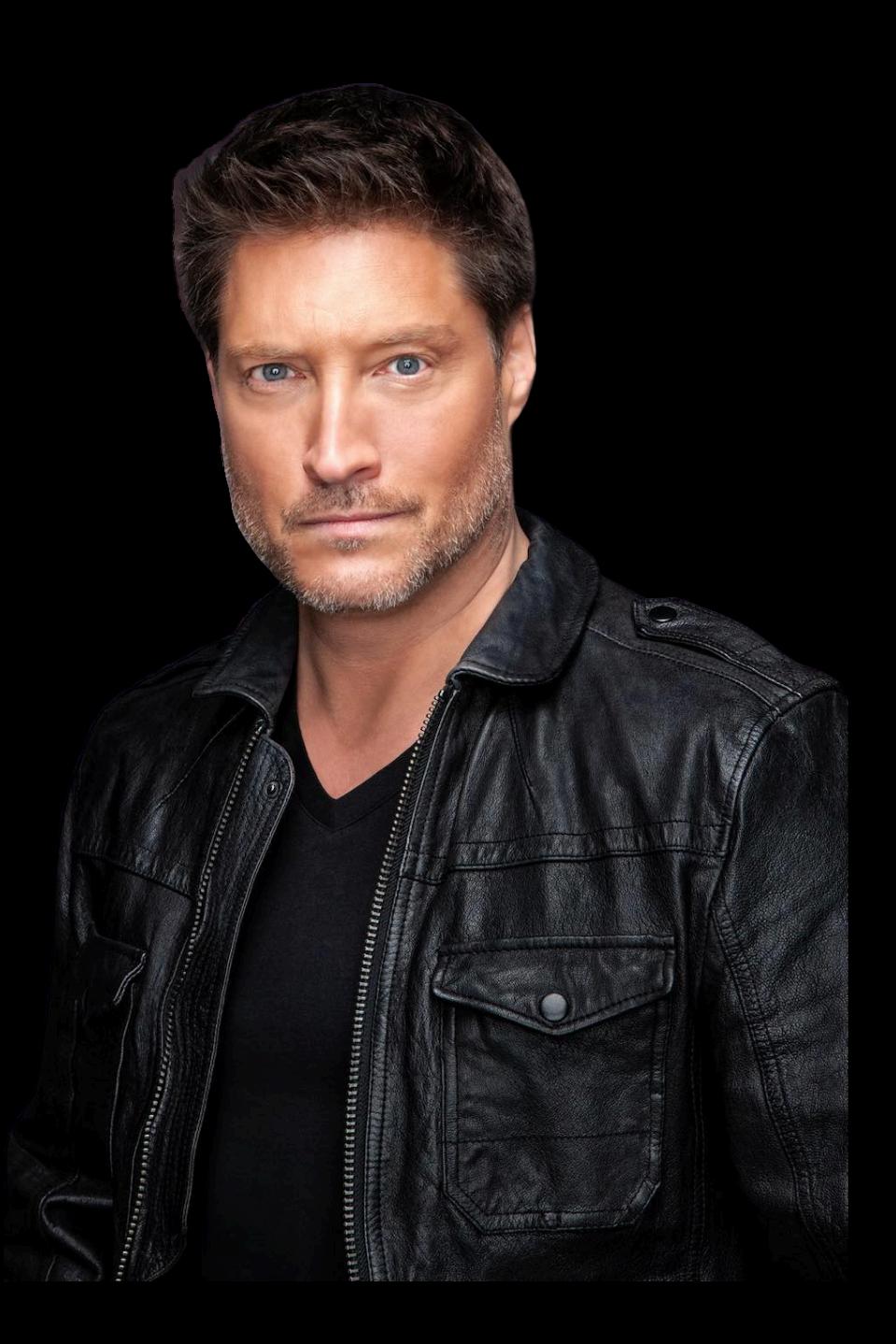
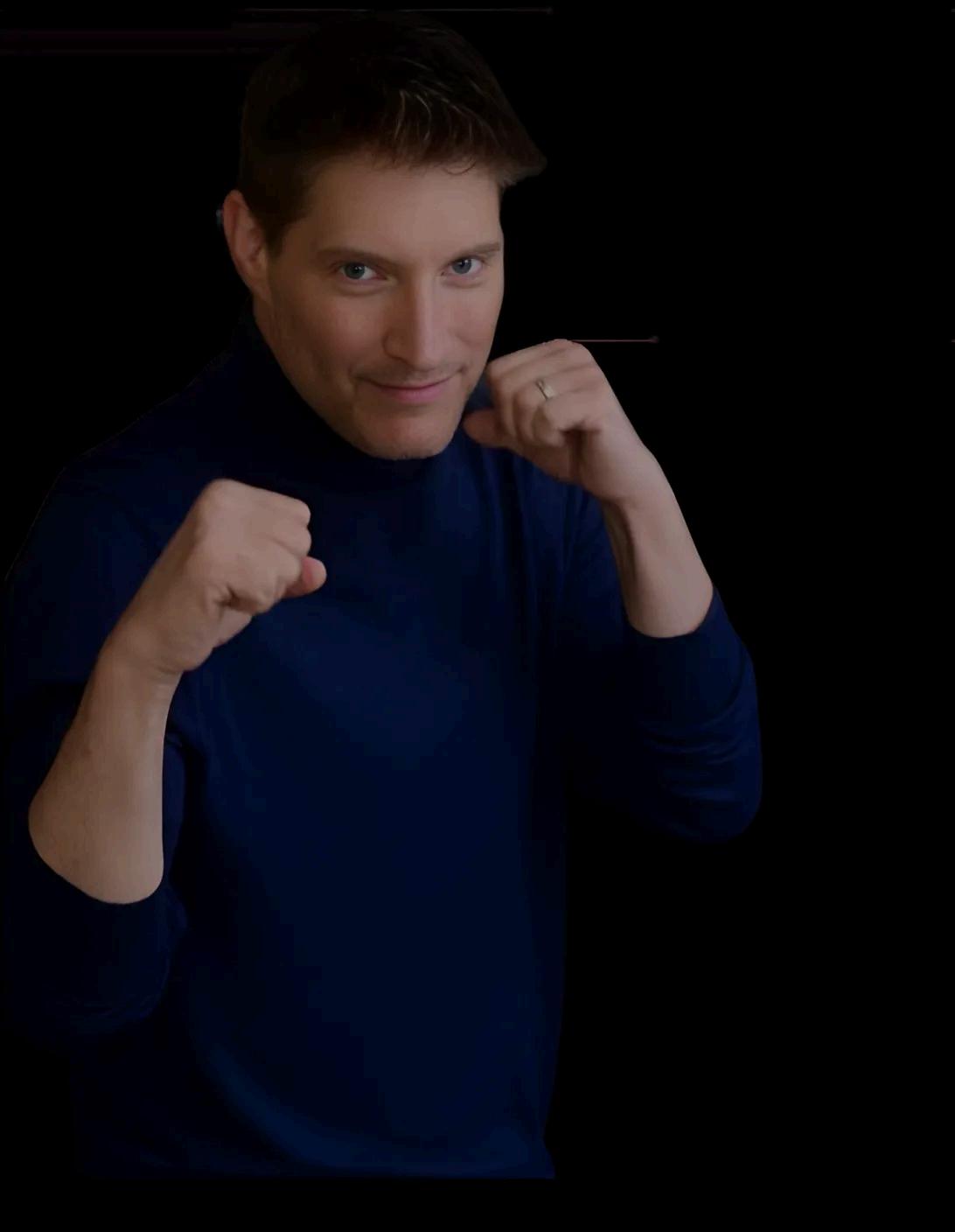
As "Cobra Kai" prepares to air its final season in early 2024, fans are eager to see how the story will conclude
The culmination of Barnes’ arc, intertwined with the journeys of other beloved characters, promises to deliver a gripping finale that honors the legacy of the original films while paving the way for new narratives.
Kanan’s portrayal of Mike Barnes has evolved from a teenage villain to a complex figure grappling with his past, embodying the series' theme of redemption
As the final credits roll on "Cobra Kai," viewers will not only remember the legacy of Mike Barnes but also appreciate the journey of a character who has come full circle.
Thus, Kanan's return as Mike Barnes proves that growth is possible, even for the most unlikely heroes. In the end, Kanan’s return as Mike Barnes celebrates character development, nostalgia, and the enduring spirit of martial arts, leaving an indelible mark on fans old and new.
As we look forward to the conclusion of this iconic series, one thing is certain: the legacy of Mike Barnes will continue to inspire and resonate for years to come.

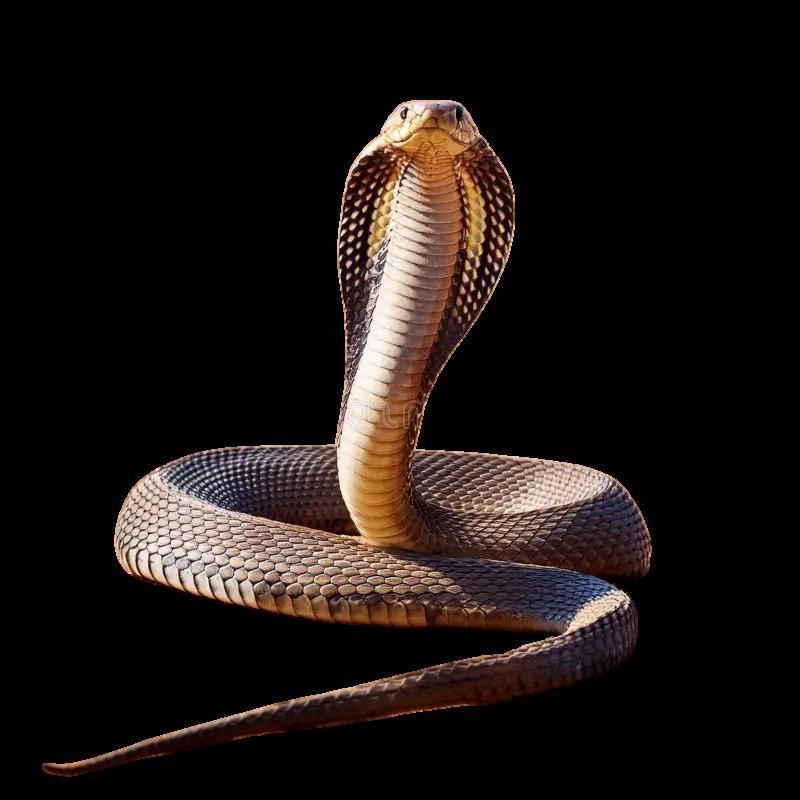
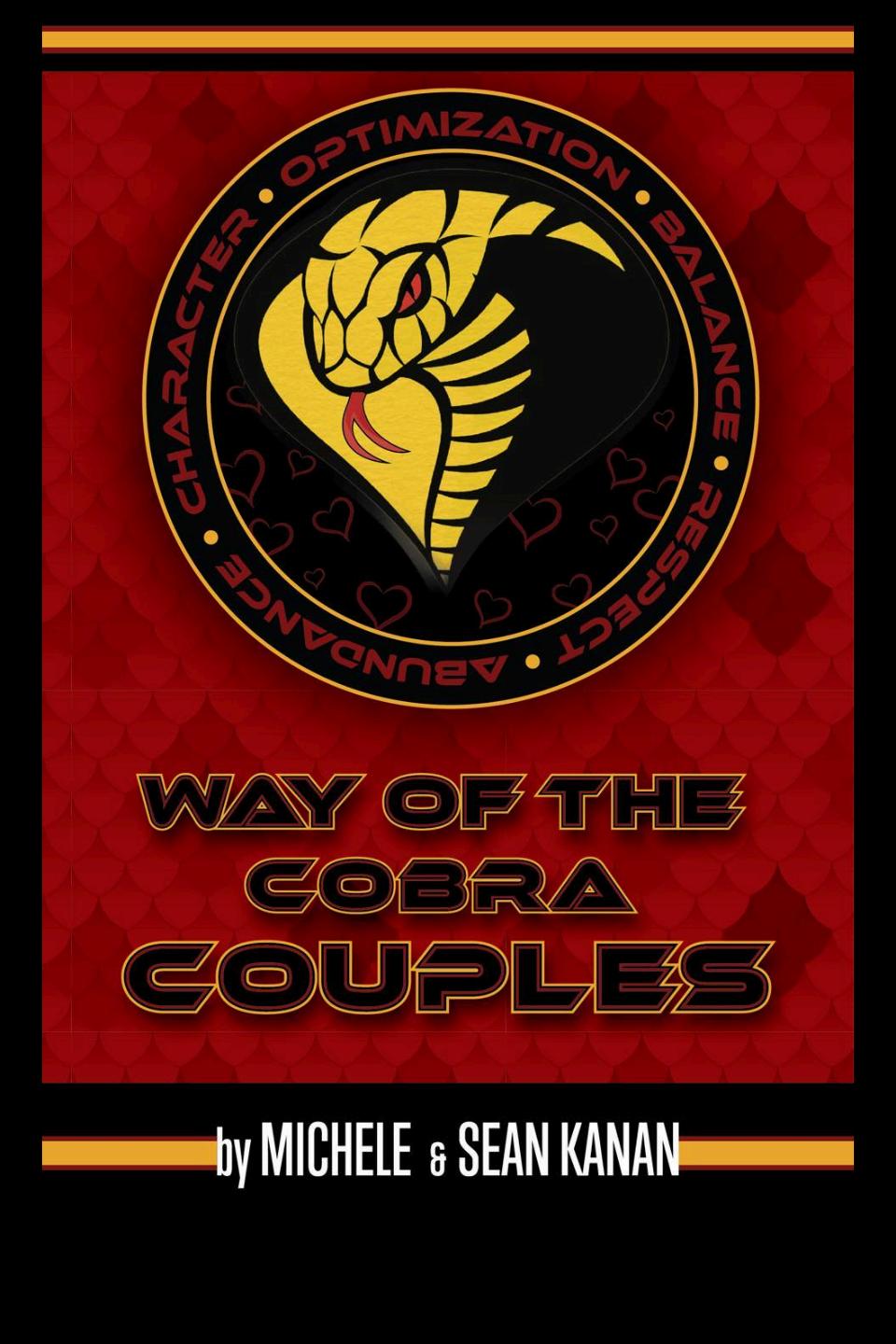
How did a notorious Hollywood bad boy and a carpool mom with four kids become a Tinseltown power couple? Sensei Sean Kanan is back in the Way of the COBRA dojo, this time with his co-Sensei and wife, Michele, teaching you the mindset, philosophy and battle-tested strategies that led them to a life of meaningful happiness together. Discover how build a fantastic partnership while maintaining your individual identity by becoming a COBRA Couple, not a statistic.

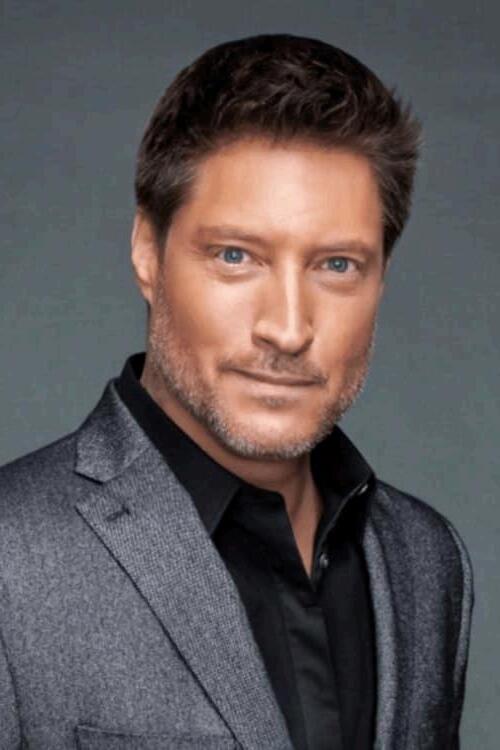

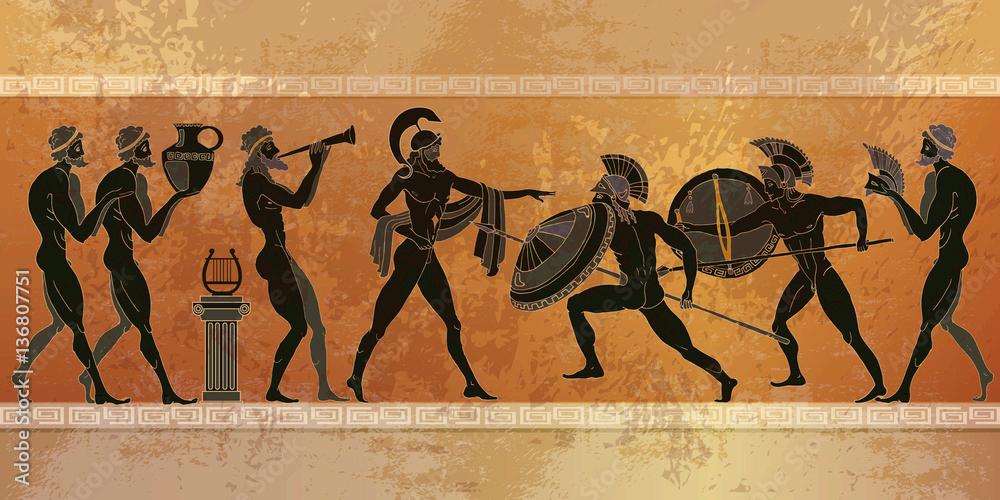


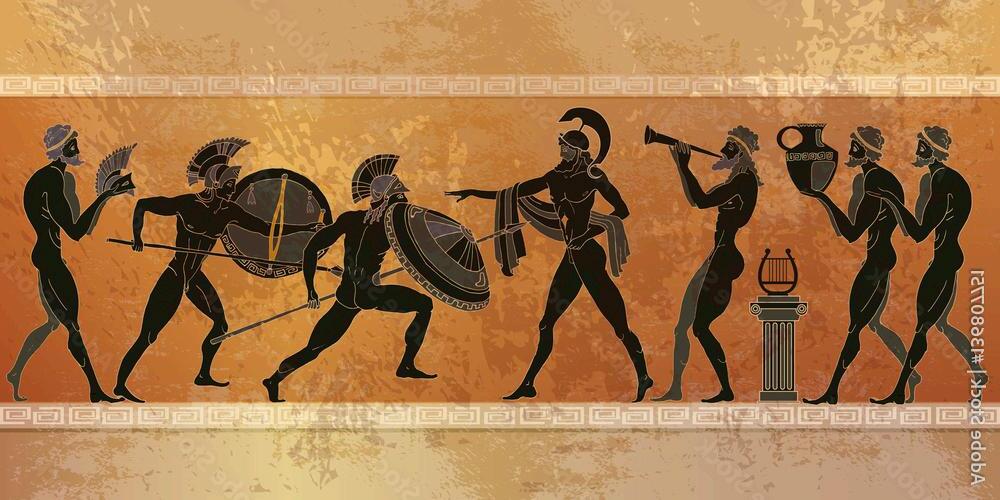
new stimulus.

To some, the perception of mixed martial arts − integrating combat skills from various sources for one-on-one competition − is novel. In truth, however, it’s not really new or revolutionary. It actually can be traced back some 3000 years to ancient Greece.
Since its inception in the early-1970s, many have disputed this claim citing other cultures, Asia in particular. However, it’s the Greeks who have the best-documented proof of their accomplishments through the ages, both in poetry and art. Vase paintings, sculptures, wall frescoes, coins, and the writings of poets and philosophers all aptly describe legendary fighters, various techniques, and epic contests. Until conclusive evidence is presented to the contrary, Greece reigns as the birthplace of MMA.

Loosely translated as “all-powers” or “all-encompassing”, it was a brutal amalgam of striking and grappling techniques.
First entered into the 33 rd Olympic Games in 648 B.C. pankration, along with wrestling (pale) and boxing (pygmachia) formed the heavy events.
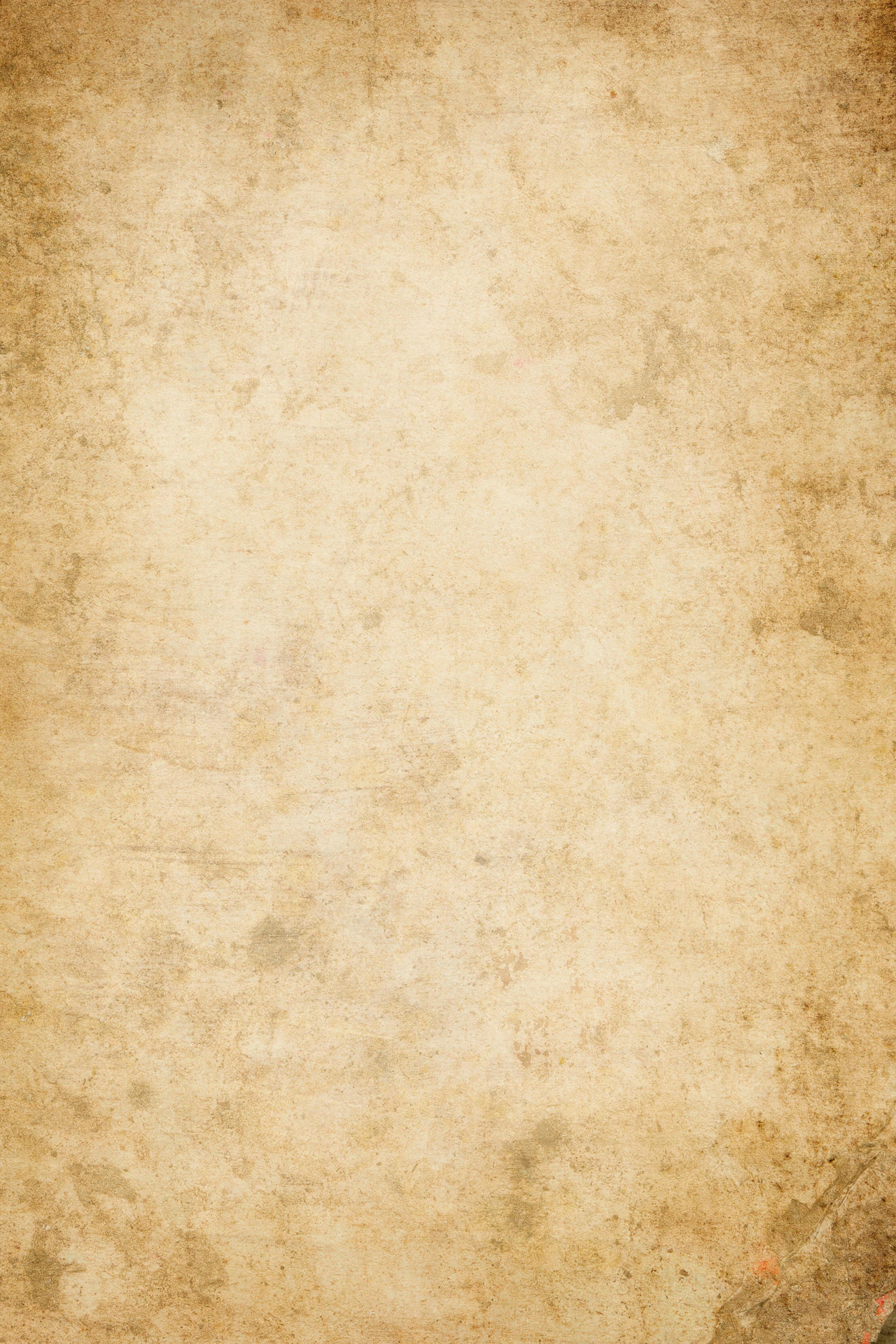

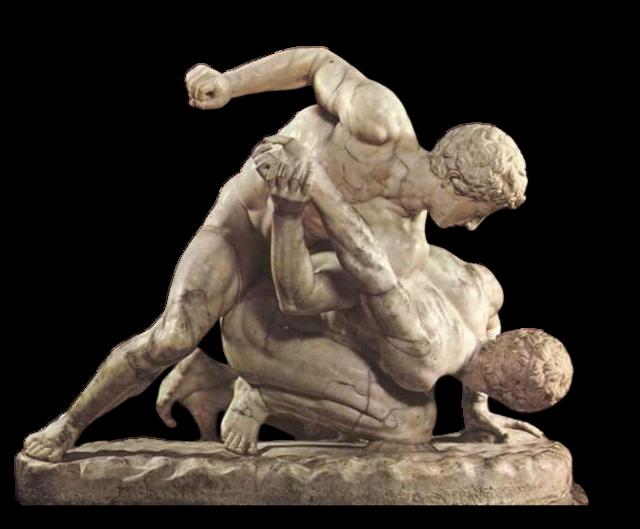








respected for their endurance, courage, and skill that their rewards exceeded those of all other athletes combined.
The exceptionally rugged fighters even participated in both wrestling and pankration on the same day. It soon became such an age in Greek society that a youth division (the troad) was added in 200 B.C.
Pankration dates back several thousand years with its exact origins lost in the annals of Hellenic history. The ancient Greeks were no doubt influenced by earlier civilizations such as Egypt, Minoa, and Mycenae.
A rhyton from Crete illustrates boxing and wrestling scenes as early as 1700 B.C.


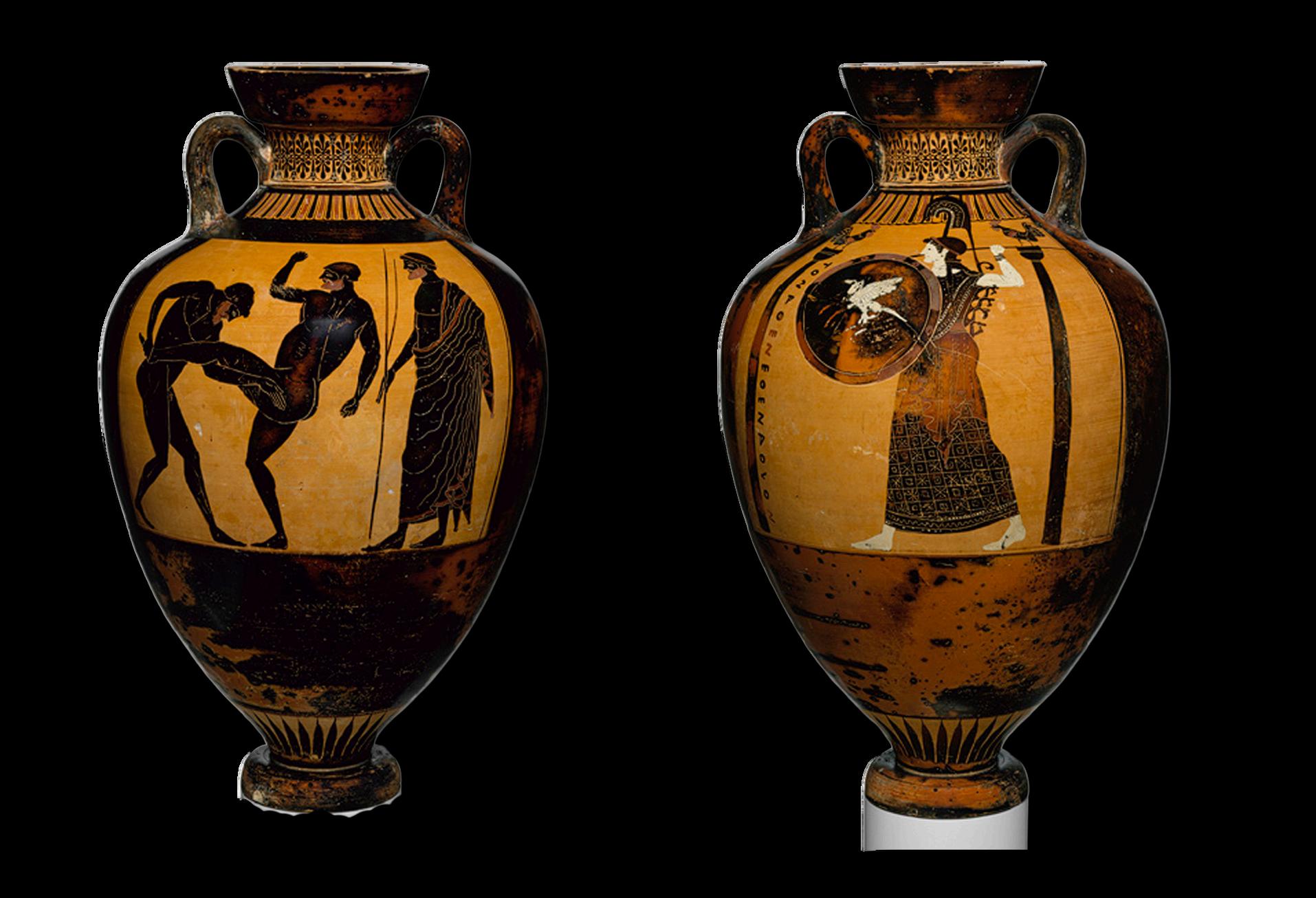
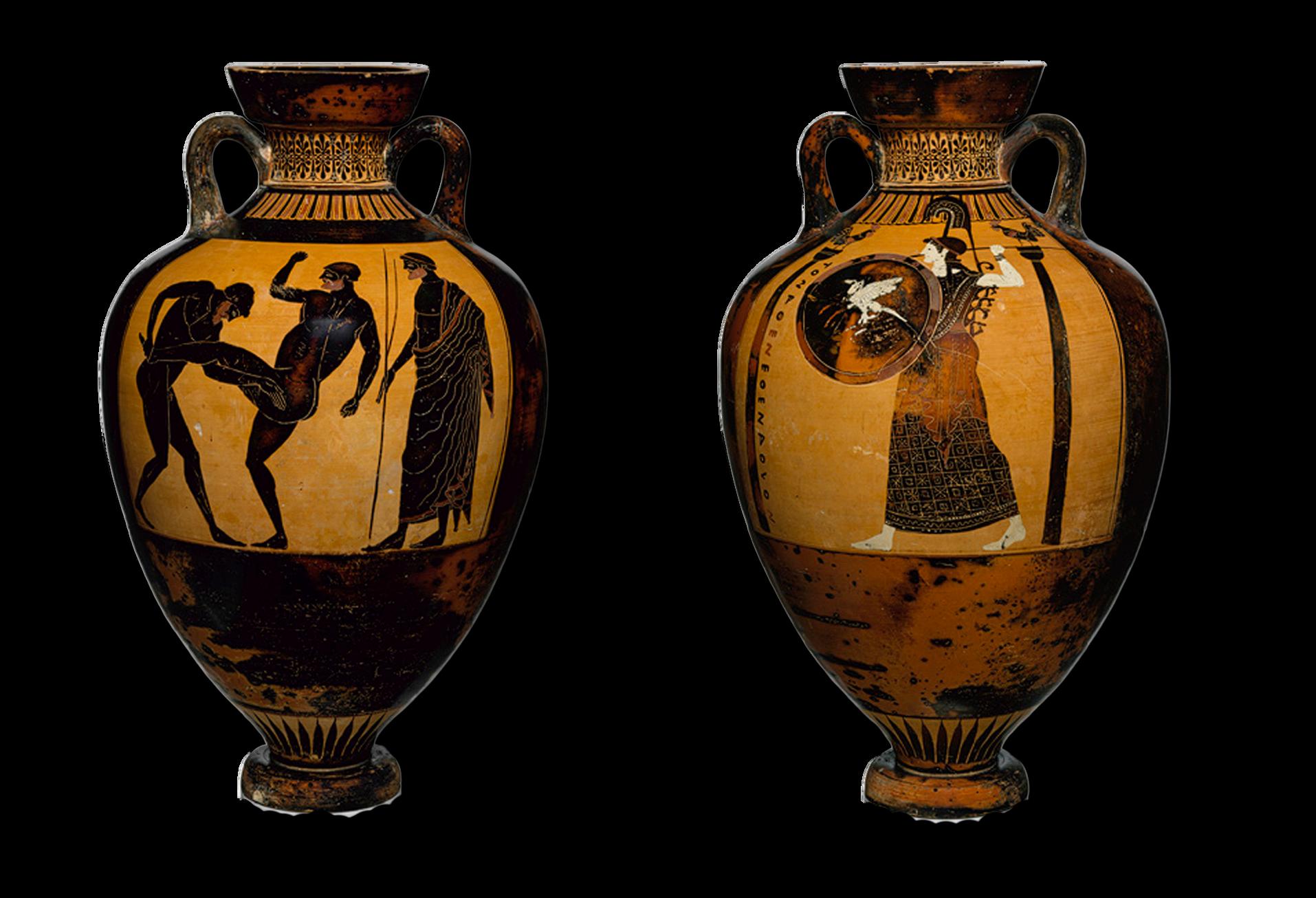
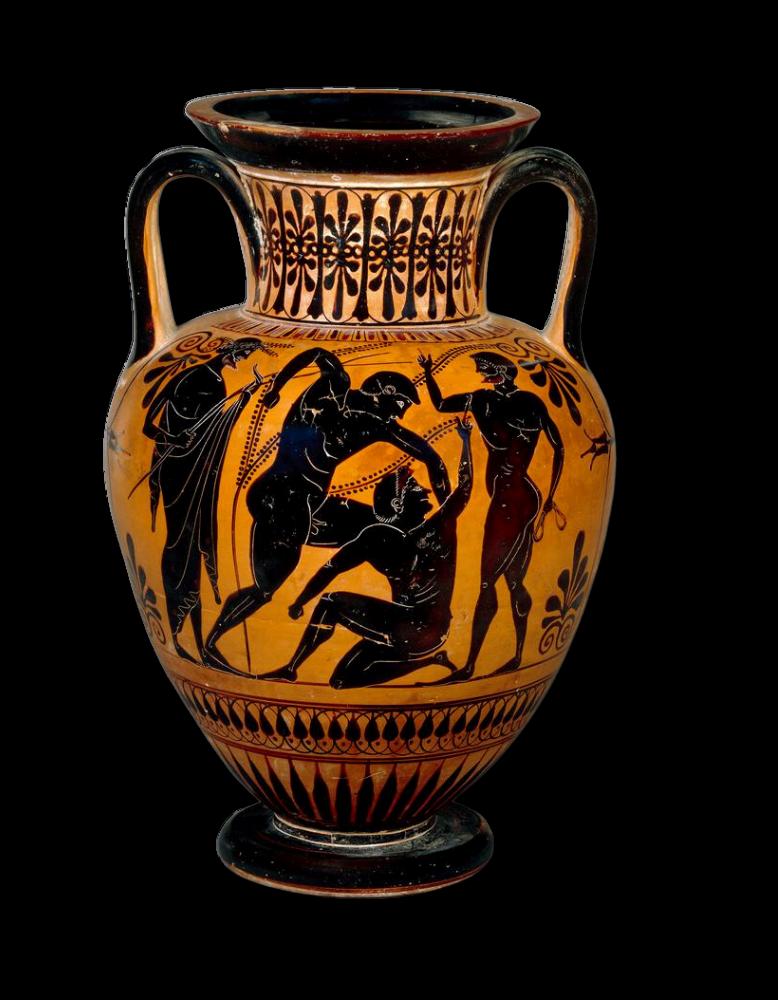
grappling with the addition of kicking was their own. A relative newcomer to Greek combat sport, it’s not mentioned in Homeric poems or in any writings prior to the fifth century B.C. There’s even a mythological genesis that credits the great Herakles and Theseus of Attica as the cofounders of pankration largely in part due to their feats of defeating wild lions and fearsome Minotaurs with their bare hands.
History shows that in 326 B.C. pankration was brought into India by the conquering troops of Alexander the Great. They carried with them elaborate tents, actually collapsible amphitheaters, in which they could practice and play the athletic games. Pankration stood out and impressed the Indian warriors as to the superiority of the Greek combat units, and by the ability of the individual hoplite (soldier) to continue fighting even after his weapons were lost.
This dispersal of pankration into the sub-continent laid the groundwork for the later exportation of fighting techniques into China, Okinawa, and other parts of the Far East.
All athletic games in Greece had a strong religious and spiritual connection. The combat sport contests held at the various festivals paid worship to the gods on Mount Olympus, and the holy walls (metopes) of the Parthenon were decorated with fight scenes.
Their inclusion in the PanHellenic festivals, particularly the Olympic Games, suggests that pankration had been systemized enough to become accepted as a bonafide martial art. By the end of the Classical Period (702-342 B.C.) it was practiced in nearly all of the Greek polis (city-states) and colonies throughout the Mediterranean.
Pankration’s historical evolution can be classified in various phases.
The first and original version was primarily standup fighting based on battlefield combat (sans arms and armor) known as pammachon (“total combat”). It consisted of striking, kicking, uprooting an opponent with takedowns and throws, and some basic submission holds. This remained the classic sport for 200 years.
The second phase veered from its battlefield roots and emphasized more grappling and ground fighting. This was the variant that Plato, himself a former Olympic wrestler, and other military leaders criticized as being useless for warfare. In spite of these claims, pankration played an important role in military training.
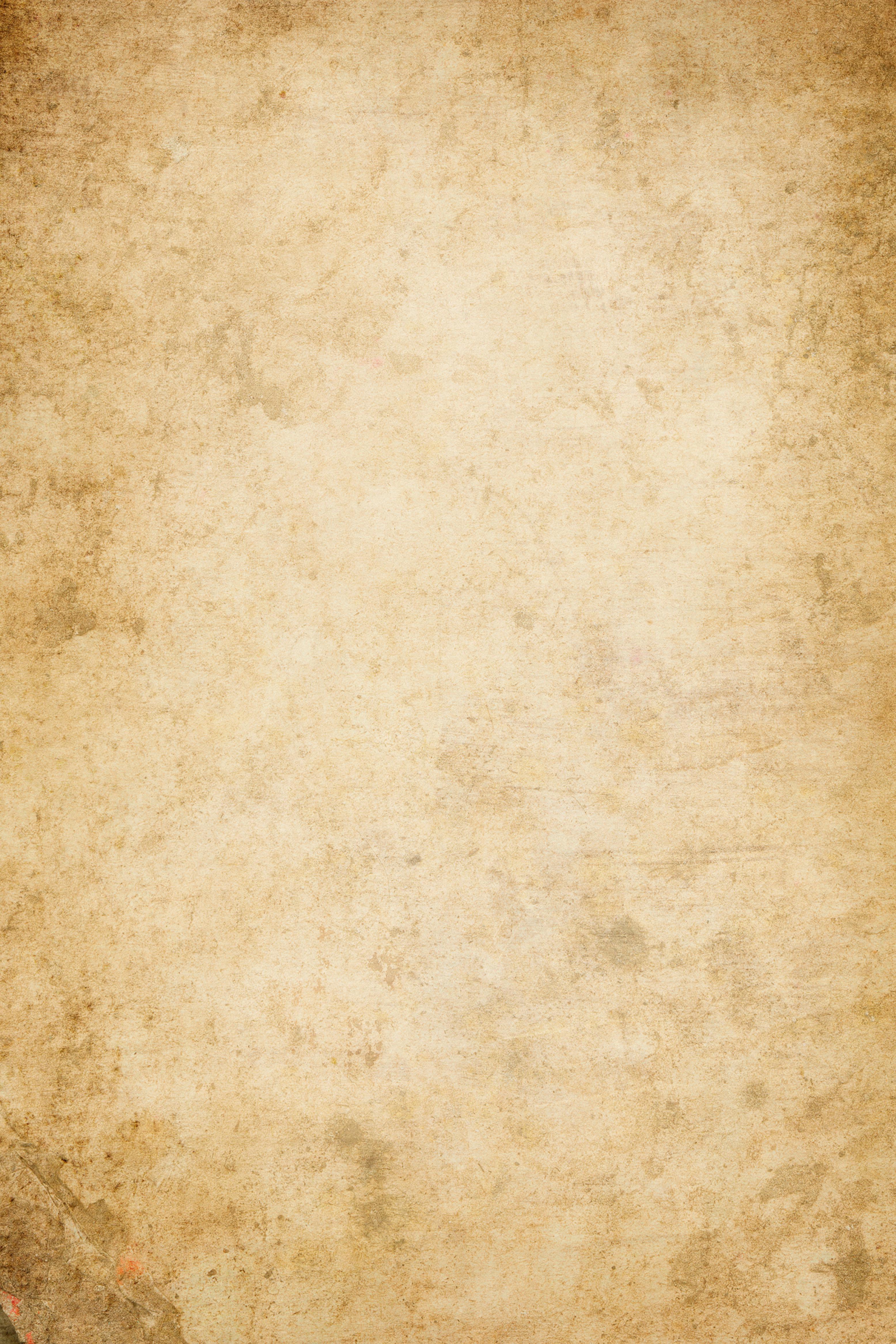

Pankration has left a wide and varied legacy. Alexander the Great recruited the strongest combatants into his army.
It has been argued by scholars and historians that his conquests spread the techniques of Pankration into Asia, and that this contributed to the rise of Eastern martial arts such as kung fu, karate, and Japanese jiu-jitsu.
Pankration aided Greek soldiers throughout the many wars and battles of the Classical and Hellenistic periods (500-150 BC).
It complimented a hoplites training with a spear and shield and was useful in close quarters.
It is said that the Spartans at Thermopylae fought with their bare hands and teeth once their spears and swords had shattered.
Ancient Greek Pankration was the first historical instance of a combined multiart hand-to-hand fighting system. As such, current MMA may justifiably be termed an evolved form of the Pankration that the Greeks of antiquity practiced.



By the end of the Hellenistic Era (326426 B.C.) pankration would begin its decline.
Although it had once attracted the finest combat athletes pankration’s golden age was not to last. Many factors caused this, perhaps the most prominent being the increasing influence of professionalism and the corruption that came with it. Politics also contributed. As the polis lost its independence it also saw its sense of athletic idealism slip away.
Once mainland Greece succumbed to Rome in battle, more changes would ensue. The Romans adopted pankration into their own Games but it was considered too tame for the bloodthirsty mobs who found Capuan boxing more to their liking.
Statues of maimed fighters attest to the carnage of these bouts. However, even this brutal event that featured pugilists wearing the caestus, a lethal metalstudded gauntlet on their fists, would take a back seat to deadly gladiatorial contests with swords. In 393 A.D., all pagan festivals were abolished by the powerful Christian movement and pankration would vanish for the next thousand years.
About the Author
Great Grandmaster Jim Arvanitis is a freelance writer and published author of fifteen books on his fighting art. World-acclaimed as the “Father of Modern Pankration”, he has spent his life researching and rebuilding the ancient combat system of his ancestors. Arvanitis has been a fixture in the martial arts media for more than five decades with countless magazine articles and several cover stories and has starred in instructional videos and appeared on national television. The accomplished combat athlete has received numerous Hall of Fame awards for his accolades including Living Legend, Historical Figure, American Icon, and Athlete of the Century. His students include Military Special Ops and he trained the Army Rangers for the Operation Desert Storm campaign in 1991-92.

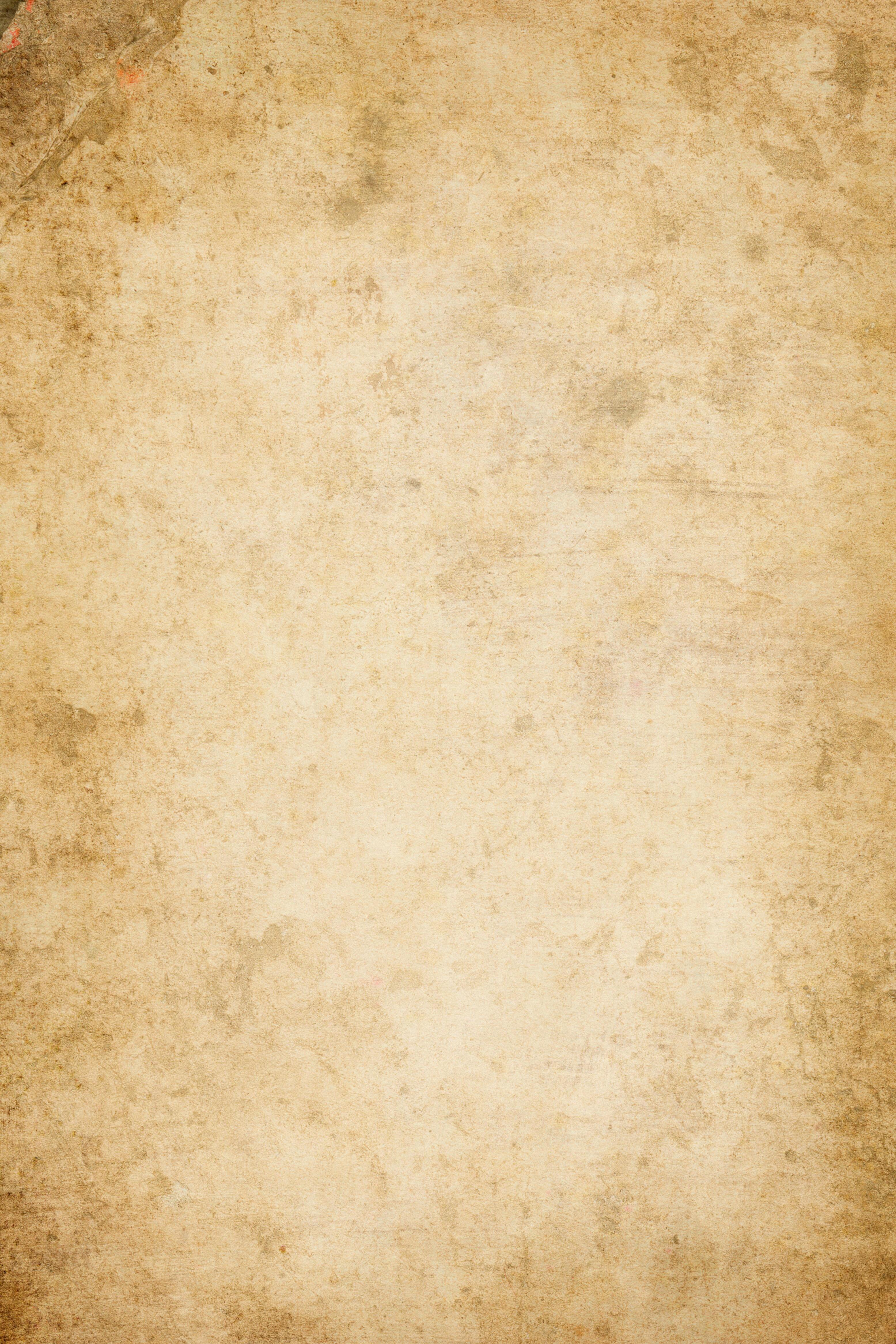
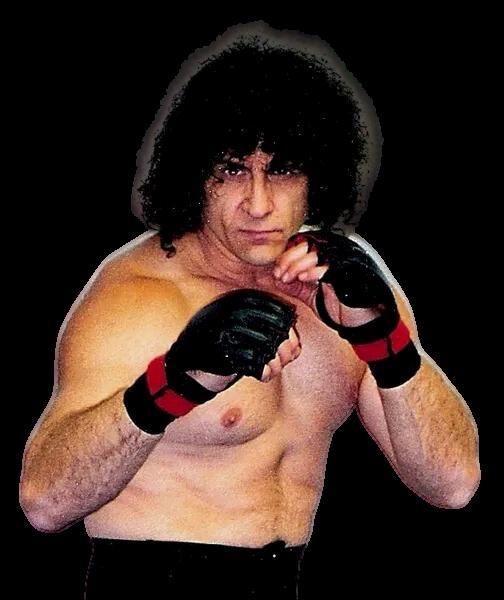
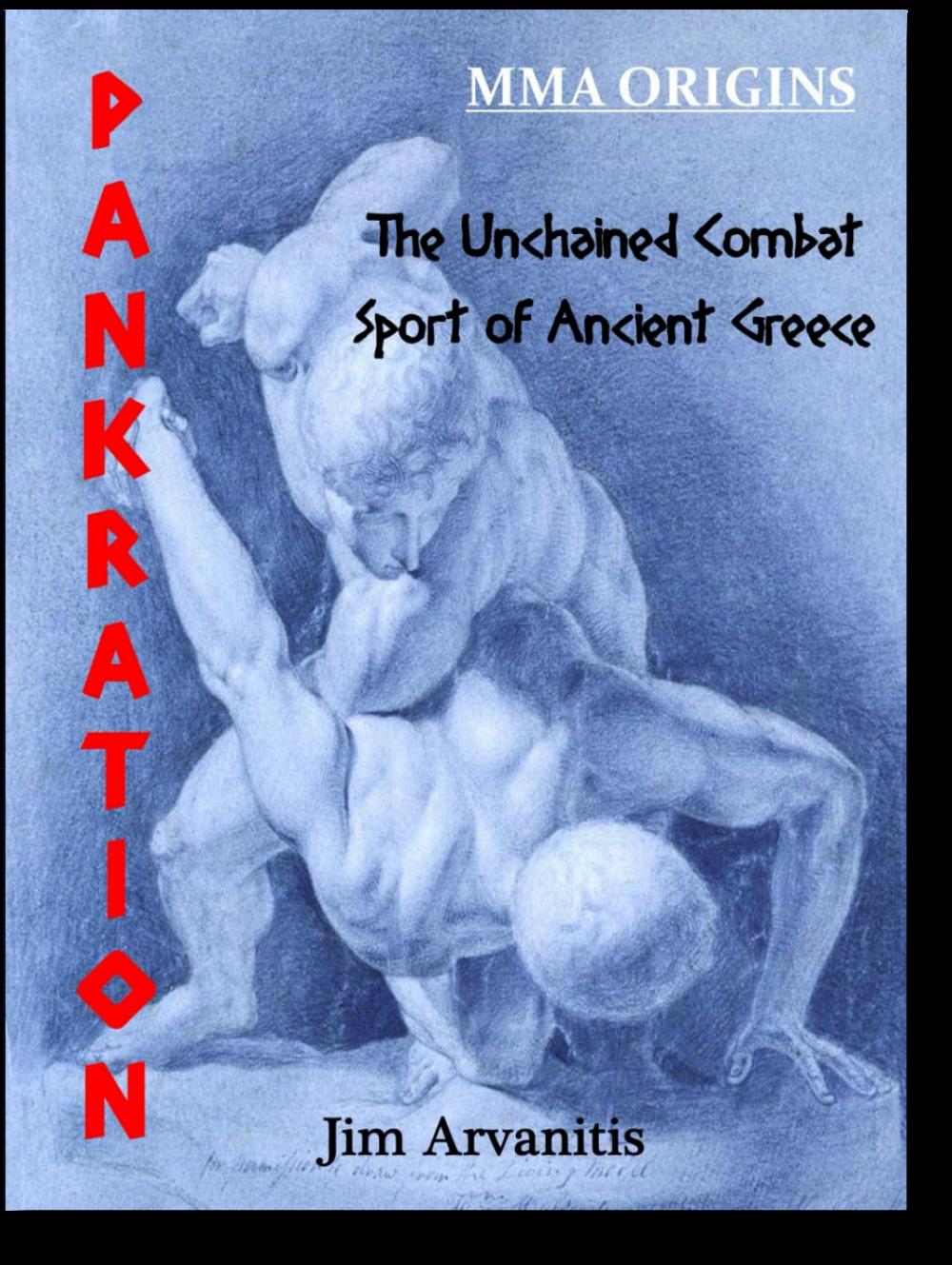
The Unchained Combat Sport of Ancient Greece is a fully- illustrated guide to what was the cornerstone of the early Olympic Games and Panhellenic festivals.
It examines the brutal blood sport based on the author’s more than forty-five years of extensive research and practice. Considered the precursor of today’s mixed martial arts cage competitions, many historians also contend that pankration laid the groundwork for the development of Asian karate and kung-fu, as well as other fighting styles throughout the world.
The content traces pankration’s historical origins in mythology and on the battlefield where it was known as pammachon, to its transformation and prominence as an Olympic spectacle.
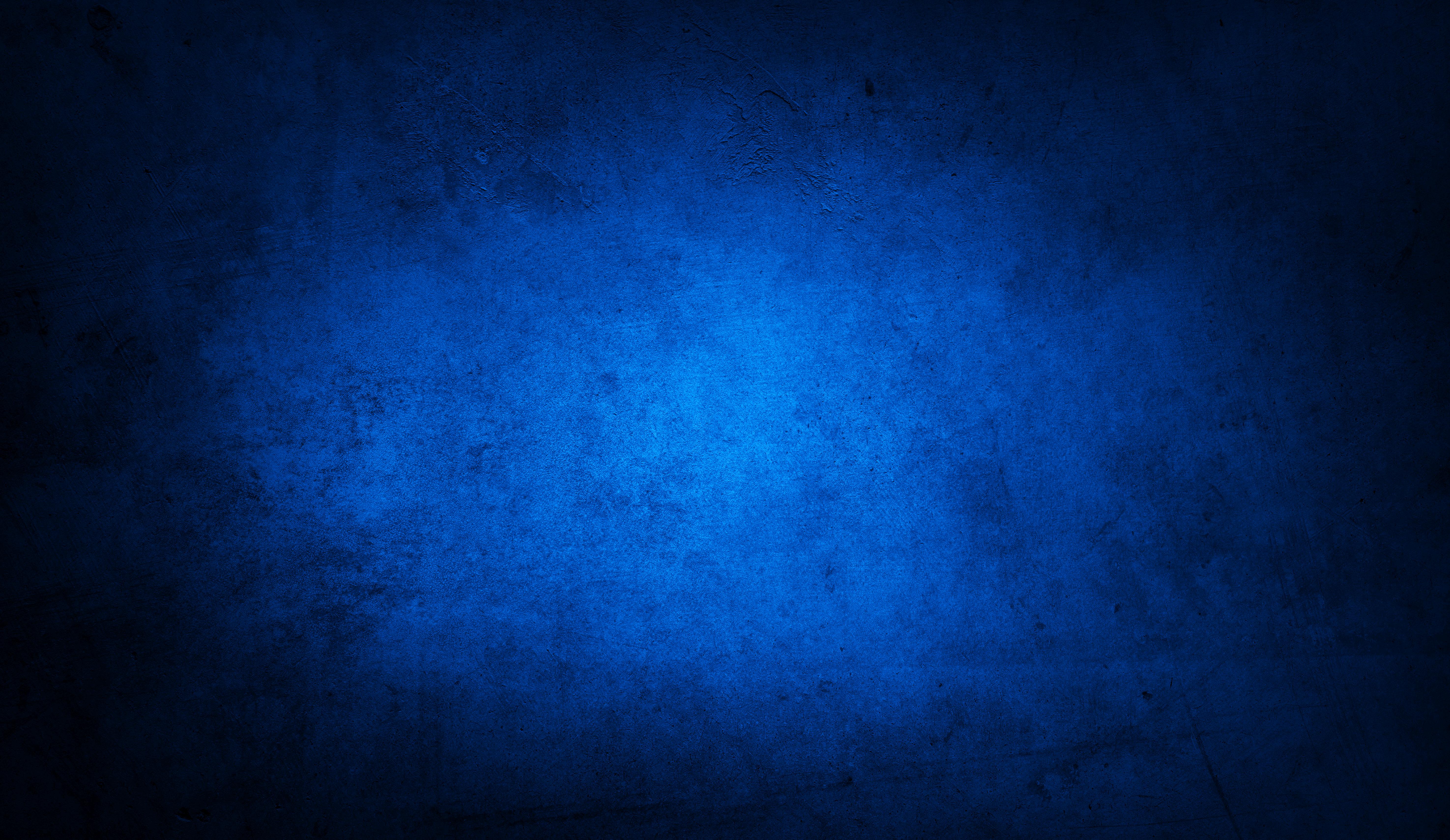
It also explores combat sports of earlier civilizations such as Egypt, Minoa, and Crete as well as the adoption of pankration by the Romans. Boxing (pyxmachia) and wrestling (pale), which formed the foundation of pankration’s diverse skill-set are also detailed.
Event rules, an analysis of pankration techniques, and training methods are covered along with a listing of all the Olympic pankration champions from its inception in 648 B.C. until the last documented contest on record. Emphasis is given to the role that pankration played in Hellenic culture and its religious connection to the gods themselves.
This definitive work adds new information to the author’s published books, and brings to light the importance of pankration as not only the Original MMA, but as the missing link in martial arts evolution.

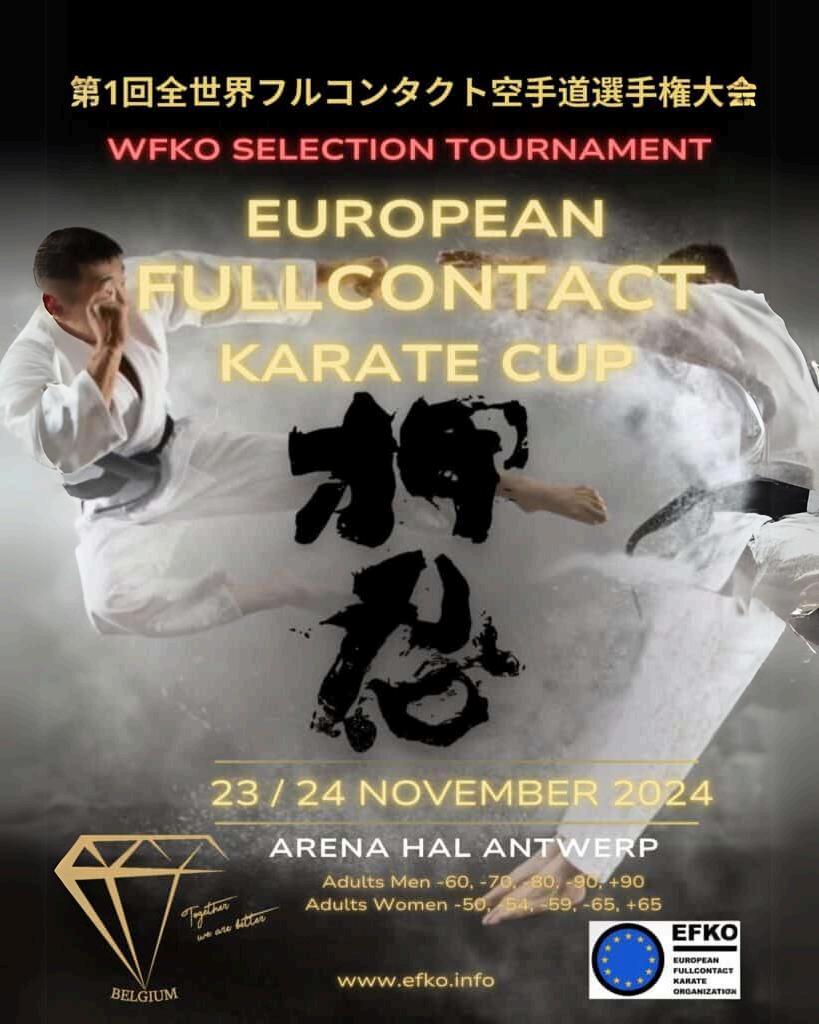
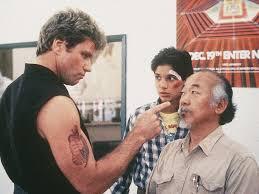
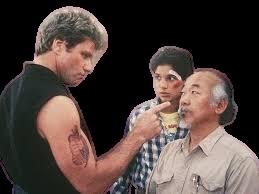
Written by Sumiko Nakano

Photographs courtesy of Columbia / Shutterstock)
For nearly four decades, The Karate Kid has been upheld as the ultimate underdog story. Daniel LaRusso, a kid with no background in martial arts, takes on the bullies of Cobra Kai, wins a life-changing tournament, and proves that hard work and honor always prevail. But here’s the thing: what if we’ve been rooting for the wrong guy all along?
What if Johnny Lawrence and Mike Barnes, the supposed “bad boys,” were never the real villains, but victims of their circumstances? Worse yet, what if Daniel LaRusso, under the guidance of the seemingly virtuous Mr. Miyagi, wasn’t as honorable as we’ve all been led to believe?
It’s time to dig deeper into The Karate Kid saga and reconsider everything we thought we knew about its characters, their motivations, and what truly defines a hero in the story.
Johnny Lawrence has always been cast as the quintessential bully—violent, cocky, and determined to crush the underdog. But when we peel back the layers, Johnny’s story is one of tragedy, not malice. Johnny didn’t come from a position of privilege or power—he was a broken kid, molded into a weapon by John Kreese, a sadistic sensei who turned a teenage karate dojo into a breeding ground for violence and toxic masculinity.

Kreese taught Johnny that mercy was weakness, and Johnny followed suit, becoming exactly what Kreese wanted him to be.
Fast forward to Cobra Kai, and we see the brutal aftermath of Kreese’s manipulations. Johnny Lawrence is a man haunted by his past, a tragic figure whose life has spiraled into alcoholism, isolation, and self-destruction. But instead of wallowing in his failures, Johnny embarks on a path of redemption.
He reopens Cobra Kai, not to relive his glory days, but to offer kids a way out of their own pain. His methods may still be rough around the edges, but Johnny evolves—he grows, learns from his mistakes, and becomes a better man. He does what Daniel LaRusso never does: he changes.
Let’s not forget the crane kick that sealed Johnny’s fate. Was Daniel’s victory even legitimate? Strikes to the face were supposedly against the rules in the All-Valley Tournament, yet Daniel’s infamous crane kick landed squarely on Johnny’s face. Even Ralph Macchio himself has admitted the kick was questionable. So, was Johnny truly defeated, or was he robbed of a fair fight?

In a real martial arts setting, would we be applauding Daniel’s win or calling foul? The fact that Daniel won through an illegal move cast a dark shadow over his so-called victory. And let’s be honest: Johnny never stood a chance— not against Daniel, not against the rigged narrative, and certainly not against the toxic indoctrination he received from Kreese.

Then there’s Mike Barnes, the so-called “Bad Boy of Karate” introduced in The Karate Kid Part III.
Unlike Johnny, Mike’s aggression isn’t fueled by any personal vendetta against Daniel. Instead, he’s manipulated by Terry Silver, Kreese’s equally unhinged business partner, to torment Daniel for financial gain.
Silver is the mastermind behind Mike’s vicious behavior, and Mike, eager to advance his career, falls into the trap. But does that make him evil? No, it makes him a pawn in a much larger, much darker game.
By the time Cobra Kai rolls around, Mike Barnes has walked away from karate altogether. He’s running a furniture store, living a quiet life, far removed from the violence of his youth. But when Silver drags him back into the fray, we see that Mike is not the ruthless villain he once seemed to be—he’s a man haunted by his past, a man who was used and discarded by manipulative figures like Kreese and Silver.
He’s no longer the “Bad Boy of Karate”—he’s a man trying to escape the ghosts of his youth, only to have them catch up with him.
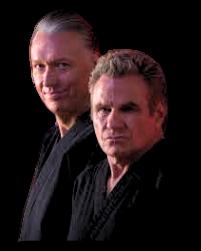

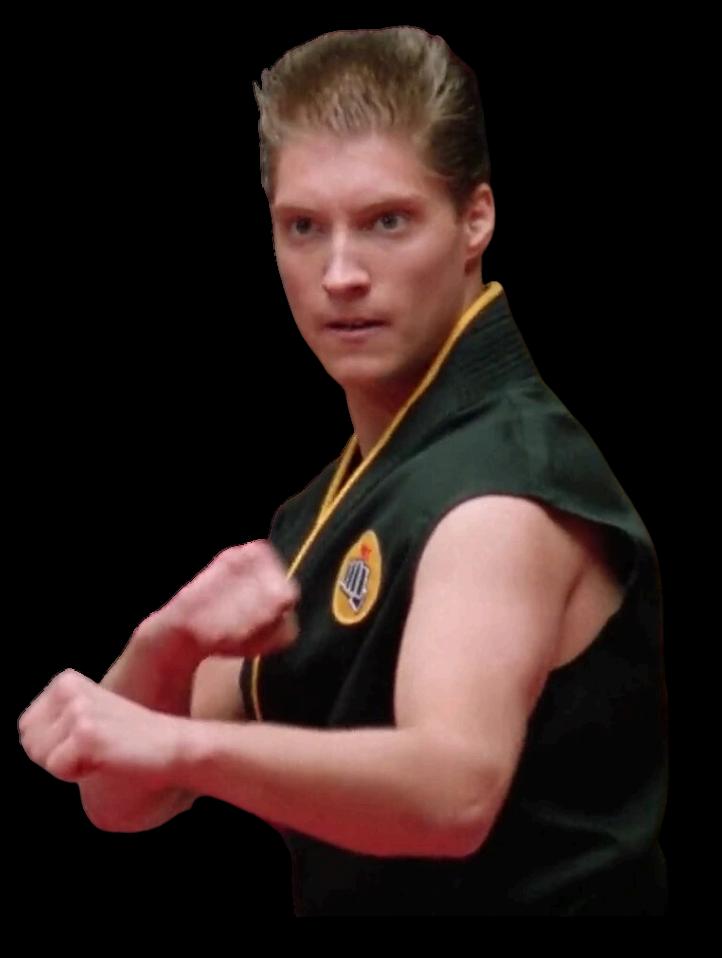
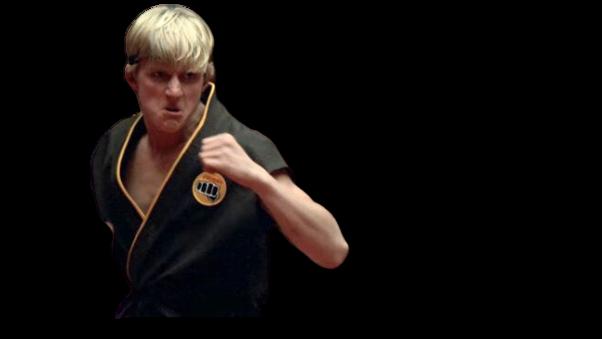
And then there’s Mr. Miyagi—the wise, peaceful mentor we all love. Or do we? On the surface, Miyagi embodies the ideal martial arts master: calm, patient, and always in control. But when you look closer, there are cracks in Miyagi’s armor.
Time and again, Miyagi puts Daniel in harm’s way. Let’s not forget that in The Karate Kid Part II, Miyagi allows Daniel to fight in a life-or-death match in Okinawa. This wasn’t a tournament. This wasn’t about honor. This was about survival. What kind of mentor does that?
Then there was the ice-breaking scene in The Karate Kid Part II, where Miyagi essentially uses Daniel’s martial arts skills for gambling. Honor and discipline? Or exploitation?
Even in The Next Karate Kid, Miyagi repeats this pattern. He teaches Julie Pierce to defend herself, but once again, the lessons lead her straight into violent confrontations.
For someone who preaches peace and self-defense, Miyagi sure has a funny way of dragging his students into dangerous, lifethreatening situations.
How much of Miyagi’s wisdom was genuine, and how much of it was just a means to an end?
What about Daniel Larusso? While Johnny and Mike have grown as people, Daniel remains stuck in the past.
In Cobra Kai, we see a Daniel who’s still clinging to the glory of his teenage victories. He’s still quick to judge Johnny, still sees himself as the eternal underdog, and refuses to acknowledge that Johnny and Mike were as much victims as he was.
Instead of growing, instead of reflecting on his own flaws, Daniel continues to repeat the same patterns, unaware of how his arrogance fuels the rivalries he claims to despise.
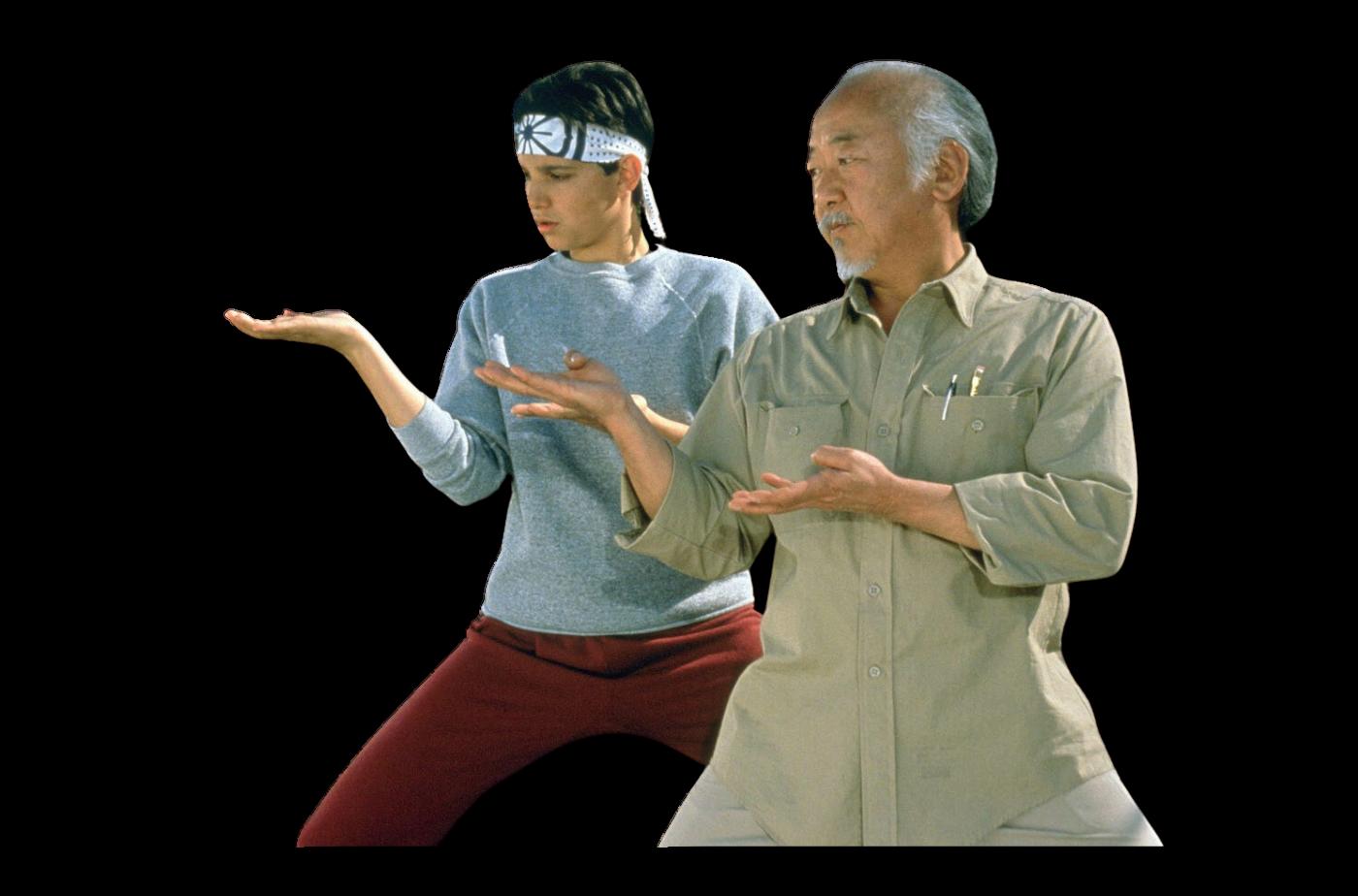

Daniel may have won the tournaments, but did he ever really evolve? He won through questionable means (let’s not forget that crane kick), engaged in increasingly dangerous confrontations, and never learned to empathize with those he considered his enemies.
Johnny, on the other hand, has matured into a far more honorable and reflective figure. Mike, too, has moved on, trying to live a peaceful life away from the violence of his youth. Daniel, by contrast, is still living in the shadow of his teenage self, unable to move past the battles of the dojo.

So, who are the real villains of The Karate Kid? It’s not Johnny Lawrence. It’s not Mike Barnes. The true villains are the manipulators—Kreese and Silver —who used karate as a tool for their own twisted games. And perhaps, just perhaps, Mr. Miyagi wasn’t as infallible as we thought. The series has always been about flawed people, navigating a brutal world where martial arts was less about honor and discipline, and more about survival. Johnny and Mike were just trying to survive. And Daniel? He’s still playing a game he doesn’t even realize he’s lost.
But hey, before you roundhouse kick your Karate Kid box set into the nearest dumpster or start a philosophical debate on crane kick ethics, let’s just take a deep breath.
It’s just a movie, right? Sure, maybe Daniel’s crane kick was more of a dramatic flair than a legit move, but in some tournaments, kicking someone in the face is totally above board.
Who hasn’t wanted to settle a personal beef with a flying kick to the head? And if you’ve ever had a Monday that felt like an All-Valley Tournament, maybe you’ve already channeled your inner LaRusso—minus the crane kick, hopefully. We all need a little flashy, rule-bending victory now and then, right?
So go ahead—embrace your inner underdog, even if it means bending the rules a little. And when someone inevitably calls foul on your questionable technique or approach to life, you can always pull the classic, ‘But Daniel did it!’ move. Because let’s face it, winning’s winning… unless, of course, you’re Johnny Lawrence, who’s still processing 30 years of crane kick trauma, or Mike Barnes, who’s probably having flashbacks about contract negotiations gone wrong.

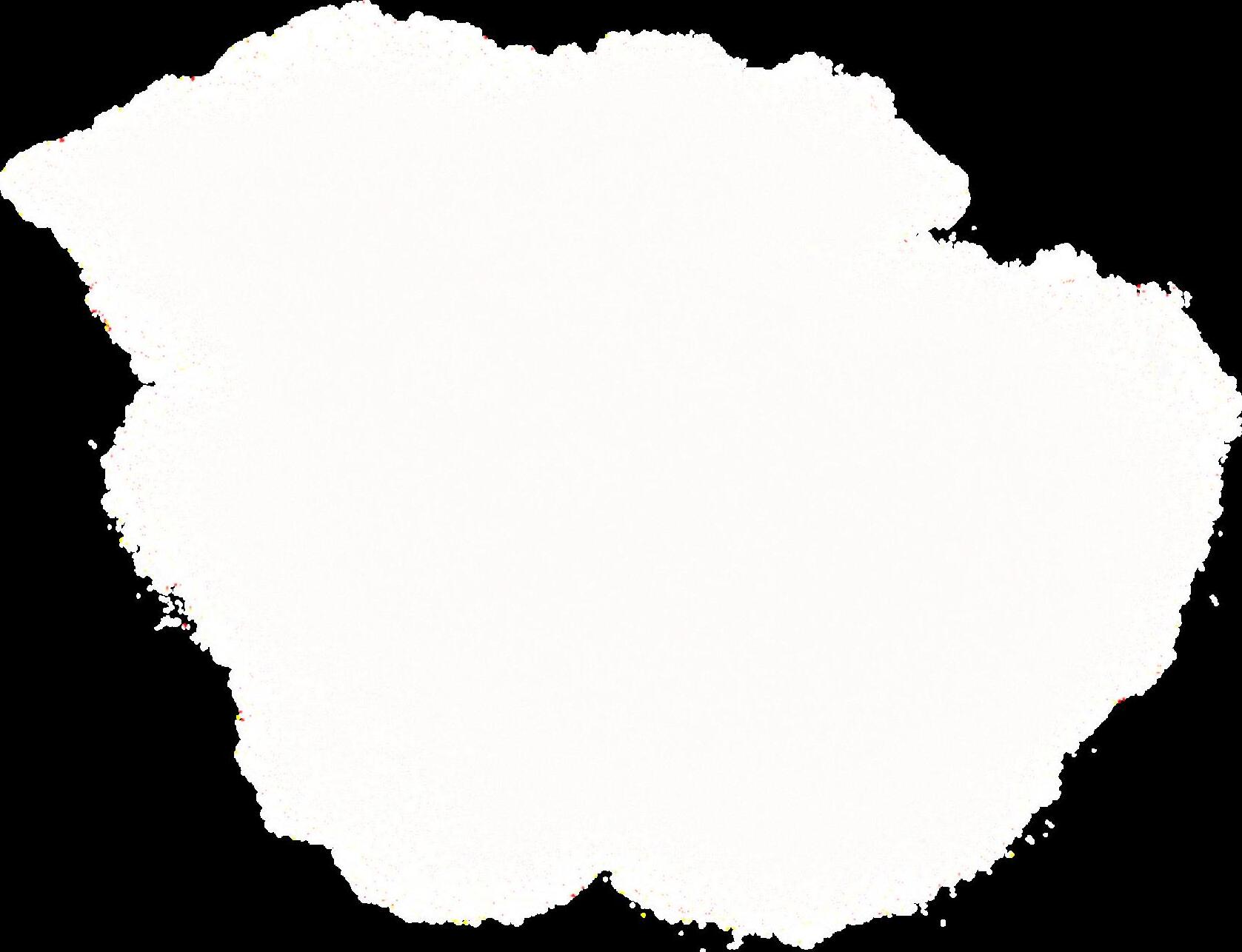


And hey, if anyone questions your methods, just channel your inner Miyagi and say, ‘Wax on, wax off’—after all, it worked wonders for Daniel’s car-selling career, so who are we to argue with that kind of life lesson?
And sure, if you’ve got a Mr. Miyagi in your life dishing out wisdom, take what you can—but maybe skip the ‘beating up teenagers in an empty lot’ part. After all, there are limits to Miyagi magic. Karate may teach us honor and selfdiscipline, but even Miyagi had moments that might not fly today. So, next time you’re tempted to settle a score with a crane kick, just remember: there’s more than one way to win a fight.
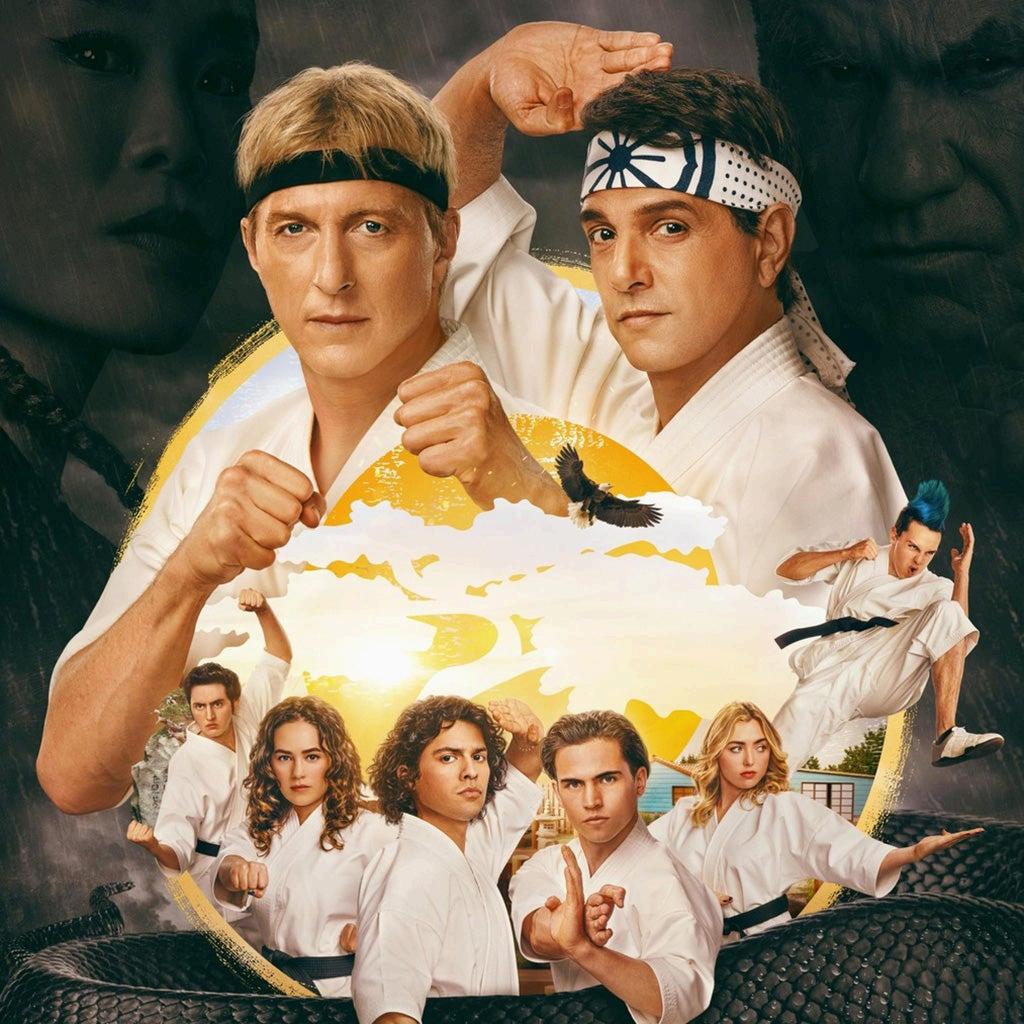
This article is intended as a parody and is not reflective of the actual storyline of the Karate Kid Movies or its Cobra Kai Counterpart.
We at IMA MAG are huge fans of the films and new series. Sadly, the Cobra kai series is ending with its 6th and final season. It has been an incredible journey that has taken everyone on a personal journey of growth, understanding and martial arts wonder.
As the promoter of the Karate Kid All Valley Tournament for years in the Los Angelas Valley in the late 1980s and 1990s, I have been connected to the series in a closer effect than others.
Some of the best martial artists were involved in both the series and films for the Karate Kid Saga.
Without people such as Pat Johnson (The Referee and choreographer for four films) passed away November 2023 at the age of 84. Pat Morita who played Mr. Miyagi passed away in November 2005 at the age of 73.
There have been rumors circulating of several spin off of the Cobra Kai series. possibly in the works. We wait with bated breath to see how and IF the story continues.


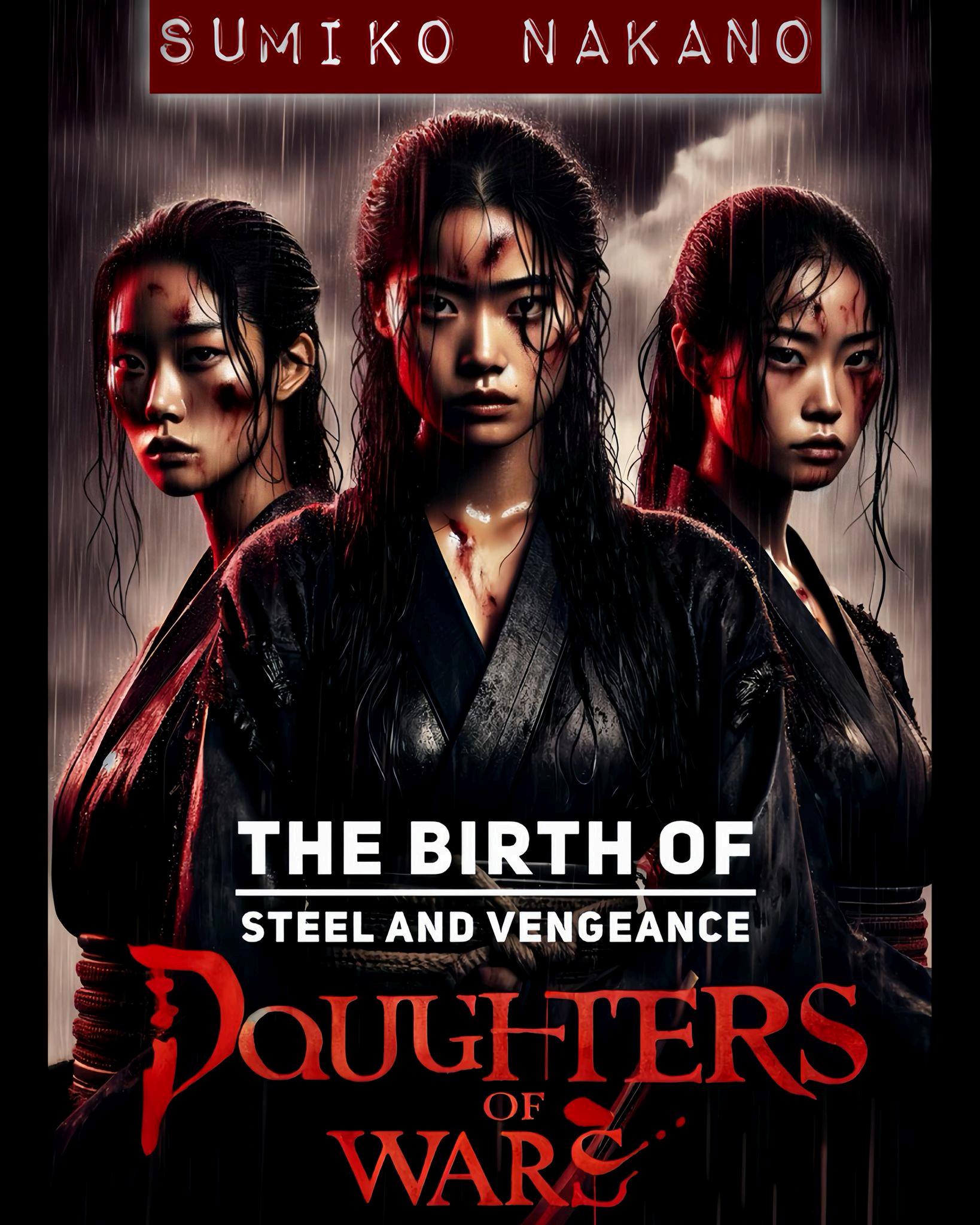

Step into the world of "Daughters of Wars," a historical fiction series that explores the lives of the Hayashi sisters during Japan's tumultuous shift from the Tokugawa shogunate to the Meiji Restoration. Trained in the ways of the samurai, Sumiko, Misako, and Aiko are not only sisters but also warriors poised to protect their village, Kasumigaura, during a critical period of change.




The story follows the Hayashi sisters as they confront the challenges brought on by the Emperor's advancing forces, their own familial responsibilities, and the restrictive societal roles expected of women. Each sister brings unique strengths to their family's mission Sumiko's silent fortitude, Misako's fervent determination, and Aiko's sharp wit embodying the virtues of the Bushido code: honor, courage, and loyalty.
Through sword fights, secretive plots, and thoughtful exchanges, "Daughters of Wars" offers a narrative that combines action with a close examination of personal and communal struggles. The sisters' journey is one of resilience and identity as they strive to uphold their father's legacy while navigating their path through a world on the cusp of modernity.



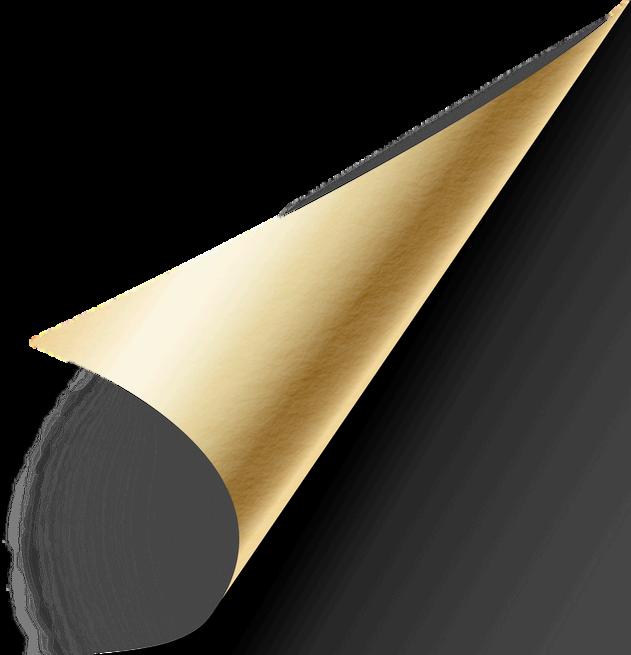
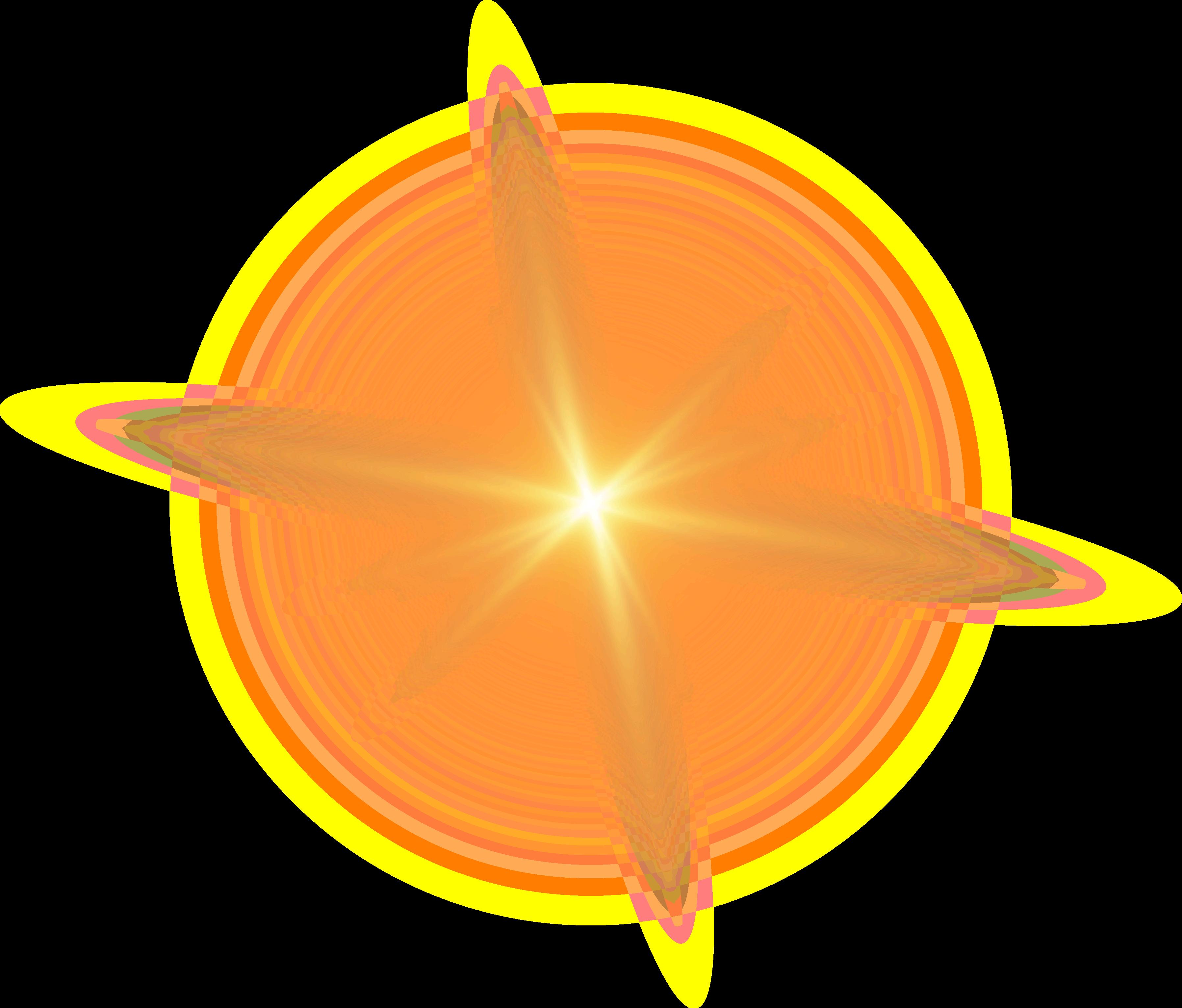



Last week I was skimming through some of the JKD facebook pages.
Most of the people on these JKD pages have good viewpoints, though I may not necessarily agree with all of their posts, but I respect them.
On the other hand, there are some who are the Facebook village idiots of martial arts You know the type, the guy who sits behind his computer who had very little training, but he thinks he’s an expert on any and all martial arts.
This guy was adamant that Jeet Kune Do was just a philosophy. He said one can insert techniques into JKD regardless of system or style as long as they follow the philosophy of JKD, because JKD is only a philosophy and not a real fighting system.
Normally I don’t waste my time arguing or trying to rationalize on Facebook with stupid people but this time I couldn’t let this untruth go uncontested.
I’ve been in JKD for 53 years and I have heard this BS for years from other stupid people who didn’t know what they were talking about.
I guess during those years that I trained at the Oakland School, we just sat down and talked about all of the philosophical aspects of JKD, holding hands, smoking weed and singing hippy protest songs.
No, instead we trained and trained hard, working on the fighting techniques developed by Bruce, the punches, strikes, kicks, combinations, entering to attack drills, block & counters, and so much more.
The only philosophy that was brought up was that if you want to be effective in JKD, you better develop the “Killer Instinct,” period.
Because of this incorrect concept that JKD is only a philosophy is what started watering down JKD in the 80’s. Some unscrupulous instructors slapped together techniques not even similar to the core JKD techniques and called it JKD at their commercial school so they could beef up his enrollment.

As well as being my pet peeve, as well as being unethical to misrepresent JKD in this way I had to confront him I finished my comment by writing, “JKD is a living, breathing fighting system and not a frigging hippy philosophy.” I hoped this guy went back behind his computer in his parent’s basement and finished eating his jelly donut.
And as Forrest Gump said, “Well, that’s all I got to say about that.”
Professor Gary Dill is one of the original JKD students (1971-72) of James and Bruce Lee’s Oakland school. He has been active in JKD for 53 years and taught thousands of students. He was appointed in 1986 to the JKD Society Board of Directors along with Linda Lee, Dan Inosanto, Taky Kimura, Richard Bustillo, and other original students.
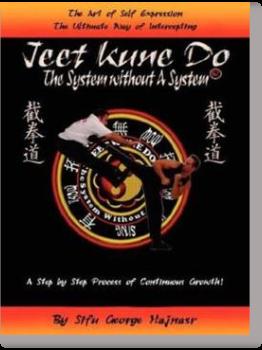

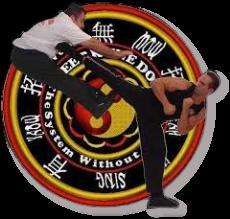

THE SYSTEM WITHOUT A SYSTEM BOOK $29.95


Dill is the founder and chief instructor of the Jeet Kune Do Association which is the longest standing JKD organization in the world (1991-present.)
Learn the authentic JKD developed by Bruce Lee
Taught by Gary Dill, 1st generation Oakland JKD student
Learn JKD punching, striking, low kicks, entering techniques, counter against blocks, block & counters
Develop speed & proper techniques.
ContactProf.GaryDilldirectlyatpdilljkd@aol.com. Website:wwwjkd-garydillcom
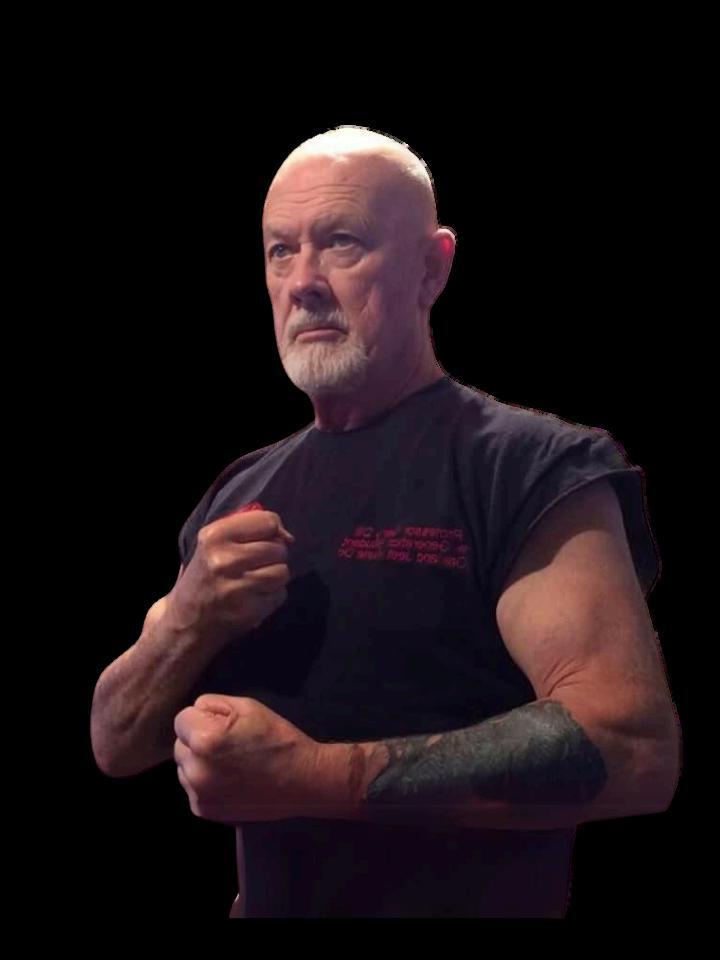

Jeet Kune Do A System Without a System is one of the best books ever written on the complete system that was pioneered by the late great Bruce Lee. George Hajnasr has put together the full course and understanding principles that are the make up of the complete system Everything from Warm Up exercises to self defense techniques ranging from beginner to advanced. You will find it all in this one large manual of the Complete system of Jeet Kune DO A System Without a System
502 pages
Language English Publication February 3, 2014
Dimensions 8.5 x 1.01 x 11.02

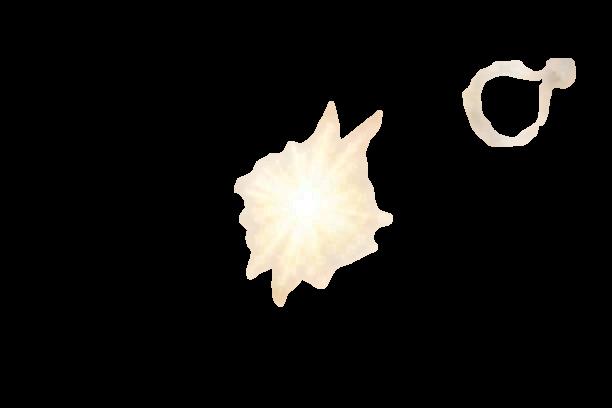

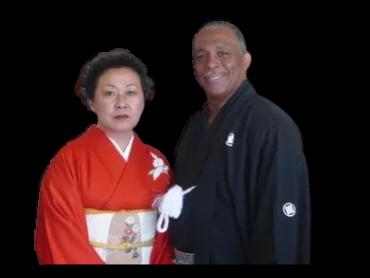
The Heart Meridian, known as “Shinkei” (⼼経) in Japanese, is central to both Chinese and Japanese applications of Shiatsu, rooted in traditional meridian theory.
Heart Meridian (Shinkei) The Heart Meridian, as understood in Traditional Chinese Medicine (TCM) and Shiatsu, governs the heart organ and is responsible for emotional and mental balance.
It is associated with the element of fire and its time of peak activity is between 11 AM and 1 PM. In Shiatsu, this meridian is crucial for managing emotions such as joy and calmness, and it directly affects sleep, memory, and consciousness.
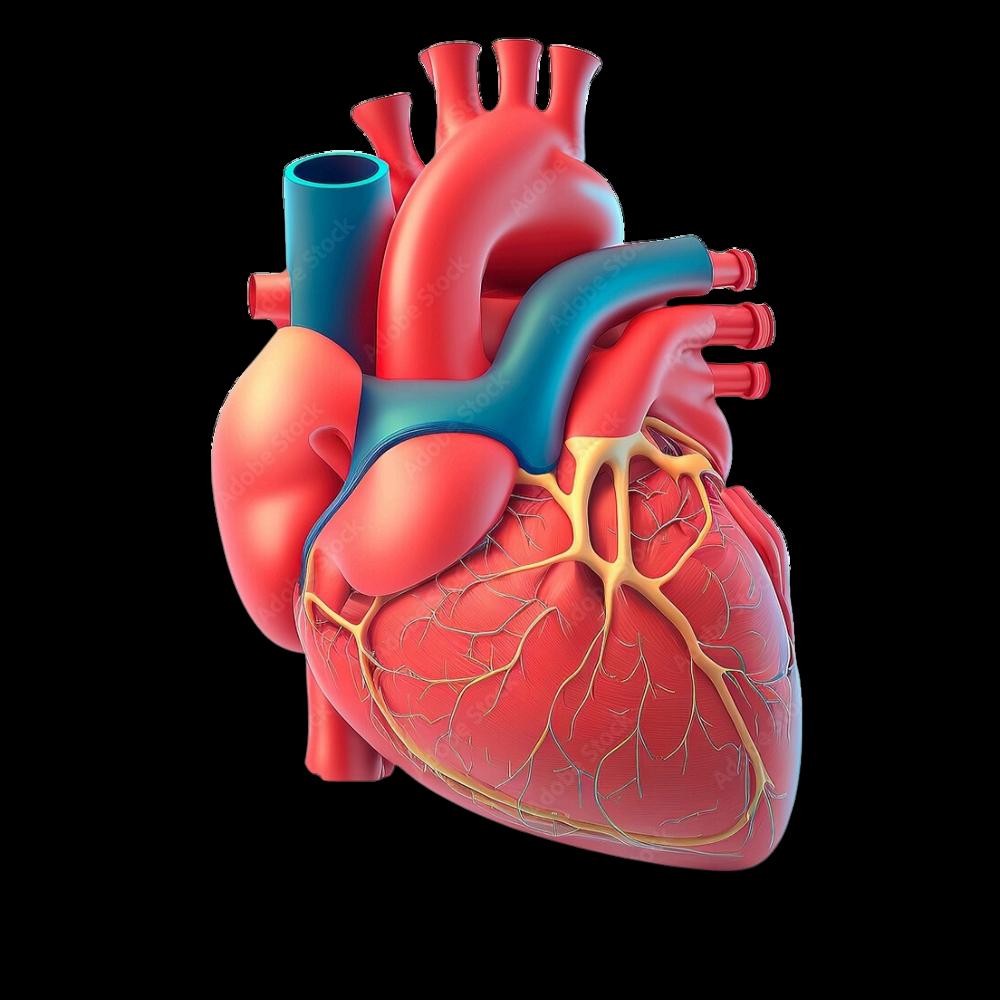


• Pathway: The Heart Meridian begins in the heart, moves through the lungs, and extends down the arm through the inner side, ending at the pinky finger.
• Key Functions: It regulates blood circulation, the health of the heart organ, and emotional wellbeing. Blockages in the Heart Meridian can lead to anxiety, insomnia, chest pain, or emotional disturbances.

• Shiatsu Application: In both Japanese and Chinese Shiatsu, working with the Heart Meridian involves applying pressure along its pathway to alleviate stress, anxiety, or heart-related discomfort.
The meridian is treated when clients experience emotional imbalances or tension in the chest and arms. Small Intestines Meridian (Corresponding Meridian) The Small Intestines Meridian is the paired meridian of the Heart Meridian, working in tandem within the Fire element. Its peak time is from 1 PM to 3 PM, directly following the Heart Meridian.


















• Pathway: The Small Intestines Meridian starts at the pinky finger, runs up the arm, passes the shoulder, and crosses the neck and face, ending near the ear.
• Key Functions: This meridian influences digestion and nutrient absorption, as well as the separation of pure from impure substances in the body. Blockages can manifest as digestive problems, shoulder tension, or hearing issues.





• Shiatsu Application: In Shiatsu, the Small Intestines Meridian is often worked on to address issues related to digestion, nutrient absorption, and physical blockages like shoulder pain. Japanese vs. Chinese Shiatsu
• Chinese Shiatsu (often called Tui Na): Emphasizes clearing energy blockages and restoring the balance of Qi along the meridians, with attention to both physical and emotional components of the Heart Meridian.
• Japanese Shiatsu: Typically focuses on precise finger pressure along meridians like the Heart and Small Intestines to restore overall balance. Practitioners assess areas of tension, and apply rhythmic pressure to these meridians, aiming to harmonize the body’s internal systems.
In Volume 9 of the International Magazine, the Small Intestines Meridian is likely referenced due to its important connection with the Heart Meridian, where balancing both is essential for treating heartrelated emotional issues as well as physical conditions like indigestion or shoulder pain.








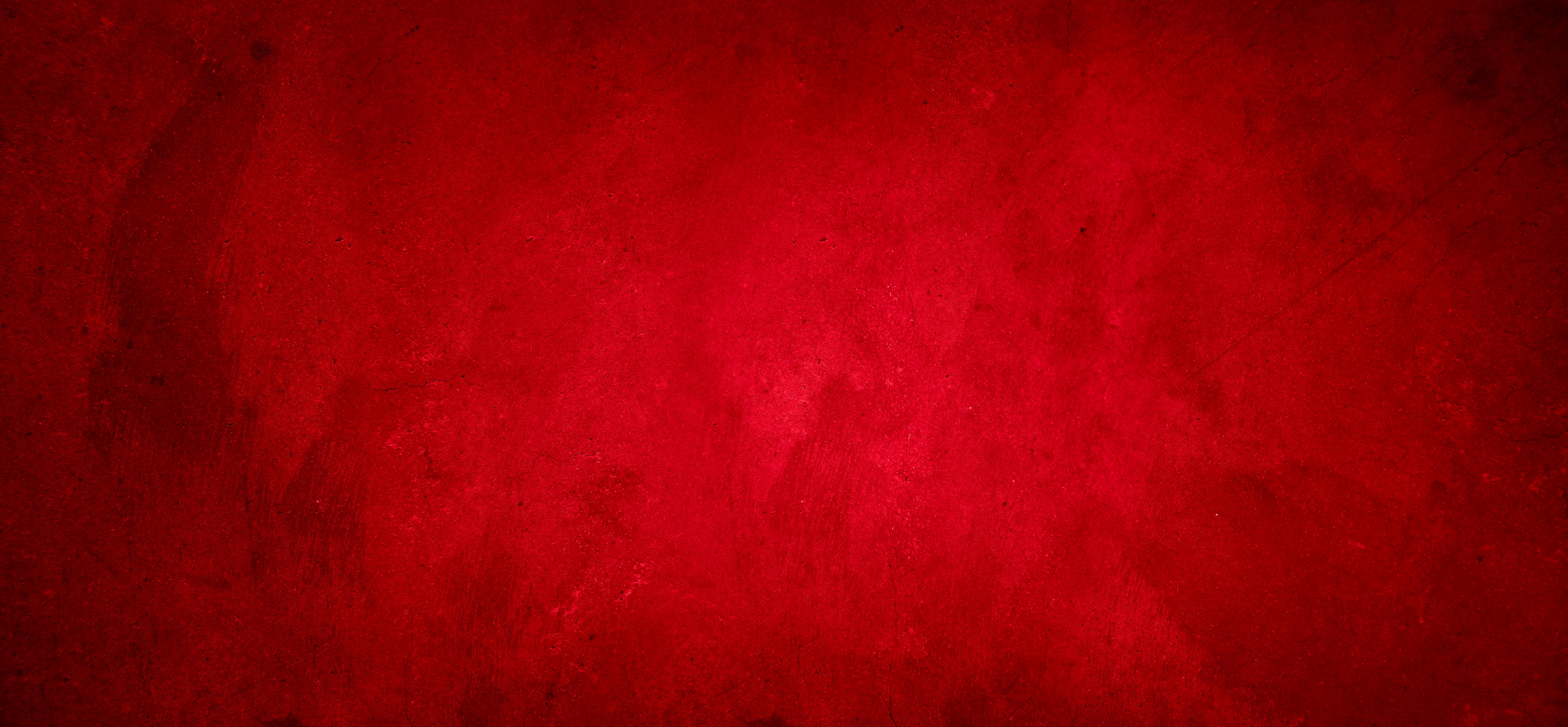

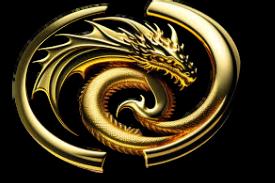







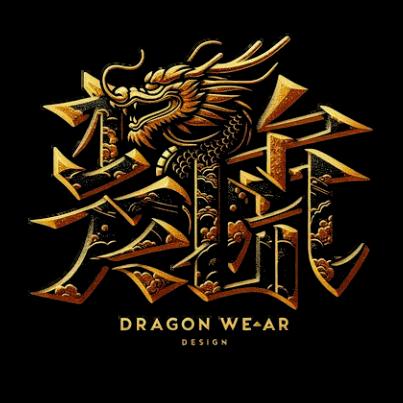
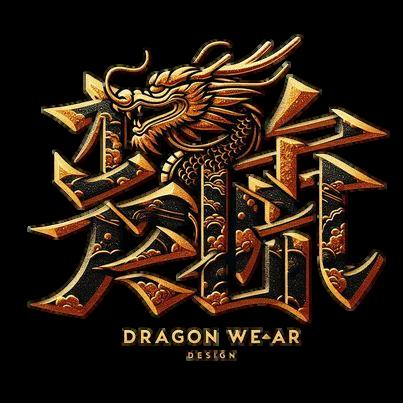
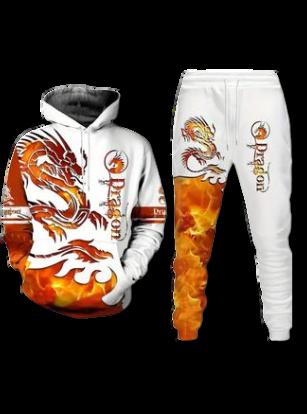
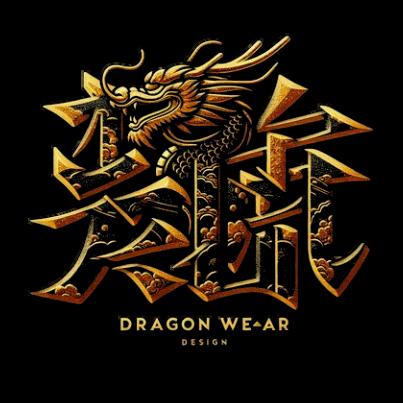
2 Pc Set Hoodie/ Pants 2 Pc Set Hoodie/ Pants
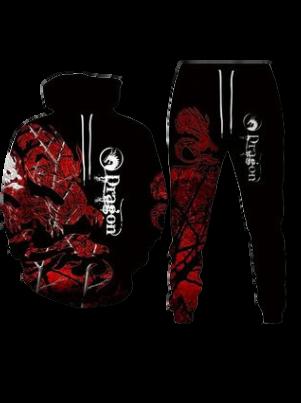

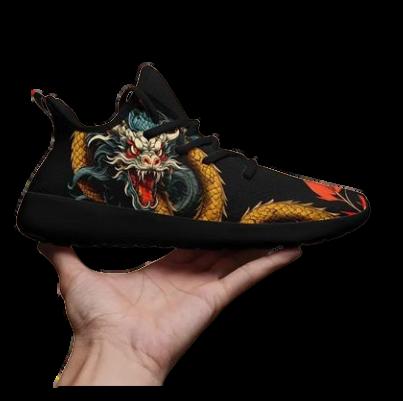

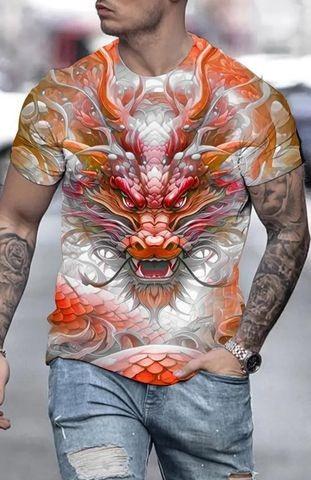


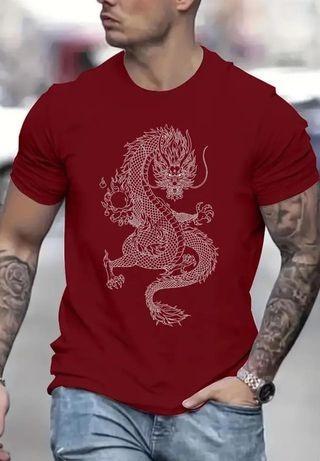

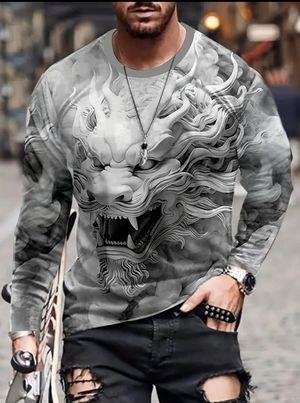

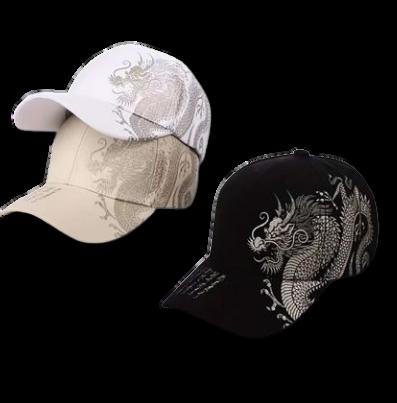







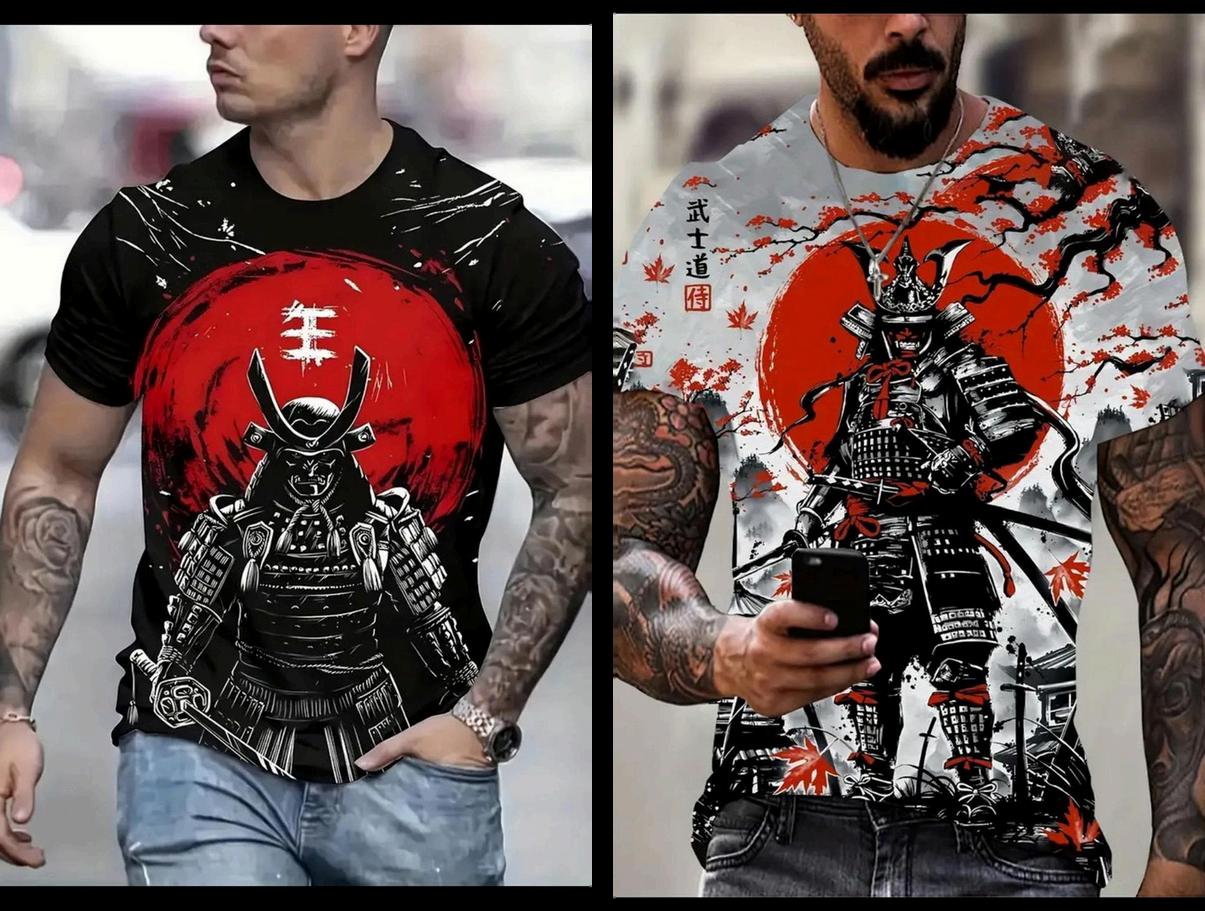



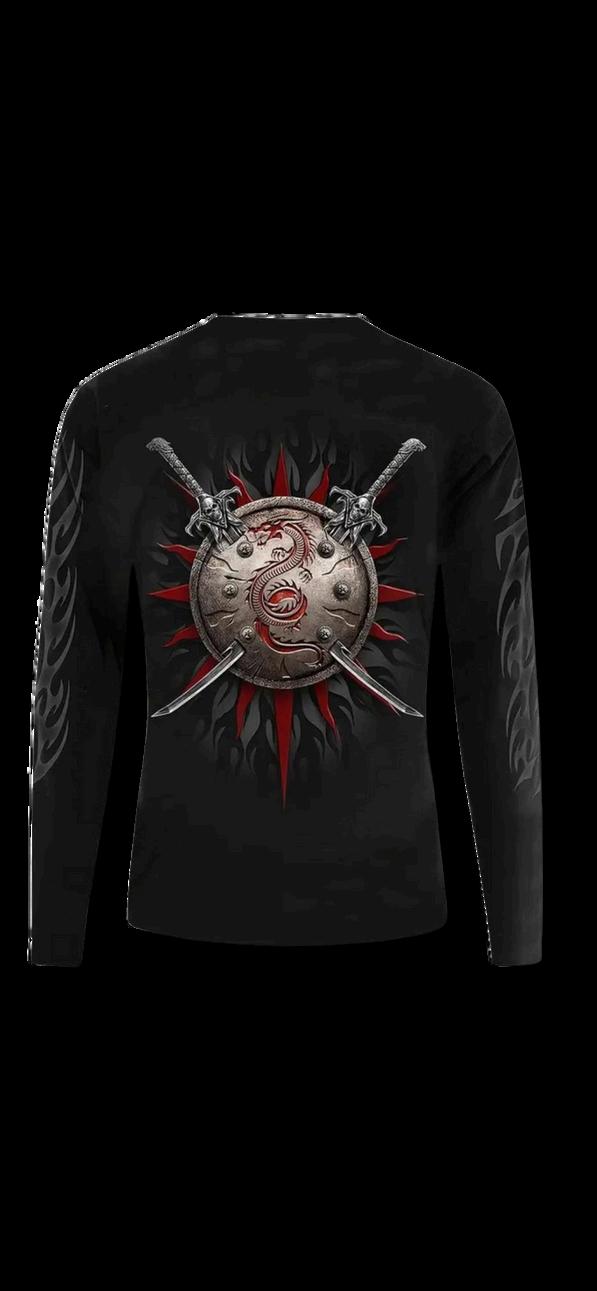
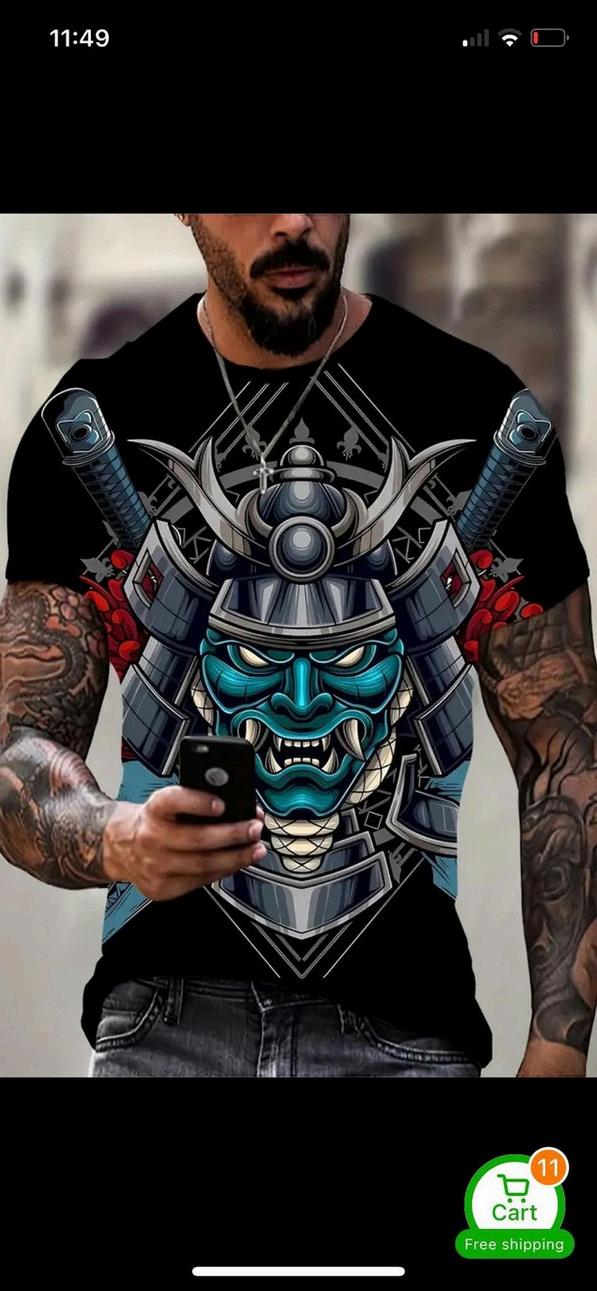

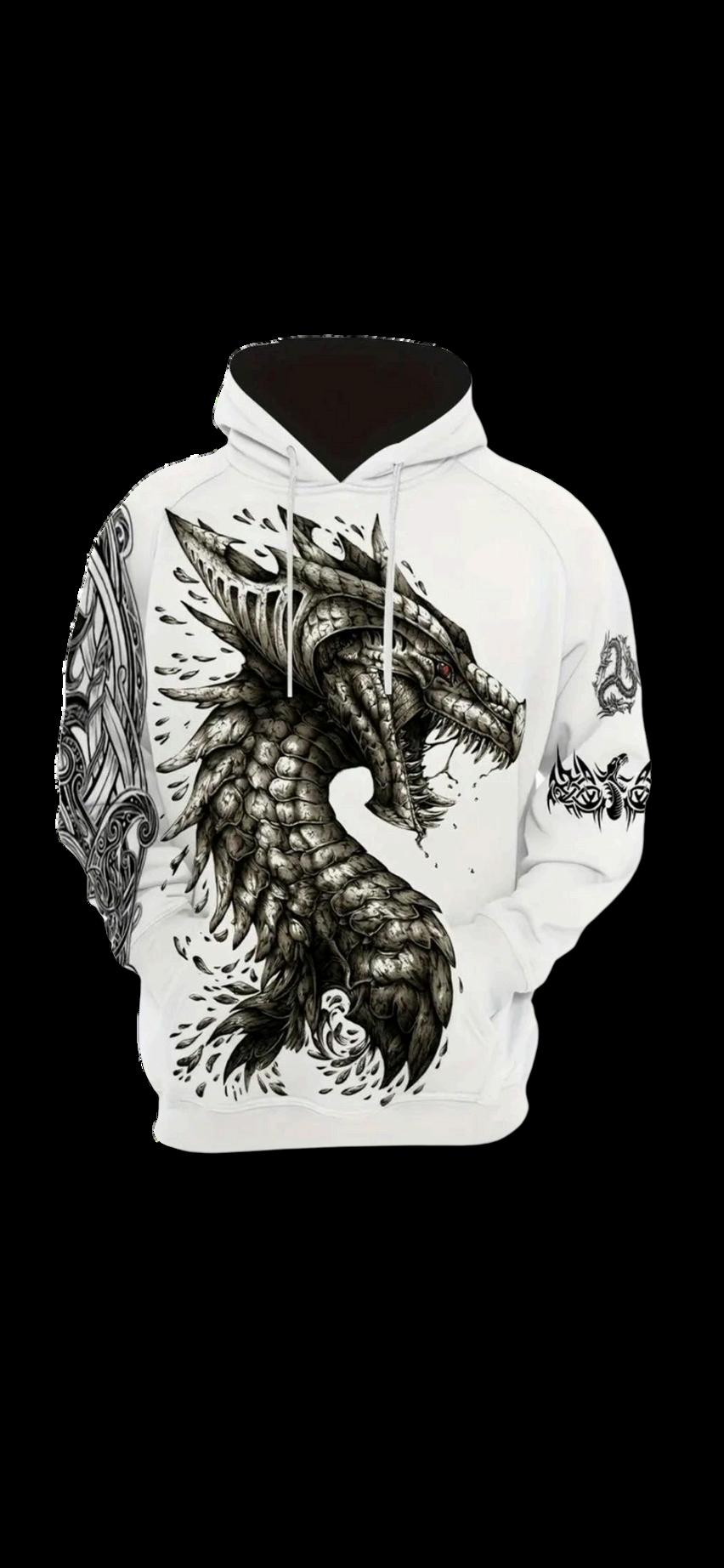

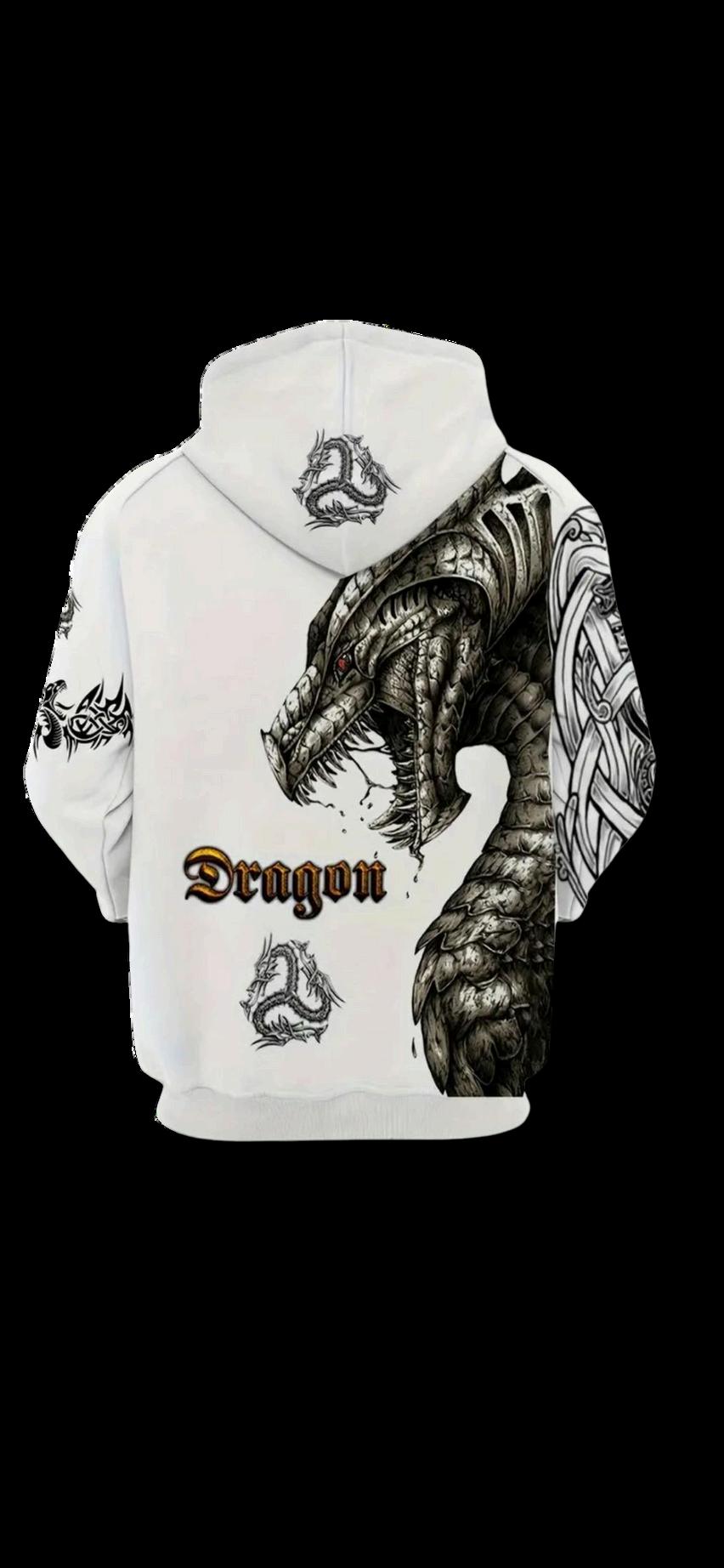
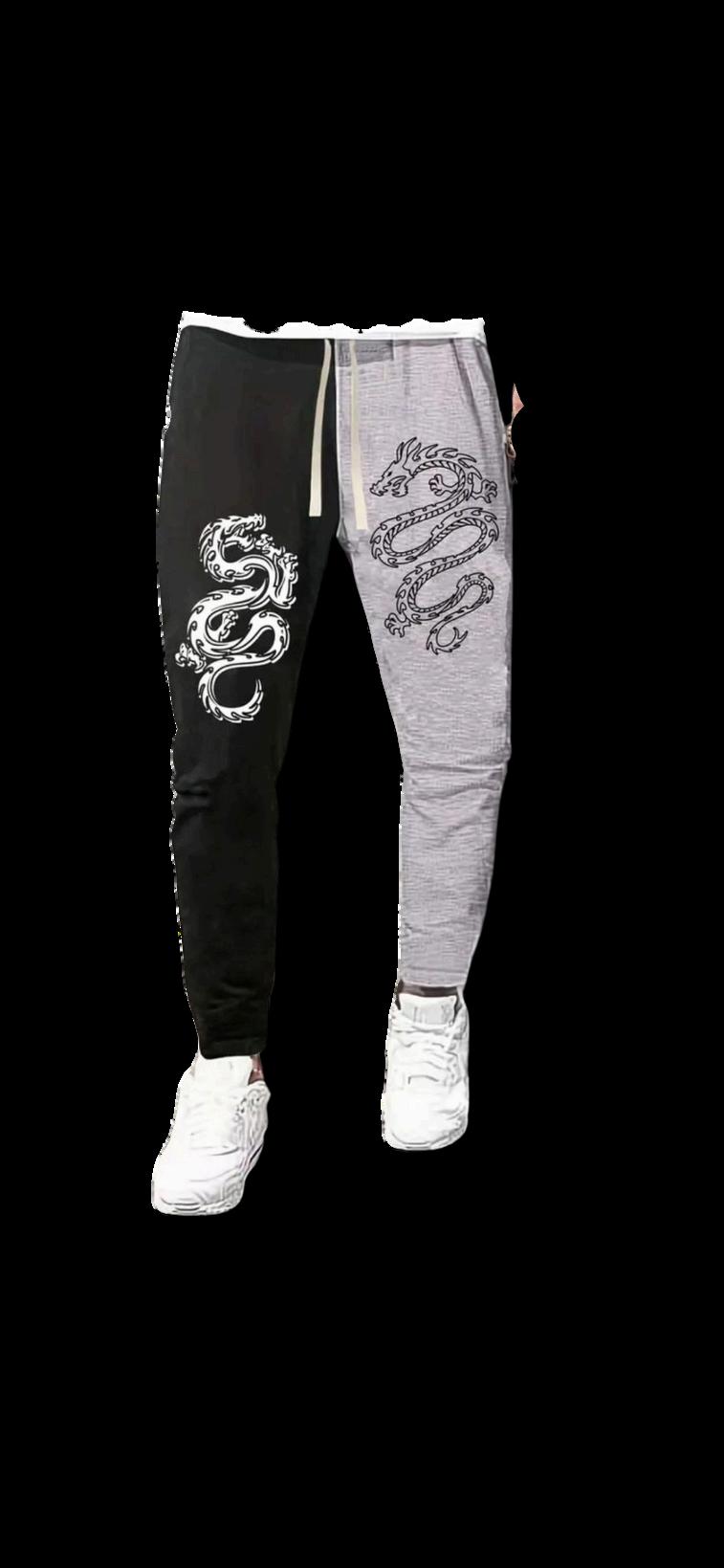
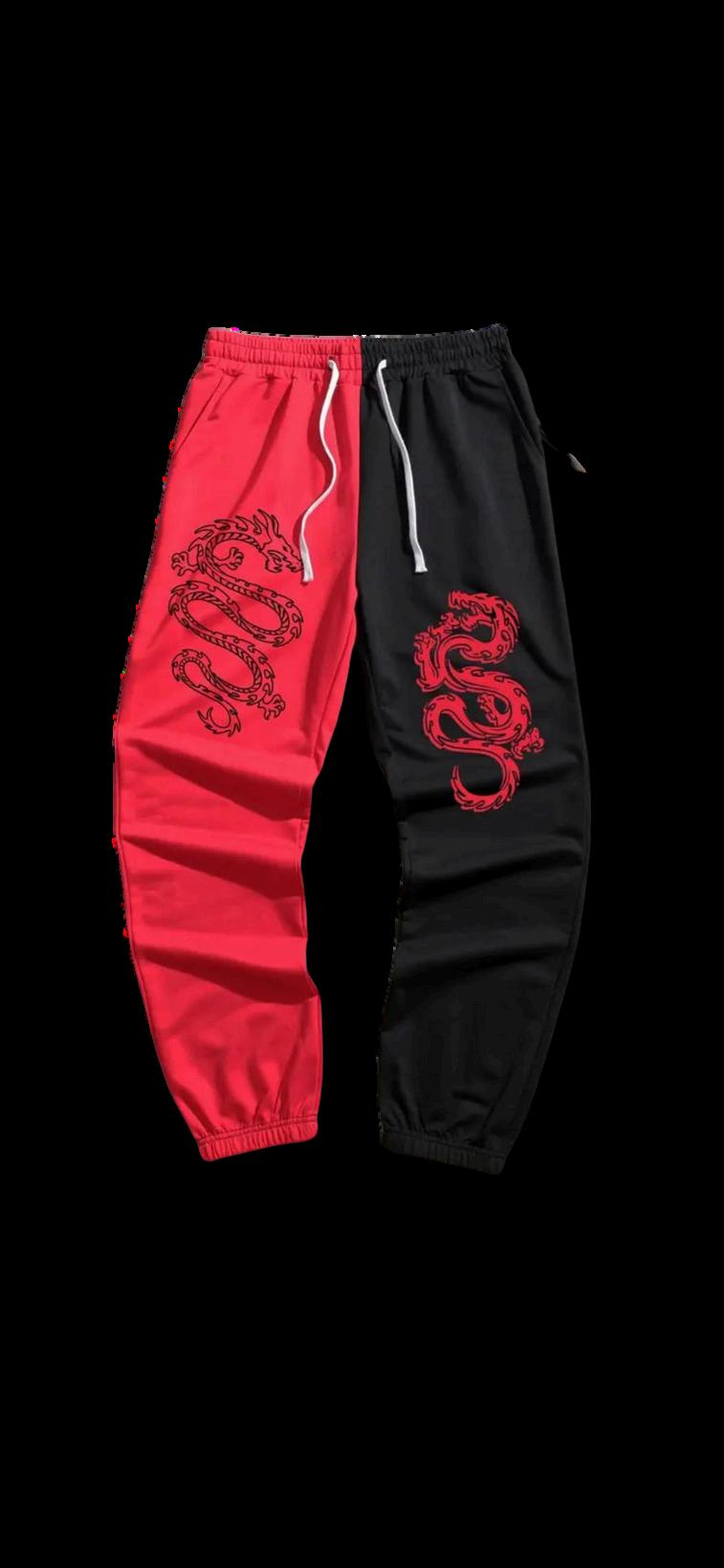



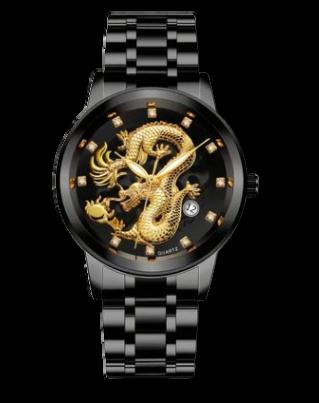

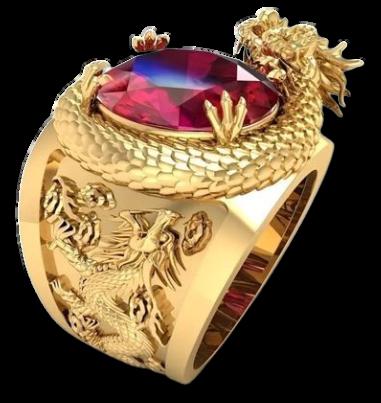
Gold Ring
$19.95 + S&H
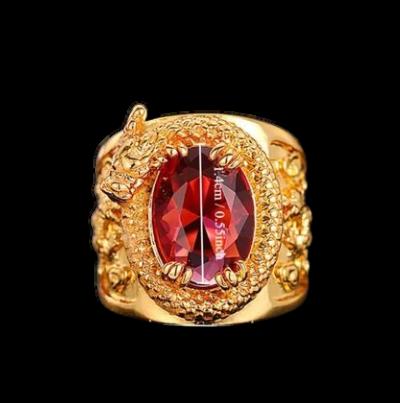
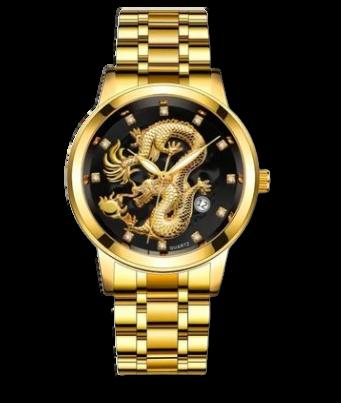

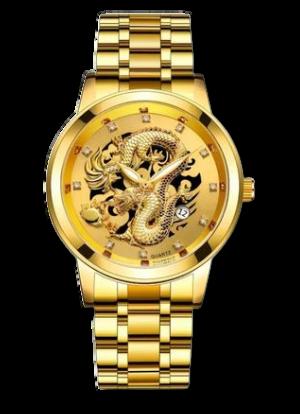
Sizes 7-13
$19.95 + S&H
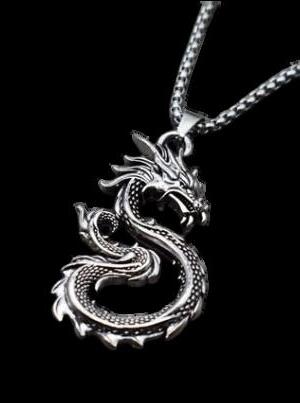
$9.95 + S&H
$9.95 + S&H $9.95 + S&H

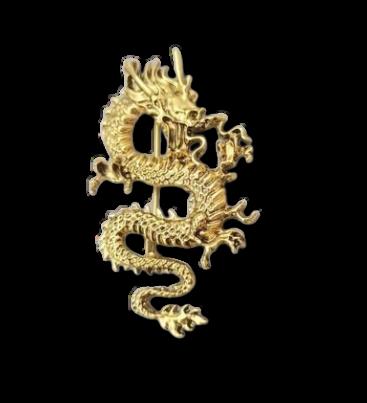



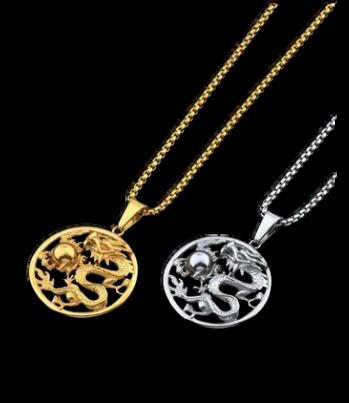
Bronze Desk Gong
6 inch X3 Inch
$19.95 + S&H
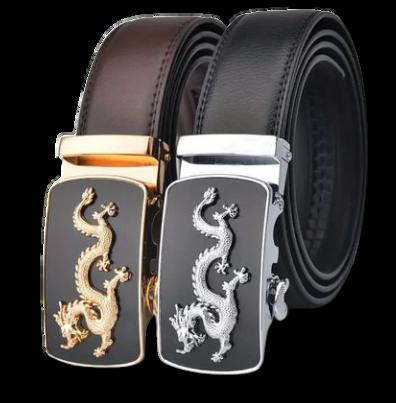
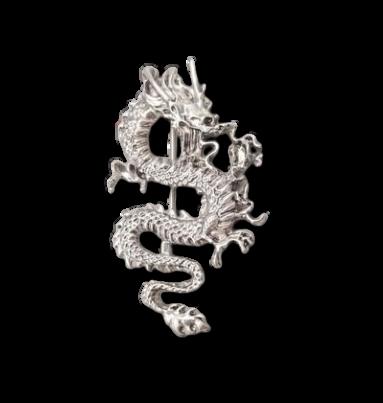
/ Blk Automaitic Buckle
$19.95 + S&H

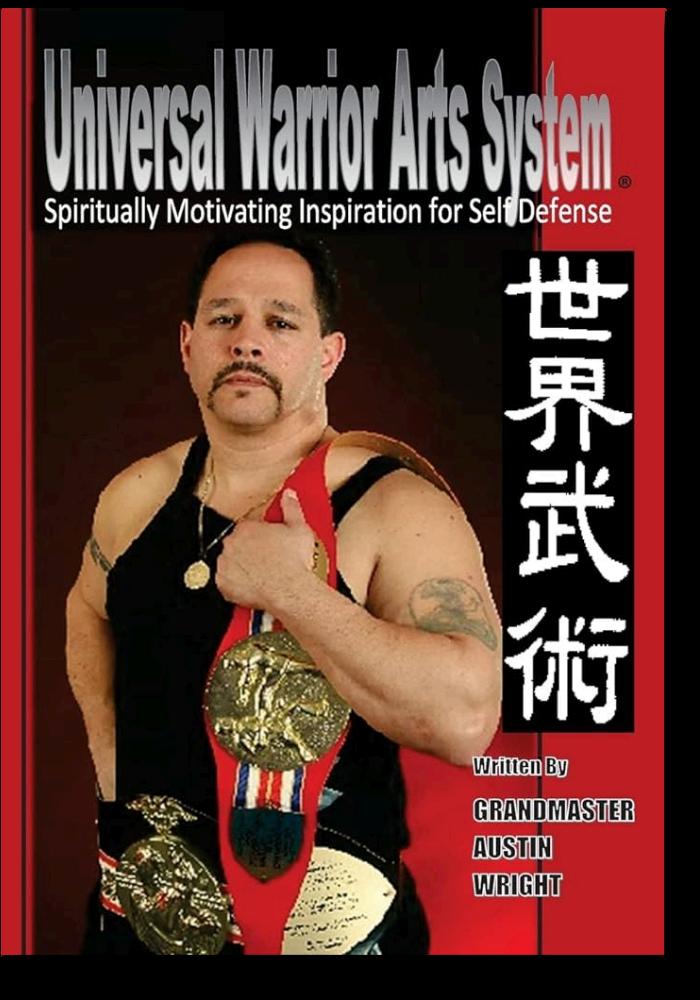

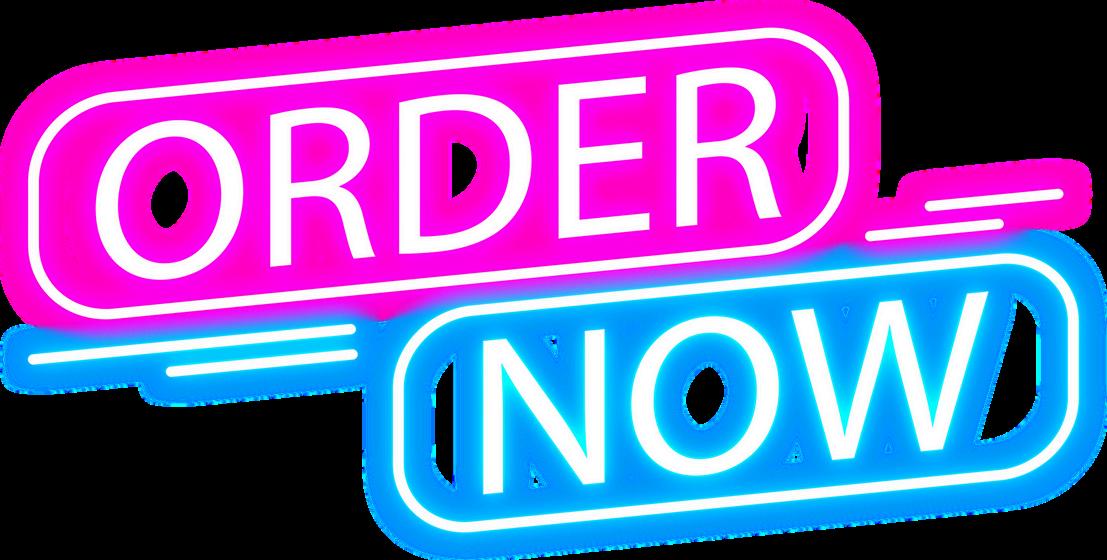
UniversalWarriorArtsisanEmpoweringSelfDefenseandLifeSkillsStrategyGuidebookfor theMind,BodyandSpiritualWarfareA.K.A BattlefieldReadiness101.Thegoalandobjective ofthisbookistoincorporateyourownVerbal Ju-JutsuSkills,ViolencePrevention,Spiritual Inspiration,Intervention,andStreetSurvival AwarenessTacticsforFamilySafetypurposes. Thewinningstrategiespresentedinthisbook, havebeenproveninSelf-Defense,BullySafety andtheInternationalMartialArtsArena.Itisa Sophisticated,ProvenandPracticalMartialArt SystemthatwillEmpoweryourKnowledgeand nottakeawayfromyourTraditionalorMMA (MixedMartialArts)Style.
Language : English
Paperback : 182 pages
Dimensions : 7 x 0.71 x 10 inches


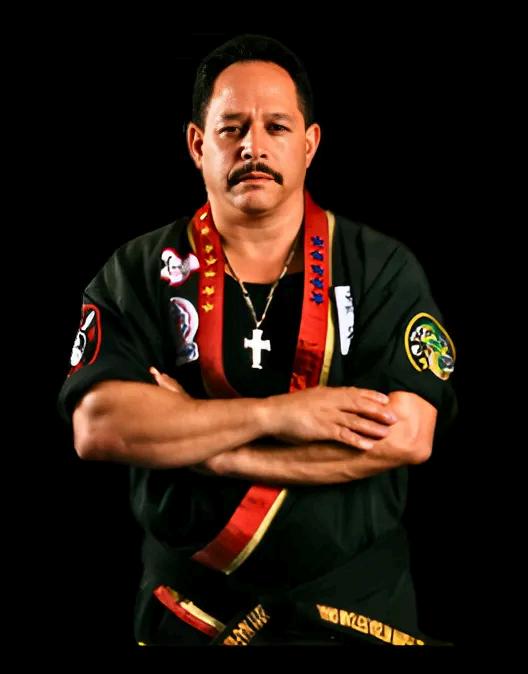

Nunchaku
Shuny
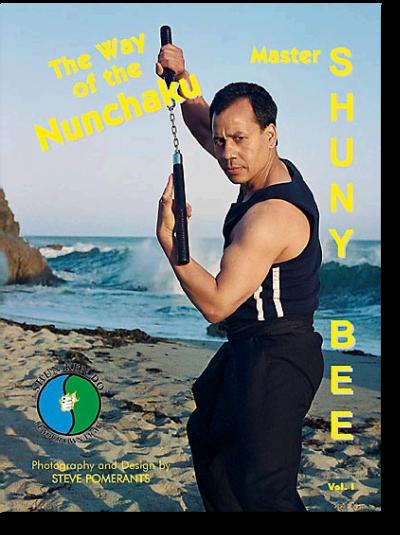
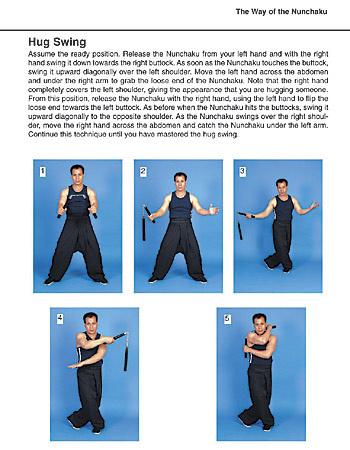

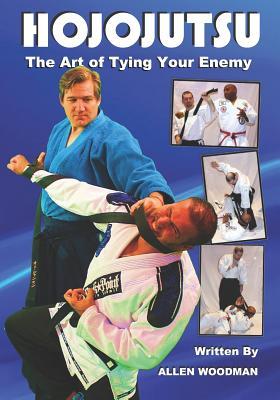


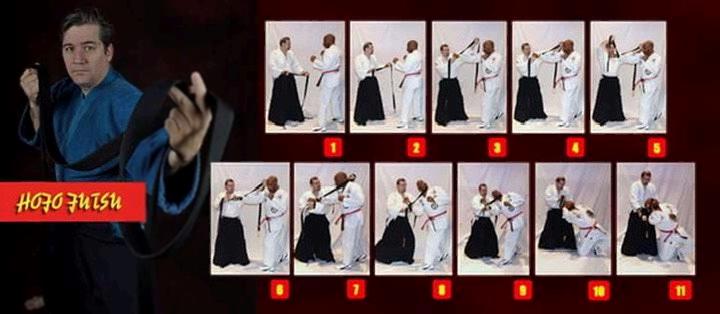

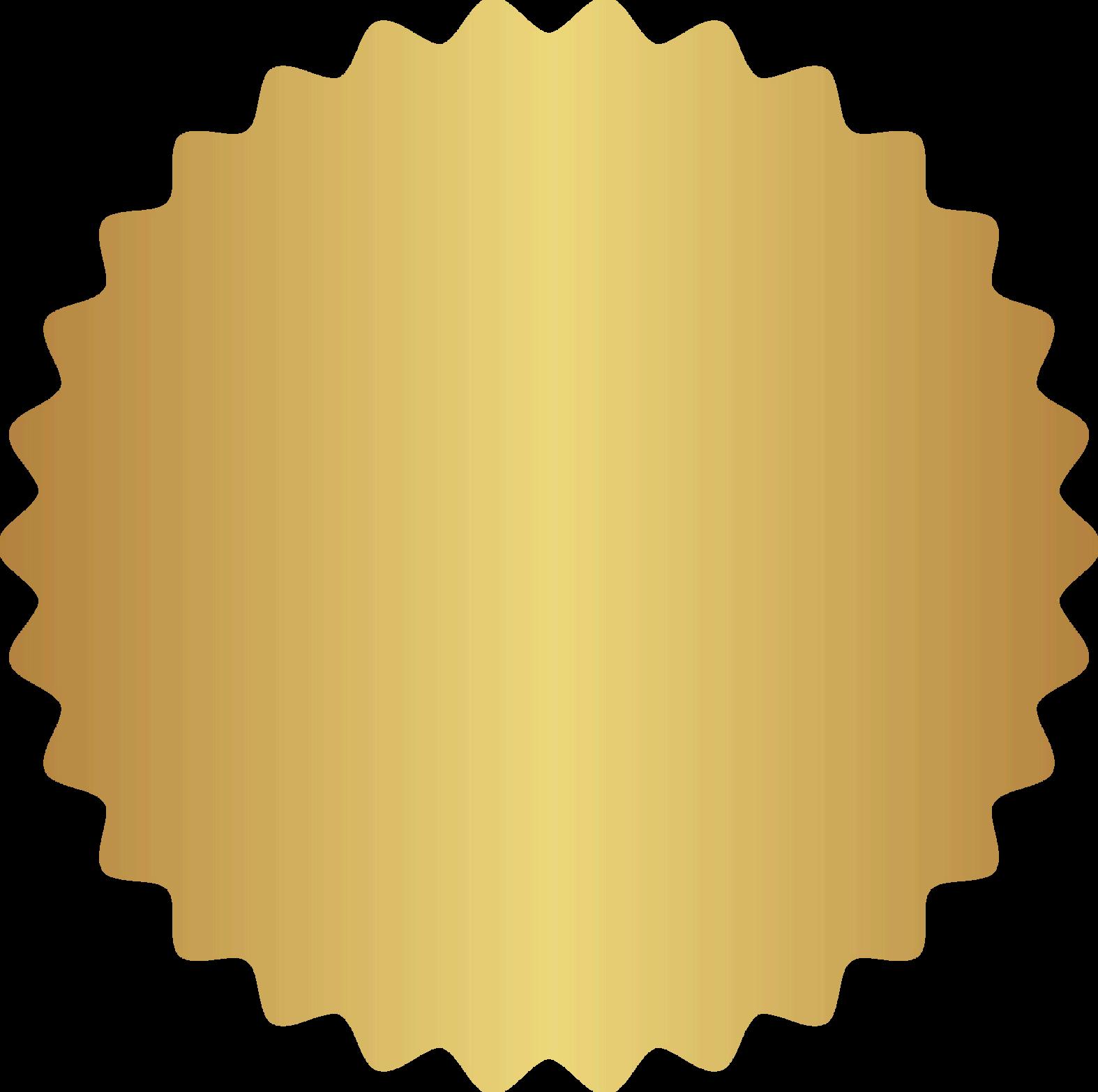
$9.95


Hojojutsu is the traditional Japanese martial art of restraining a person using cord or rope. Encompassing many different materials, techniques and methods from many different schools, Hojojutsu is quintessentially a Japanese art that is a unique product of Japanese history and culture. It is the beautiful and peculiar art of restraining someone using (often brightly colored) cord. It is rarely practiced outside of Japan and is an ancient strand of martial art with a rich and complex history.As a martial arts practice, Hojojutsu is seldom, if ever, taught on its own but as part of a curriculum under the aegis of the body of study encompassed by a larger school of bugei or budo, often as an advanced study in jujutsu. Hojojutsu techniques and methods are seldom demonstrated outside of Japan.Shihan Allen Woodman has trained over 20 years in Japan and is the Chief Instructor at the Dento Teki Na Dojo, the Kokusai Karate Do Renmei Hombu Dojo in Bronx, New York. Sensei Allen Woodman offers this book on the traditional martial art of Hojojutsu. This is one of the only books ever published on this art form detailing the defensive practices and techniques of the art.
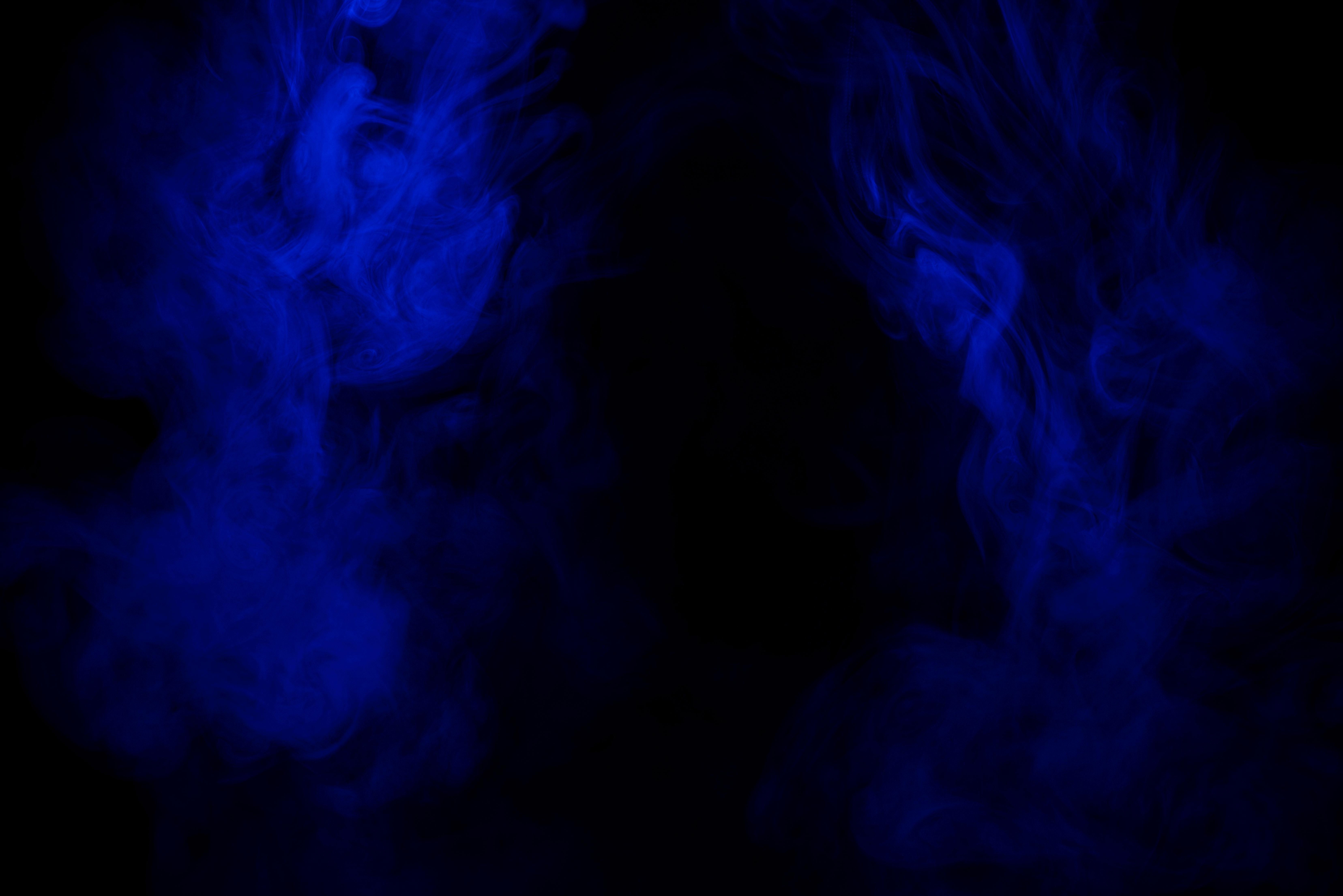
125 pages
Language English
Publication date March 15, 2013
Dimensions 6.9 x 0.5 x 9.9






Robert Redfeather’s Apache Knife Combat System is a comprehensive knife fighting system that covers Apache history; close quarters combat techniques, defensive skills, respect for a knife and the value of human life Apache knife is different, it does not teach you to stand your ground but to be fluid like the wind. “I am proud to keep alive a near extinct fighting art and Apache culture that values life as well as defensive techniques and skill As my Apache Knife Combat System has become known, I have had more Native Americans seek me out to learn the fighting style of their ancestors I am honored to have had the opportunity to plant this seed that has been hidden away and continue to watch it grow. I am so filled with pride to be teaching one of the oldesttraditional Native American Fighting Arts ” - Robert Redfeather Redfeather teaches Law Enforcement, U.S. Military, private contractors as well as personal training for civilians This book is an introduction to basic Apache Knife® Combat System
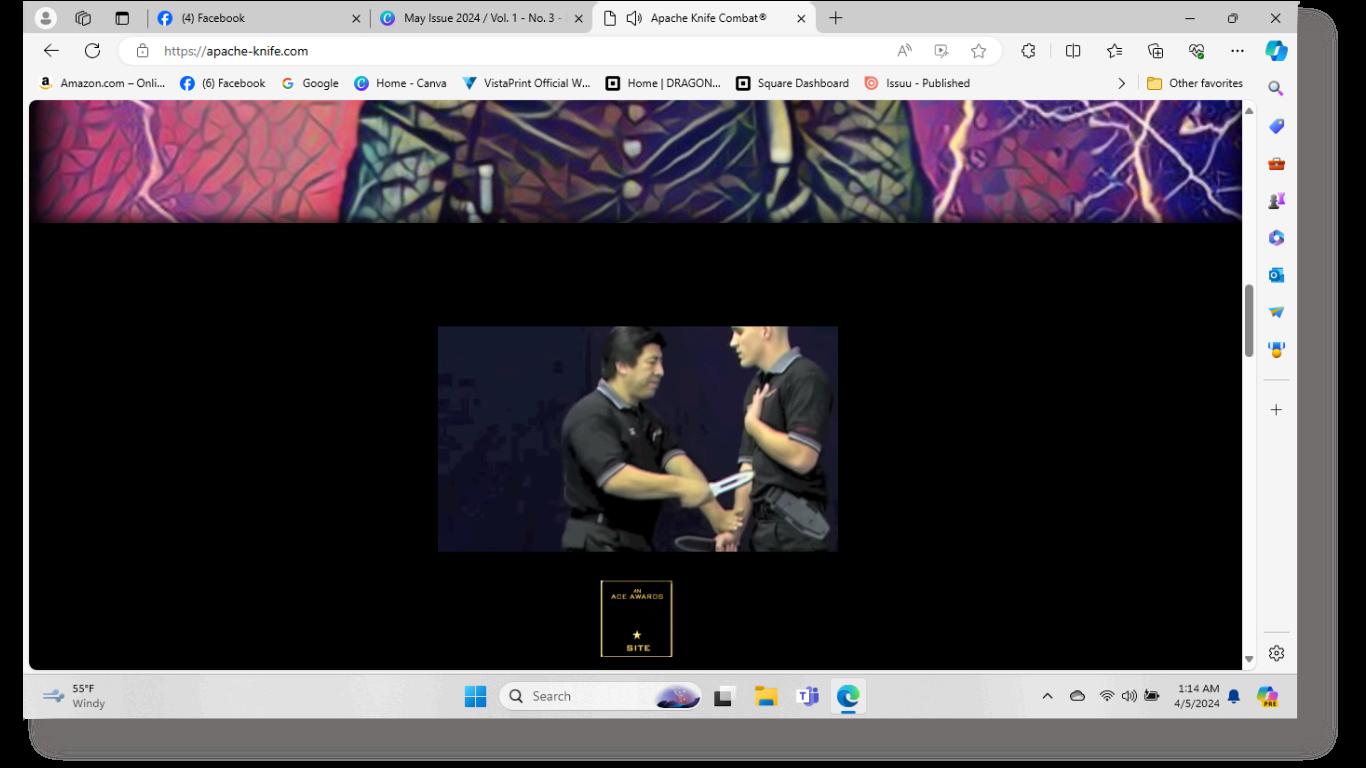



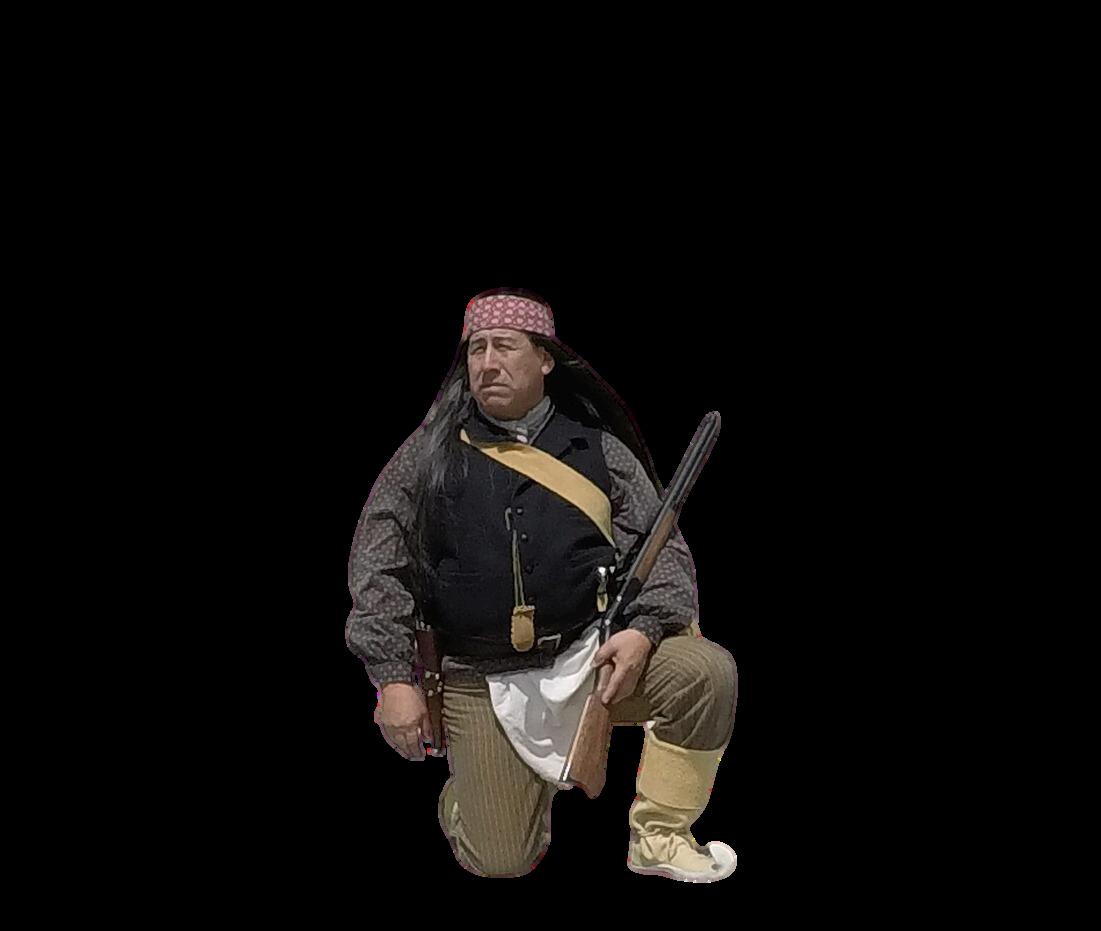

Joseph J Truncale
A fantastic book filled with practical tips
Keith McCarary
Unveiling the Harsh Reality of Abuse and Equipping Women with Effective Self-Defense
Women in today’s society are often the target of crime and
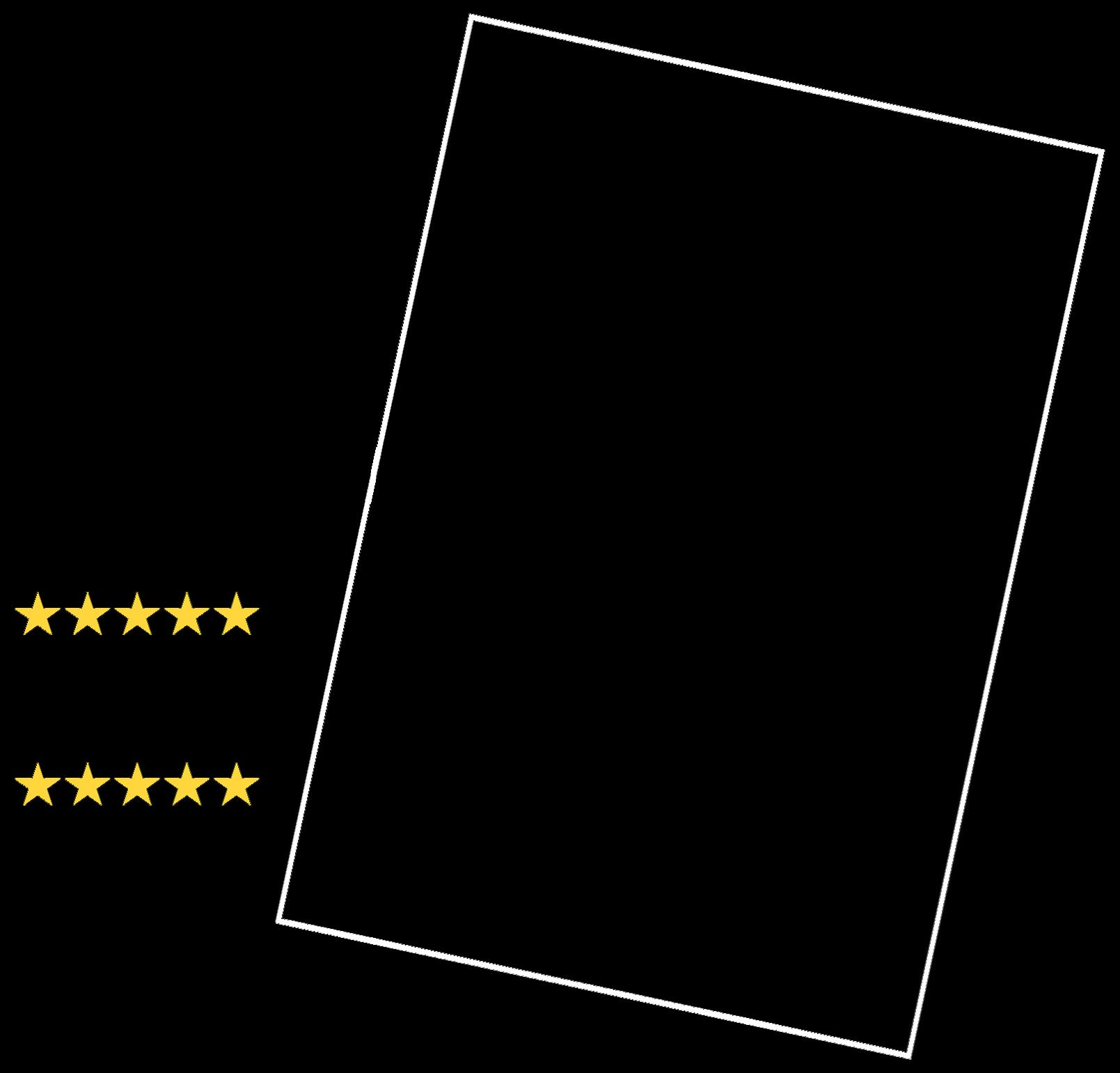
personal the weaker sex make women a target for those who would use their size, weight or aggression against another person attacks.Societal perceptions of
With most agencies around the world, this book covers the perception of sexual assaults and the statistics from around the globe to tell a stunning and often horrific storyline about abuse and women’s information gleamed from the Enforcement renown Law issues in today’s society. Real Self defense that is useful and easy to learn with step by step directions
293 pages Language
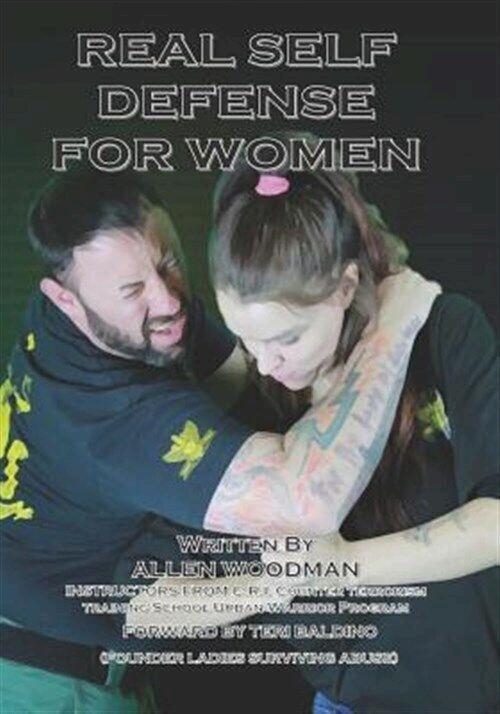
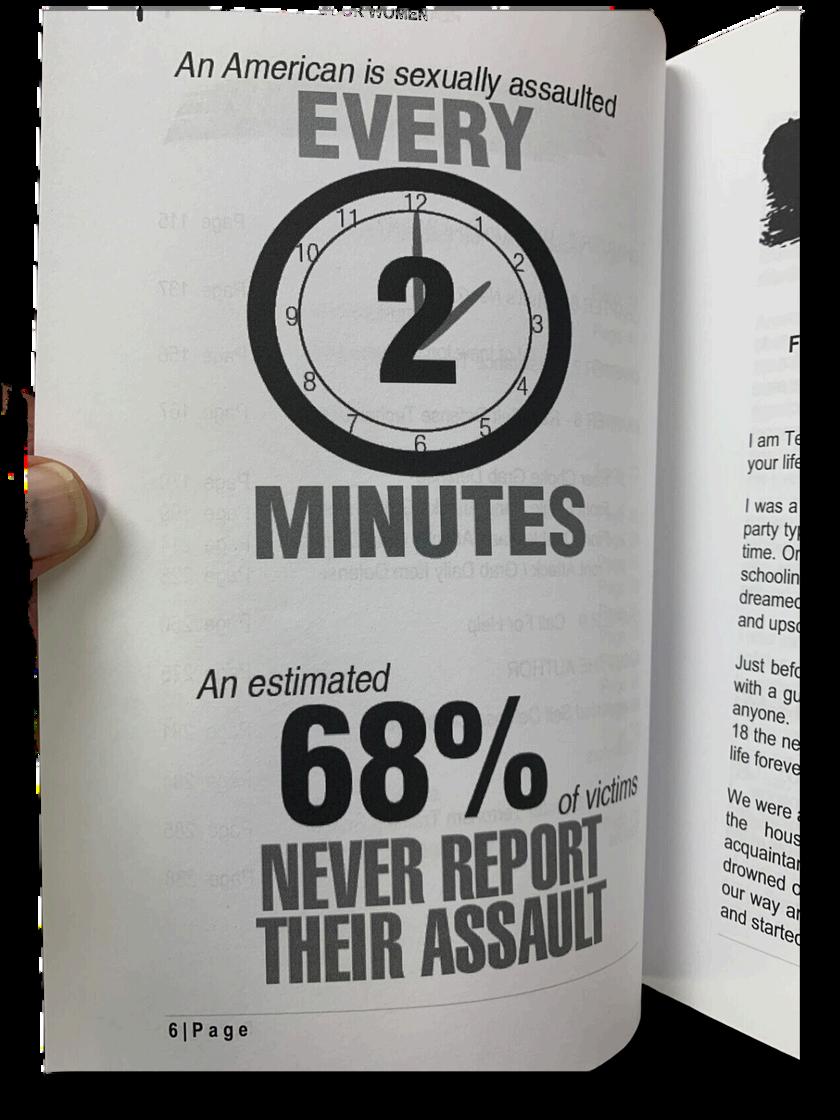
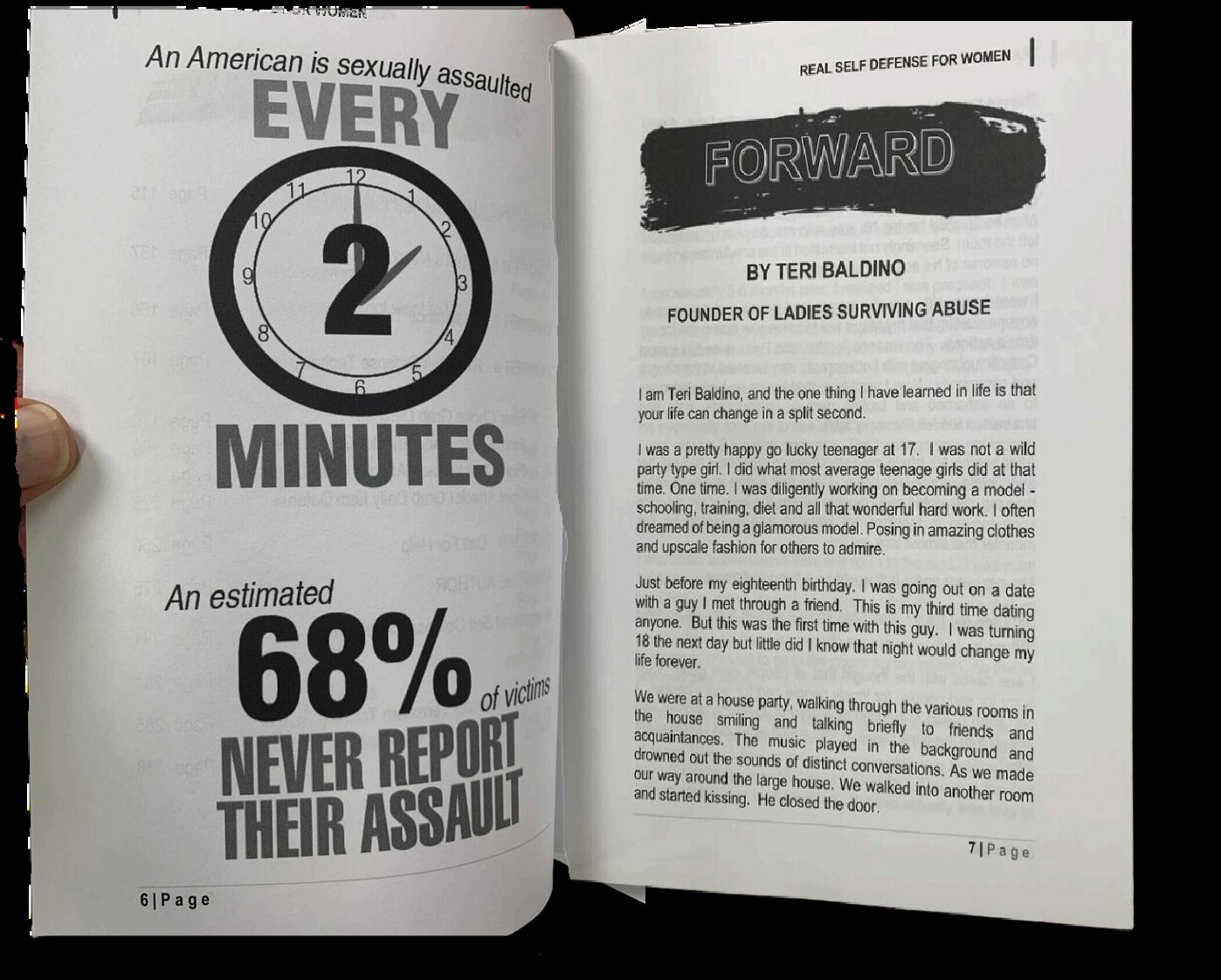

7 x 0.66 x 10 inch
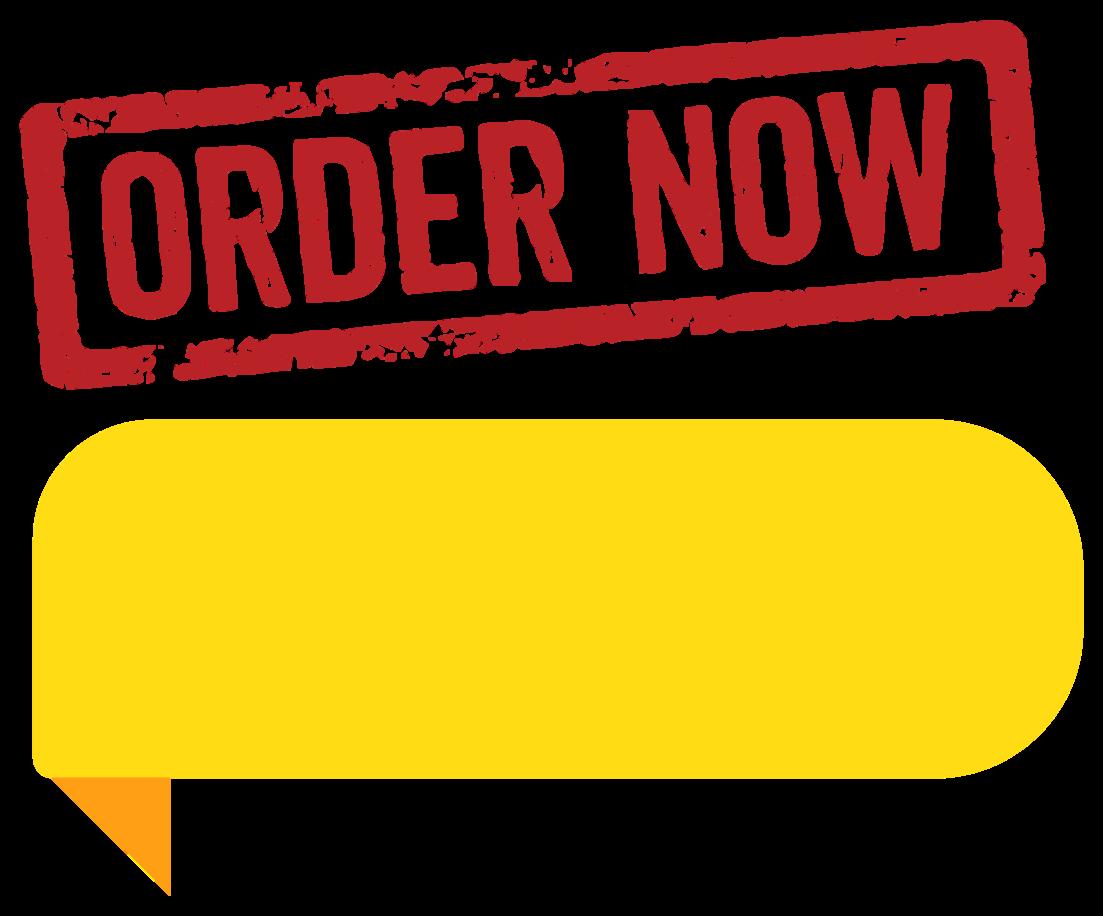
$11.95+ S







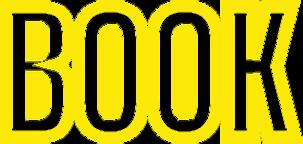
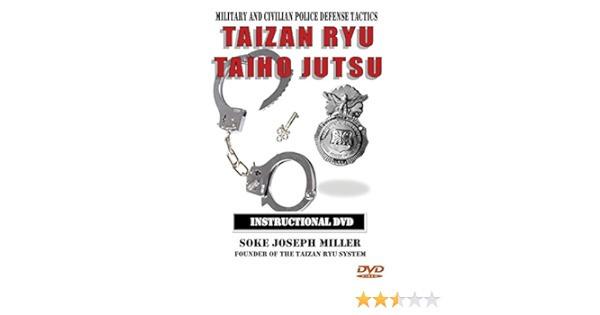
90 pages English Publication date February 7, 2011
6 x 0.21 x 9 inches
Taizan Ryu Taiho Jutsu founded by Soke Joe Miller, a 50 year veteran of martial arts, 9th degree black belt and the leading authority and founder of Taizan Ryu Taiho Jutsu system. This complete manual has all 18 techniques that have been patented by the U.S. Government to train both Civilian and military police in correct apprehension and arrest procedures and techniques that are both effective and useful in the field.


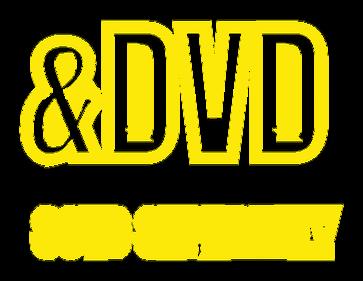
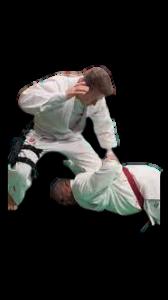


Yuji Heid
I got this books for a college class and found myself learning a lot more than I had expected

Puneet Sharma
This is an excellent book to truly understand Japanese culture

$19.95


Bushido which literally means "Way of the Warrior" is a code that has greatly influenced the culture and people of Japan Developed in Japan between the Heian and Tokugawa ages (9th12th century) Bushido was the code of the Samurai. In "Bushido: The Soul of Japan" Inazo Nitobe explores how the influence of the ancient code of Bushido has had such a lasting effect on the culture and traditions of Japan.
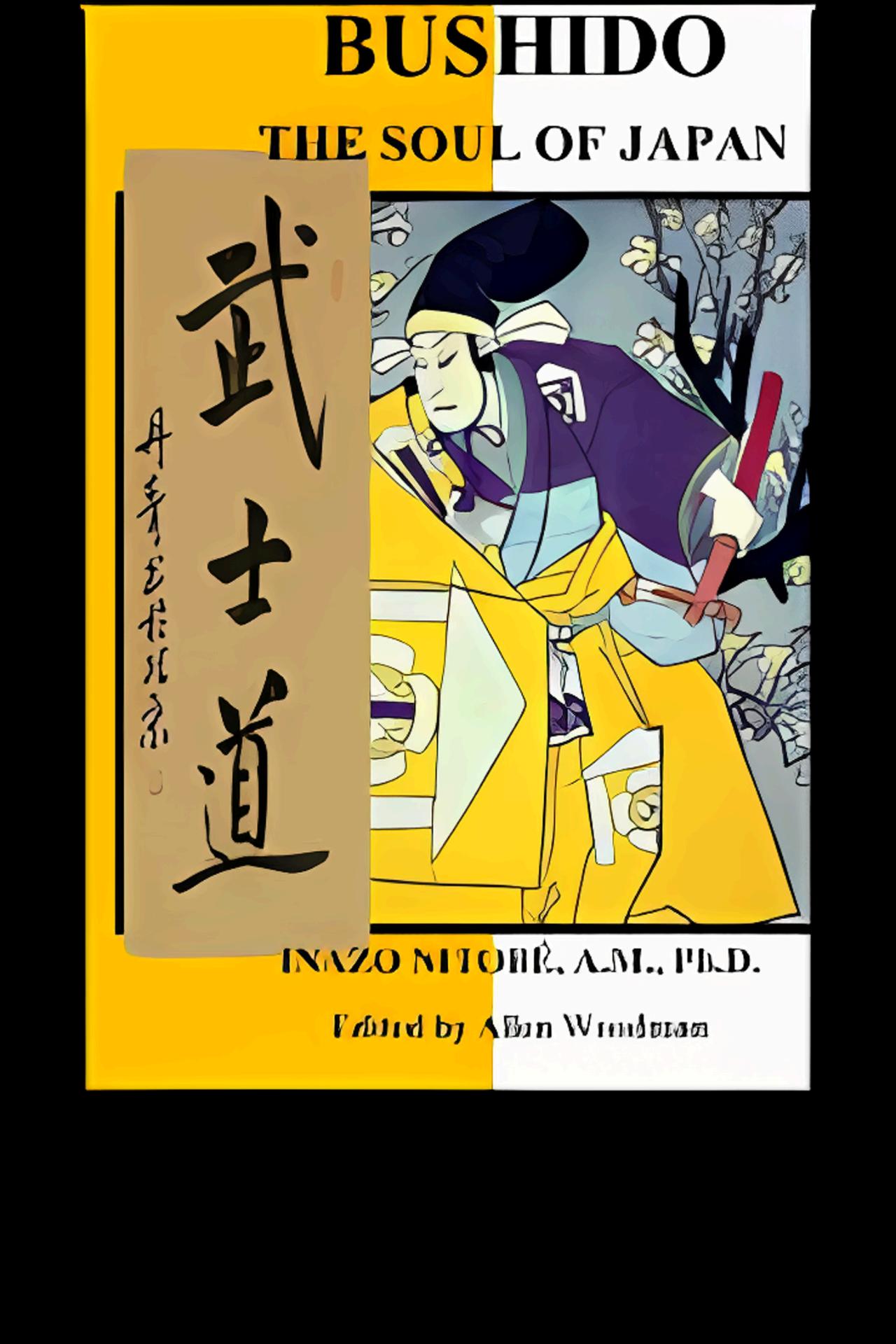
Allen Woodman is a learned person with such a vast knowledge of the true history of the arts it would be foolish of any one not to listen to his stories
"Michael Matsuda, Curator, Martial Arts History Museum

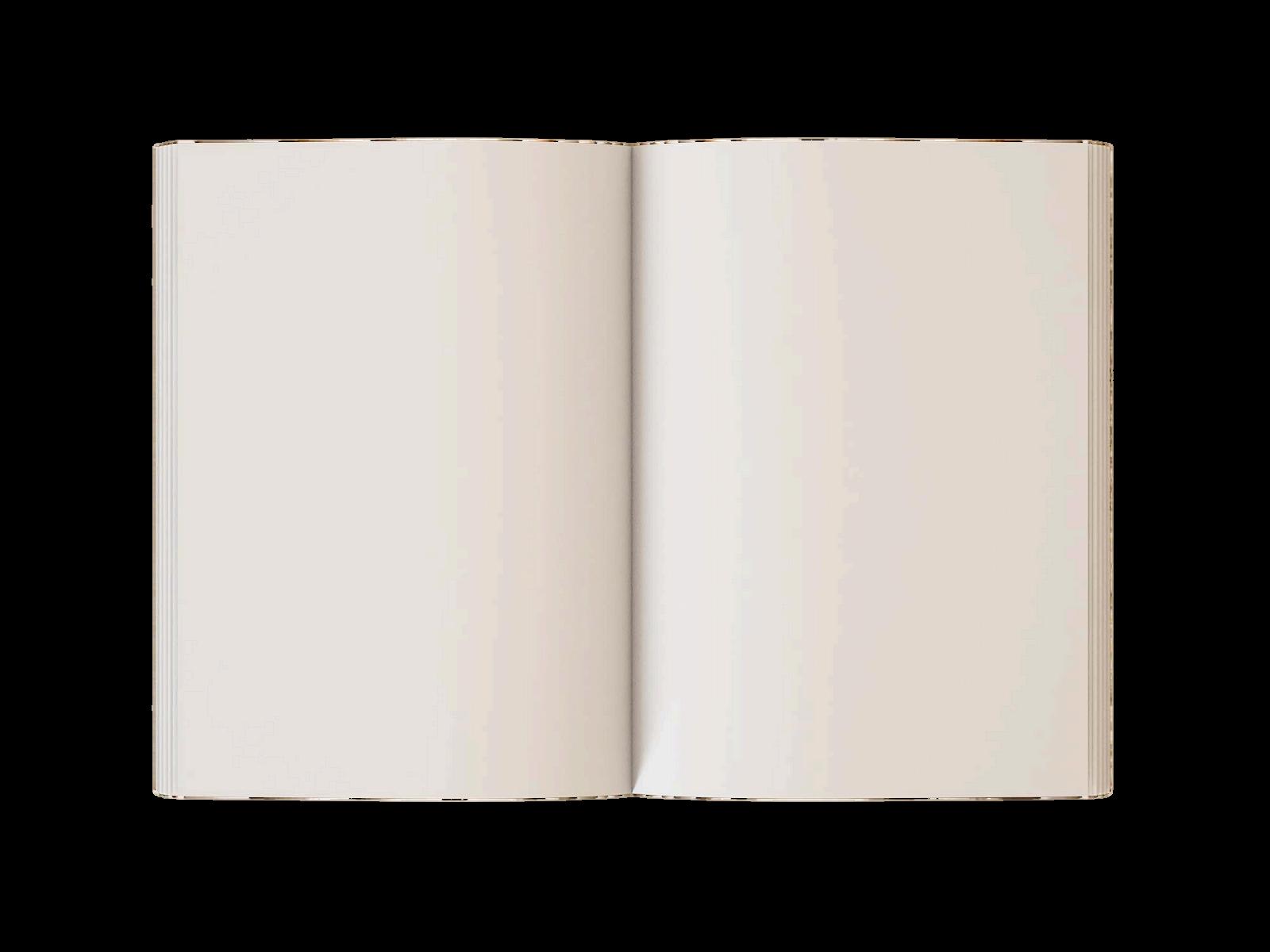
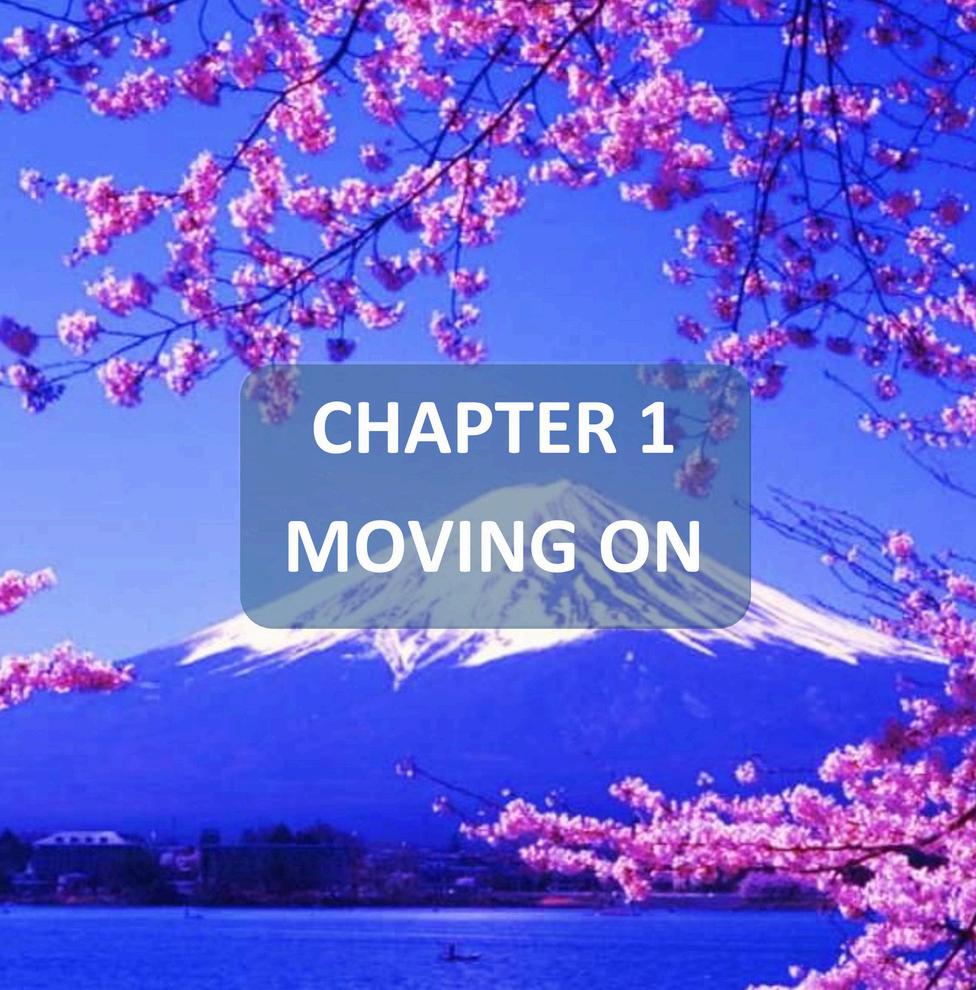
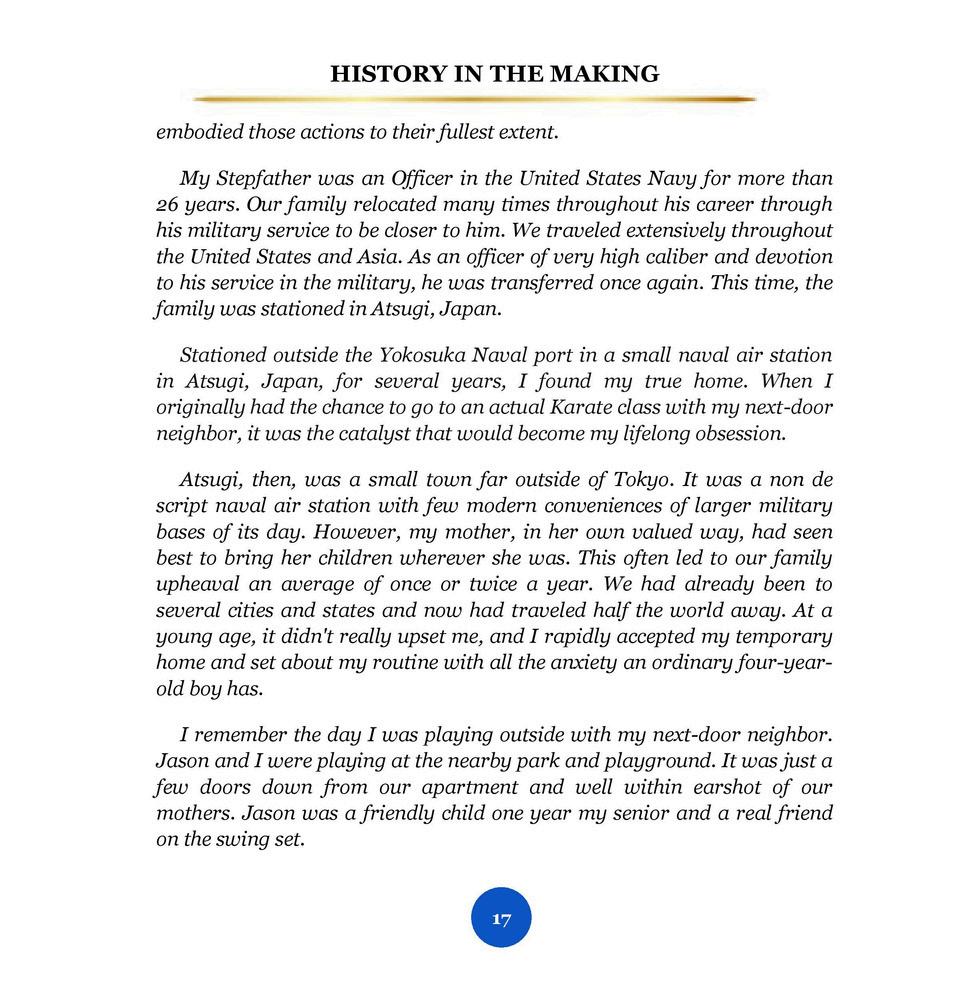

Allen Woodman has spent his entire life dedicated to martial arts, performing daring stunts, and embarking on thrilling adventures.

$24.95
From a young age, Allen showed exceptional talent in martial arts. He trained tirelessly, honing his skills and becoming a champion in various disciplines. His passion for adventure led him to travel to different countries, immersing himself in different cultures and learning from the best martial artists around the world. But Allen's story isn't just about martial arts.
With a keen business mind. He successfully established several businesses in different countries, making a name for himself as an entrepreneur. His ability to adapt to new environments and connect with people from different backgrounds played a crucial role in his success
Throughout his journey, Allen encountered numerous challenges and obstacles But he faced them with determination and a positive outlook. His wit and perspective on life makes him a captivating storyteller, sharing his incredible journey with the world. In his book, Allen recounts his 50 years of life experiences. His unique perspective on life, adventure, and business made his story a captivating read for anyone seeking inspiration and excitement.
His story serves as a reminder that with dedication, resilience, and a positive mindset, anyone can overcome challenges and create a life filled with adventure, success, and fulfillment If you're looking for a captivating story that combines martial arts, adventure, and business, Allen Woodman's book is a must-read Prepare to be inspired, entertained, and motivated.
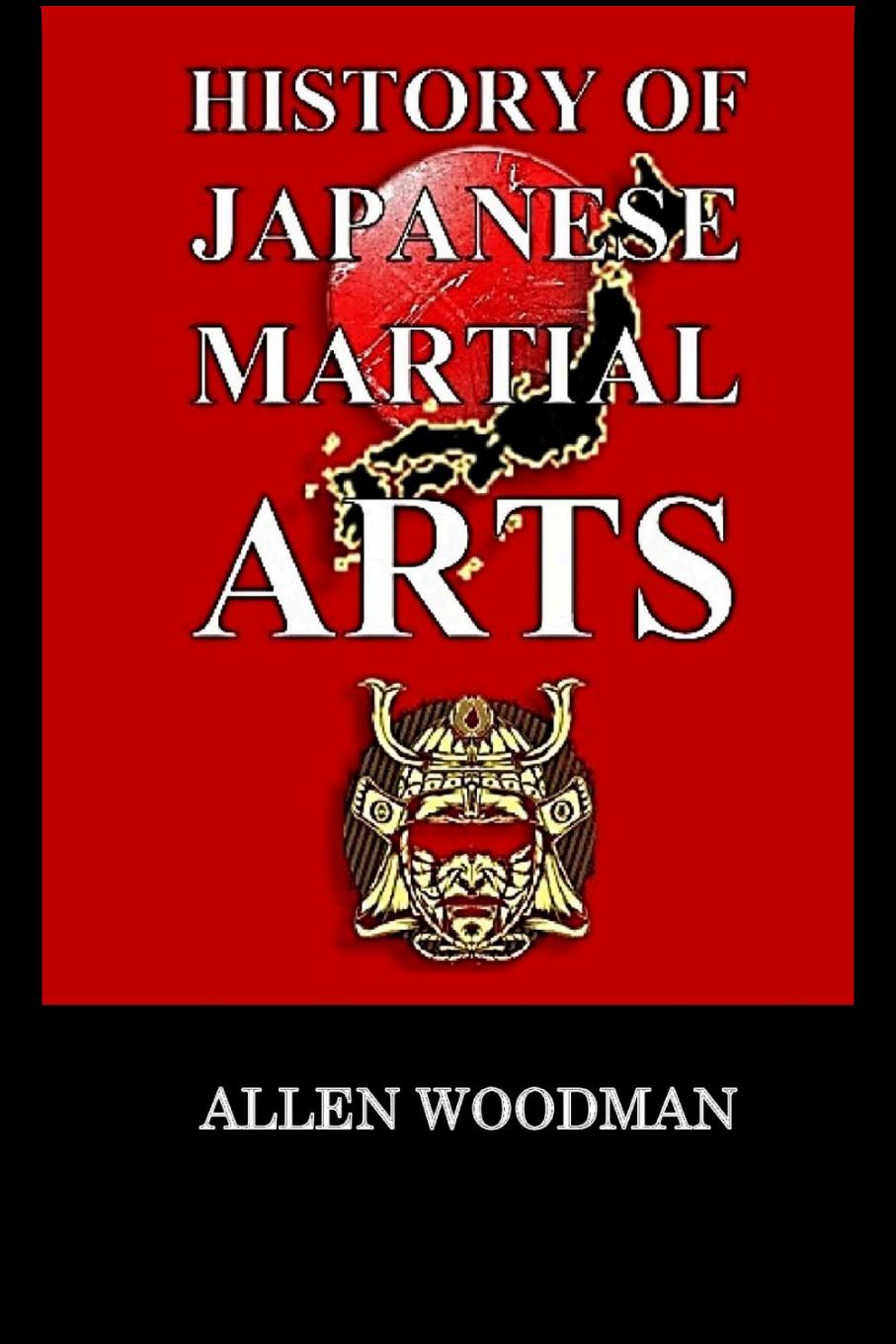

As a Martial Arts Instructor for over 25 yrs. I found this to be a very good book I enjoyed reading it I know a fair amount of history but this book filled in a lot history I didn't know but always wanted to I highly recommend it for martial artists at any level who want to learn about the roots of various Japanese styles and personalities i e karate, Jujitsu, Judo, etc
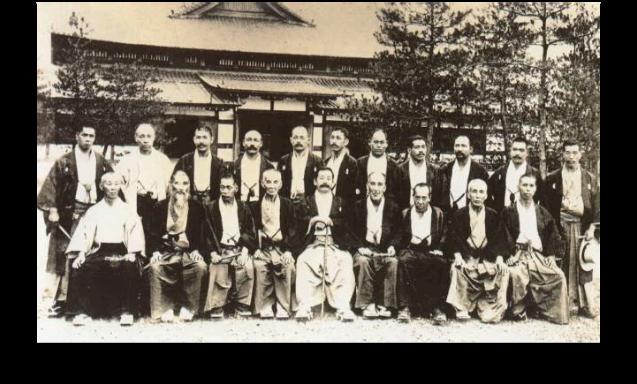
$9.95
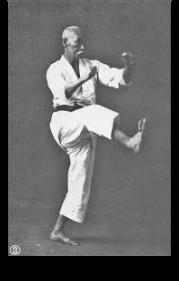
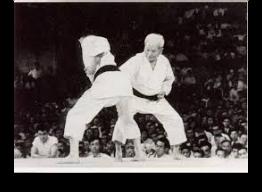
Turn of the century 1900`s Japan Many people progressing toward a more united front. In the mids of Martial arts. Aikido, Judo, Jujitsu and Karate in it are thriving in society today due to the rigid adherence of Japanese culture and tradition Shihan Allen Woodman has spent nearly 40 years training in multiple forms of martial arts with 20 years training in Japan. A certified 6th degree black belt, he has devoted his life to learning the many facets that comprise traditional Japanese martial arts of Aikido, Karate, Judo, Karate and Jujitsu. Reading this book will give you a better understanding of the beginnings of all traditional Japanese martial arts from a unique perspective. Learn the foundation of the traditional arts, who started them and why."
Allen Woodman is a learned person with such a vast knowledge of the true history of the arts it would be foolish of any one not to listen to his stories
"Michael Matsuda, Curator, Martial Arts History Museum
